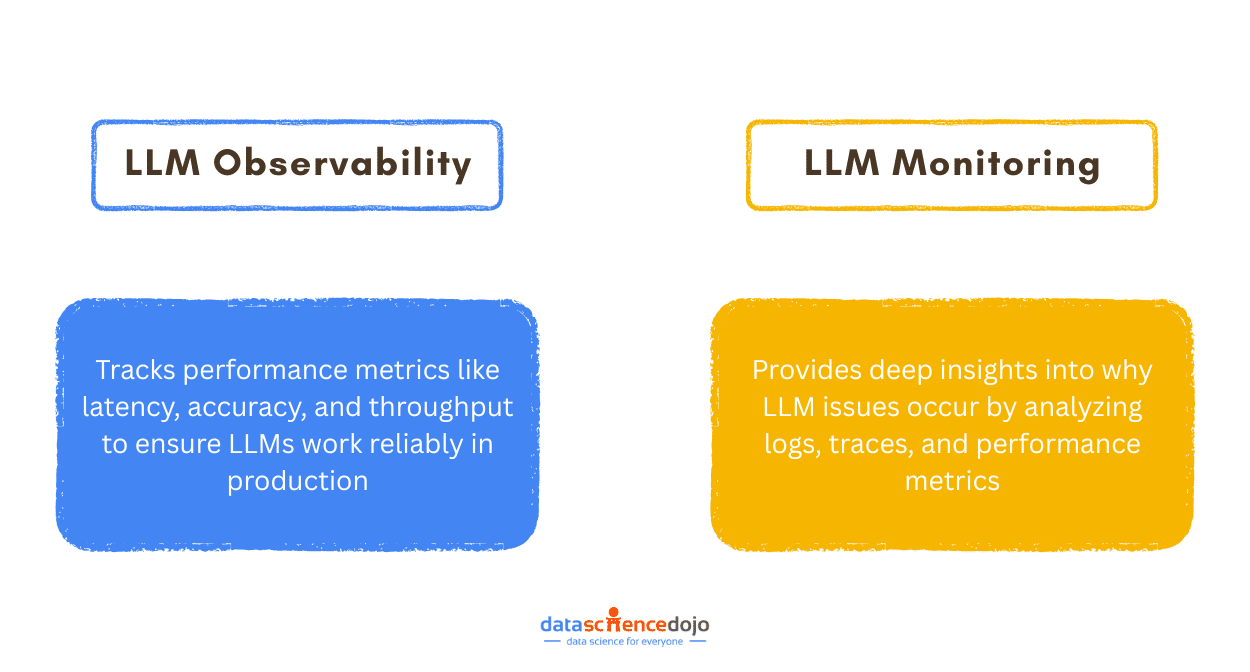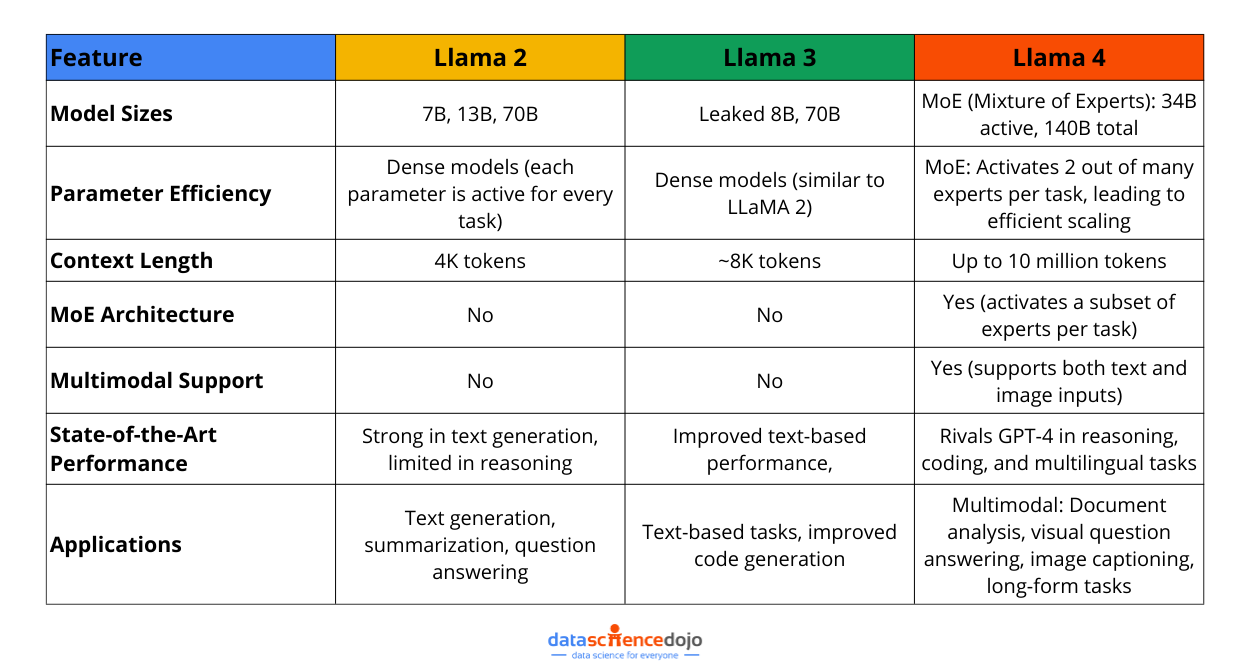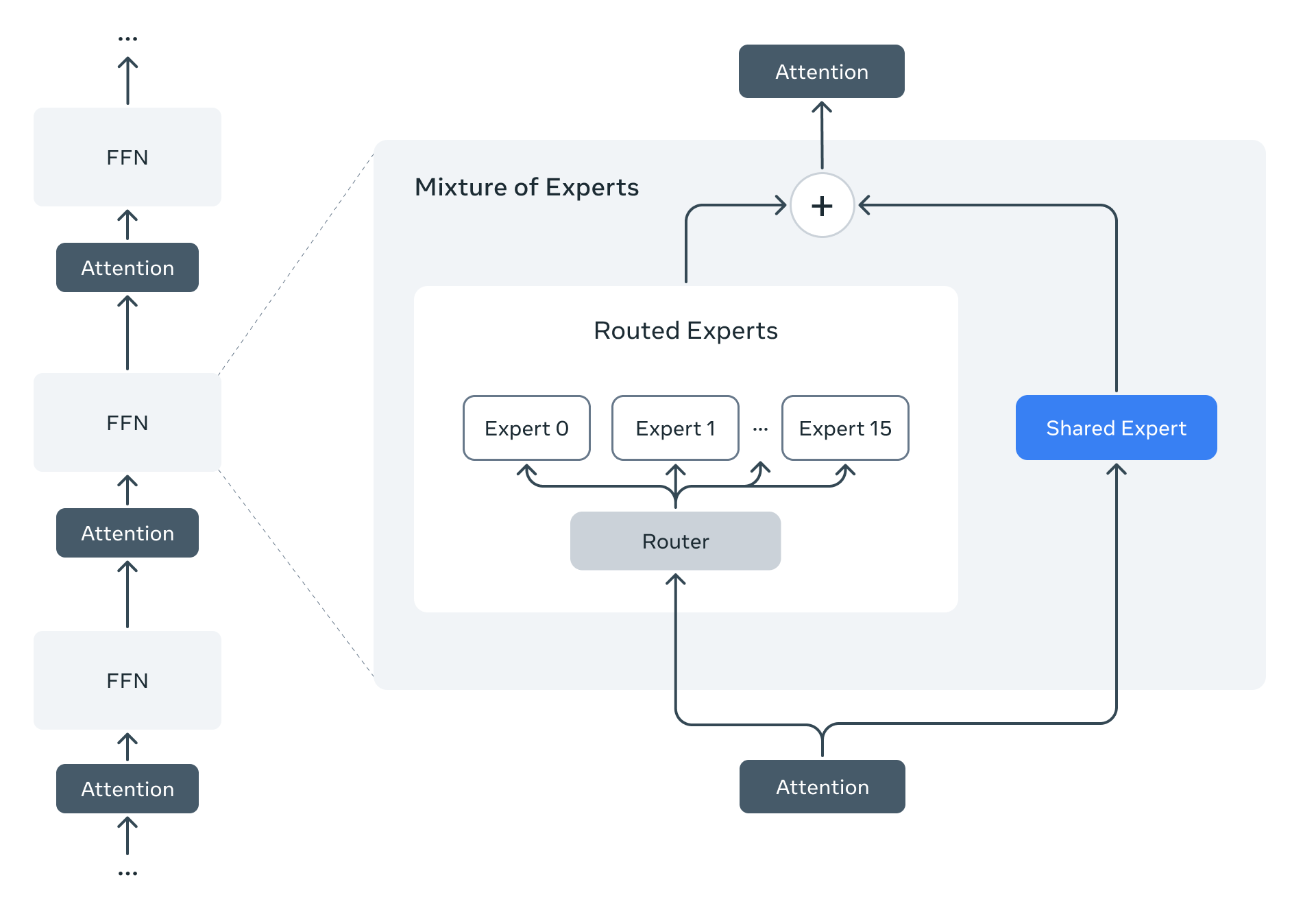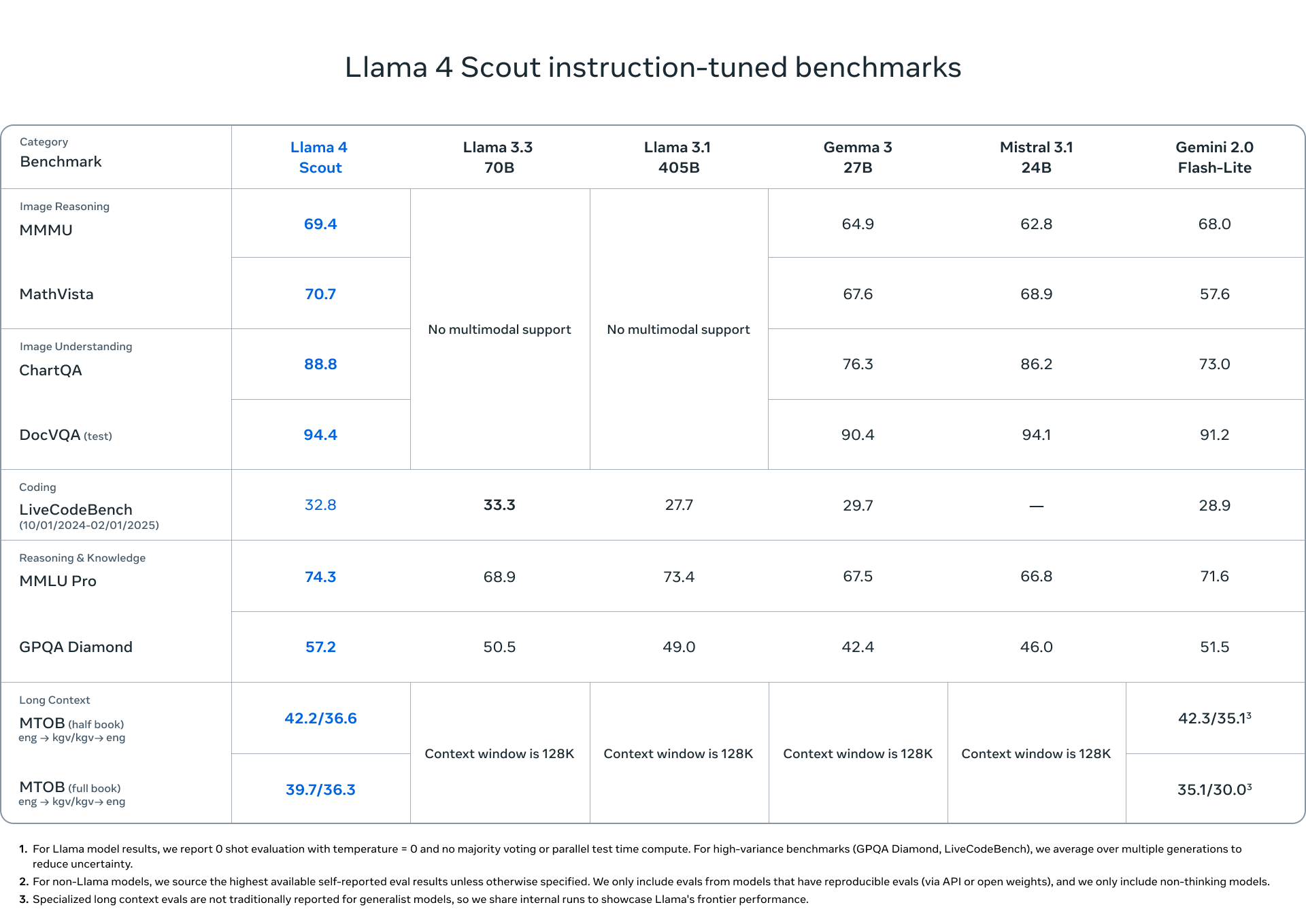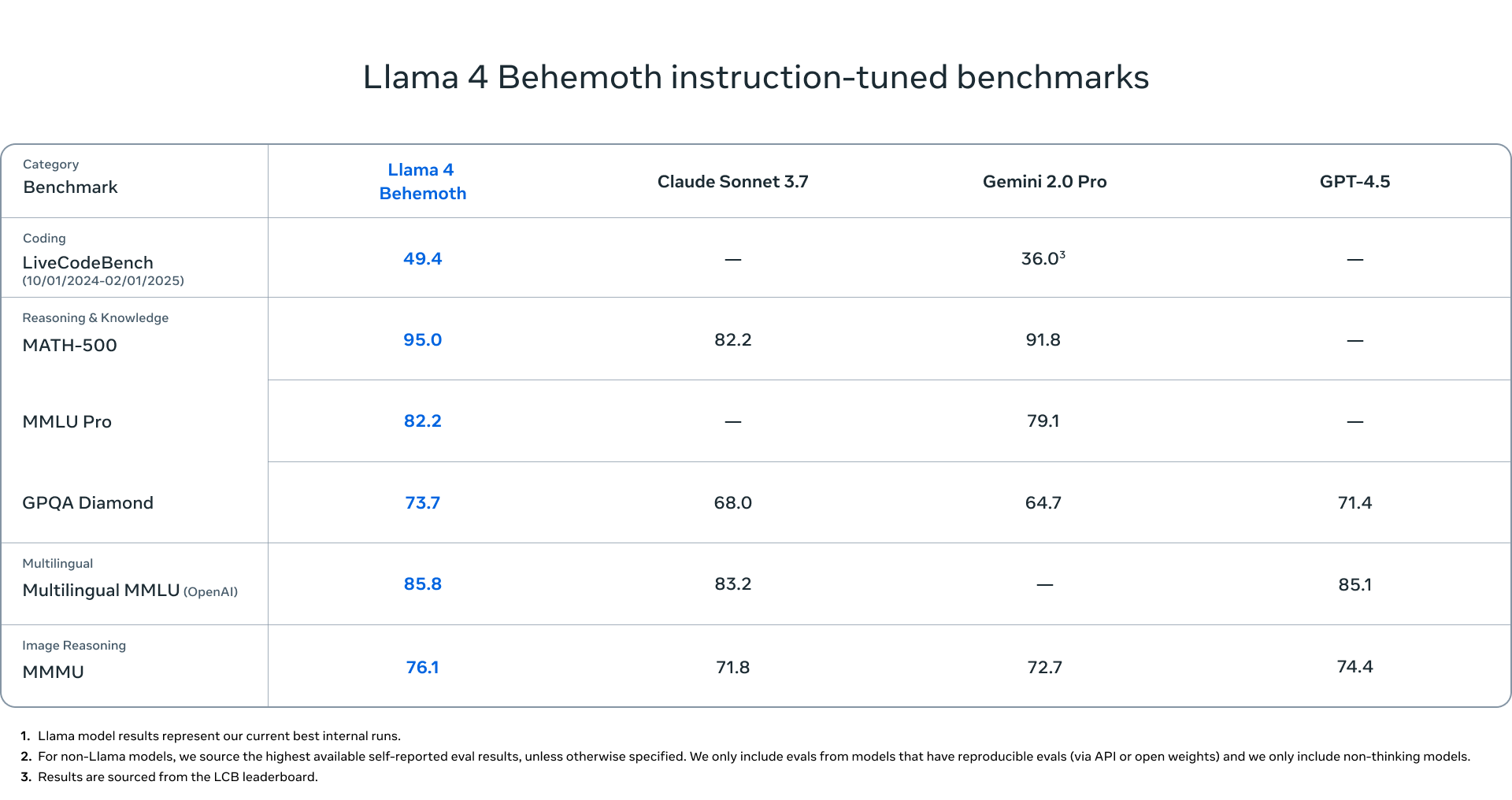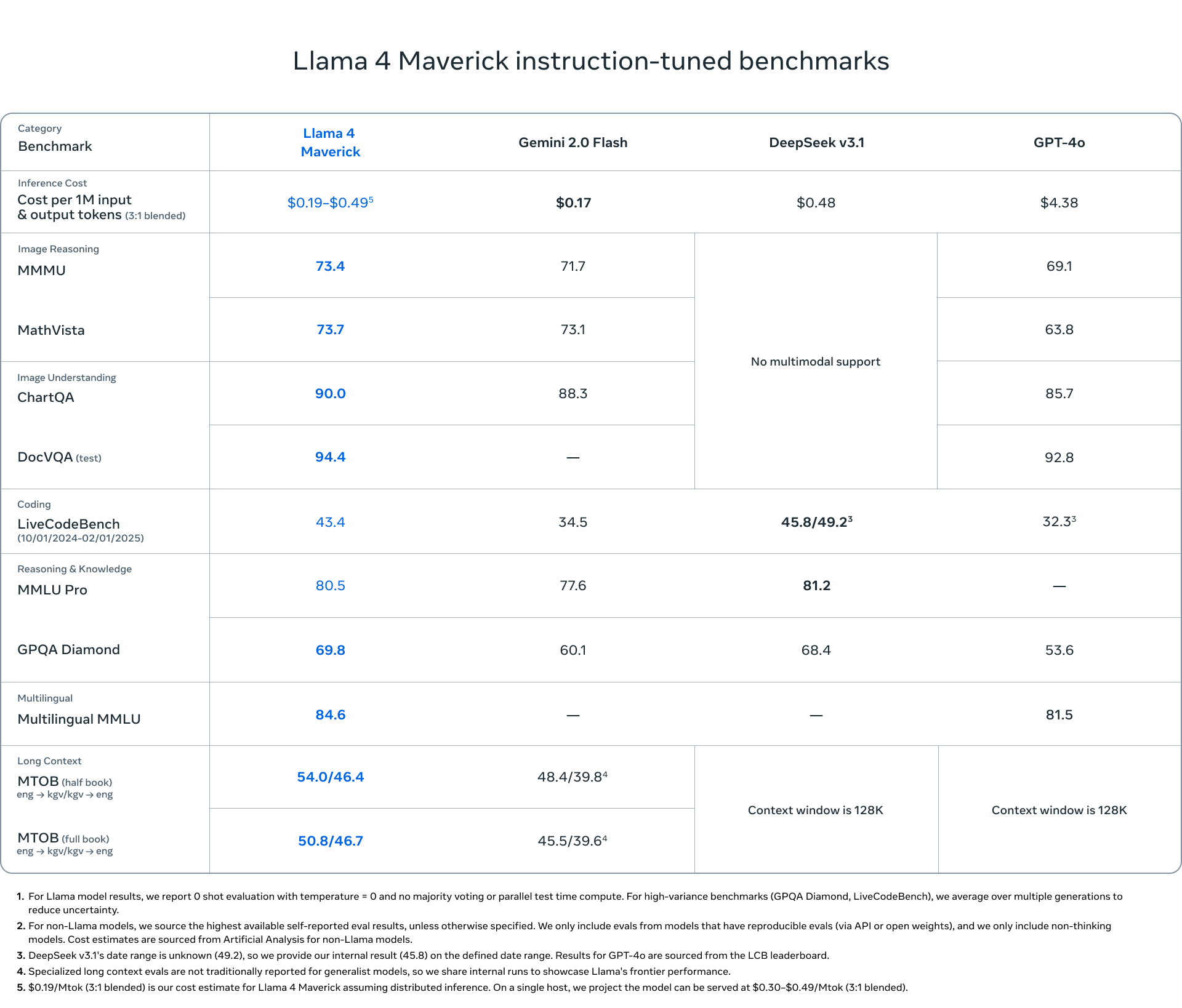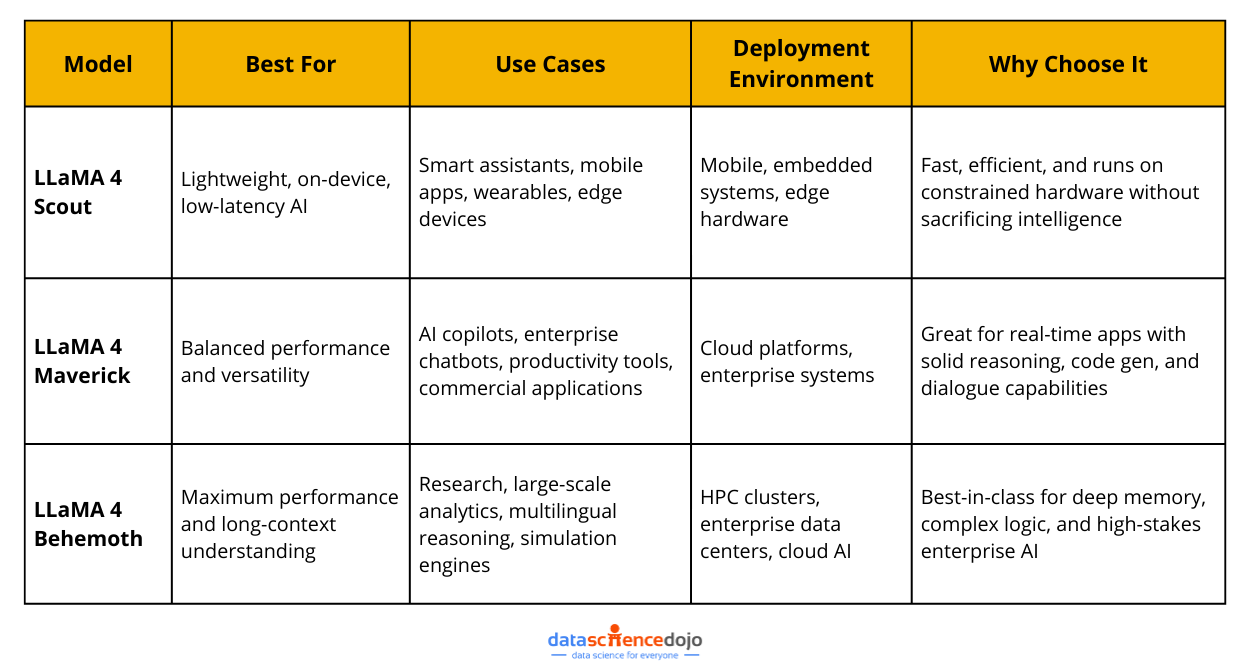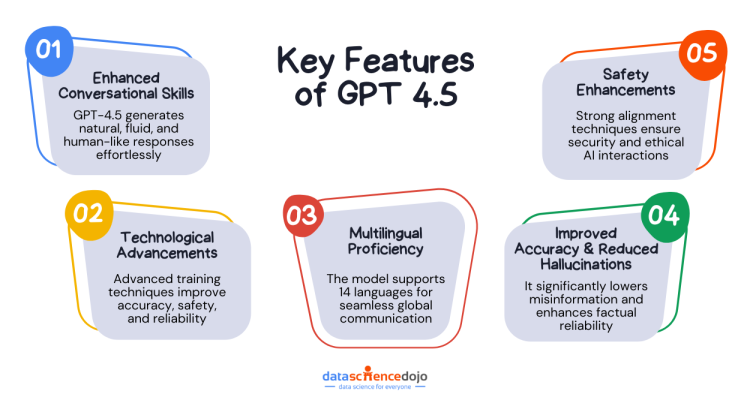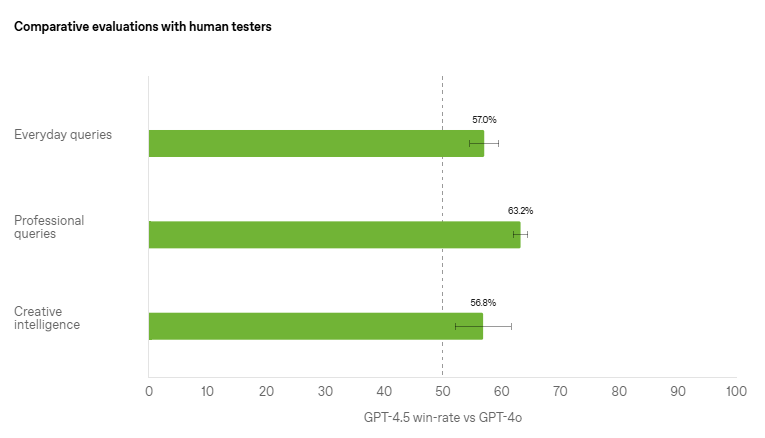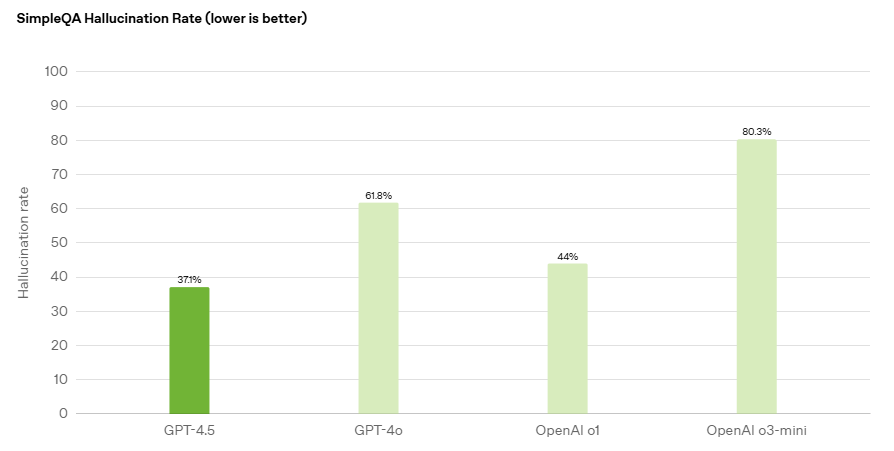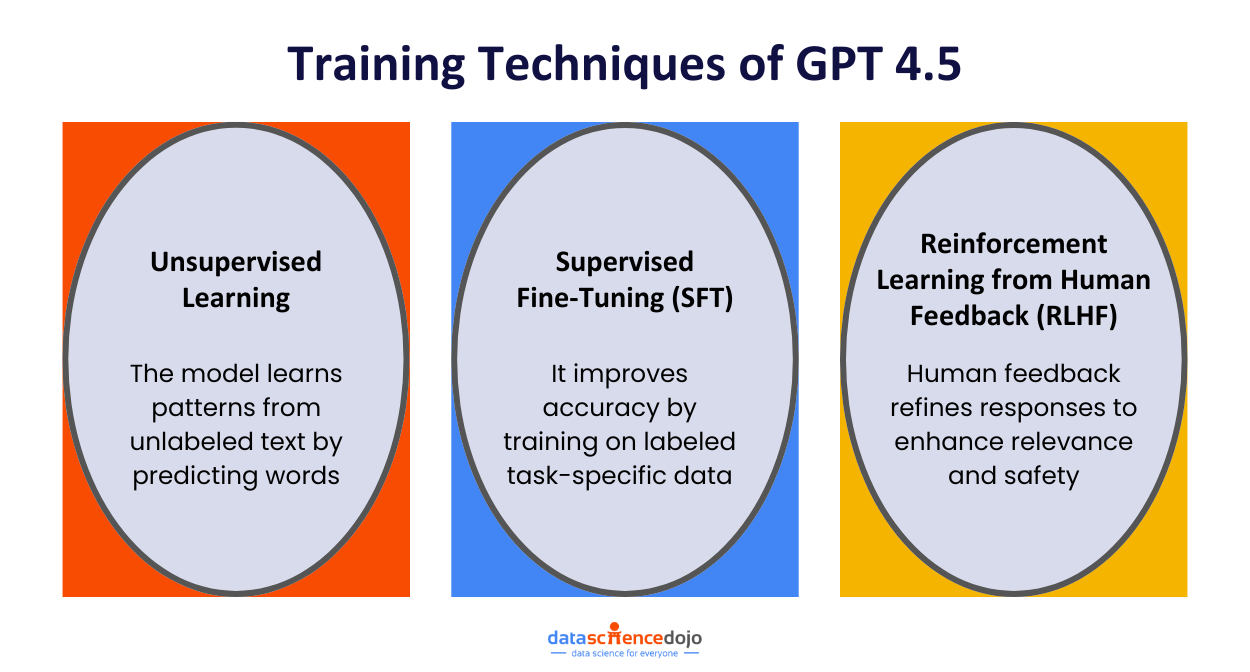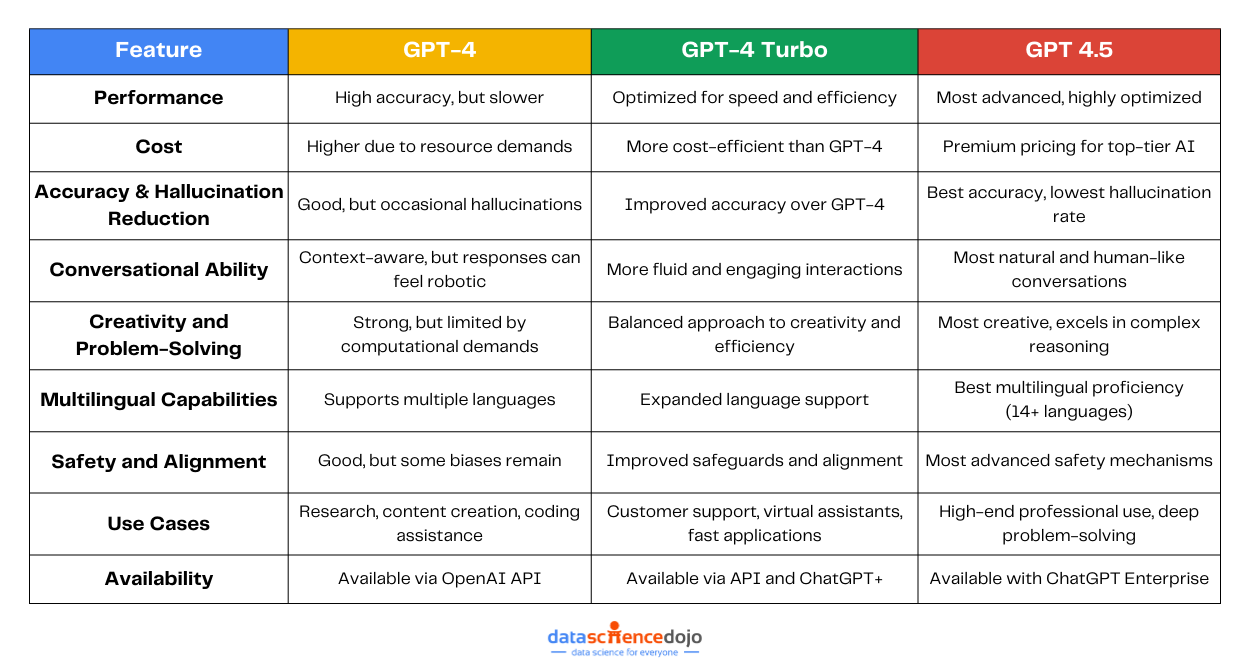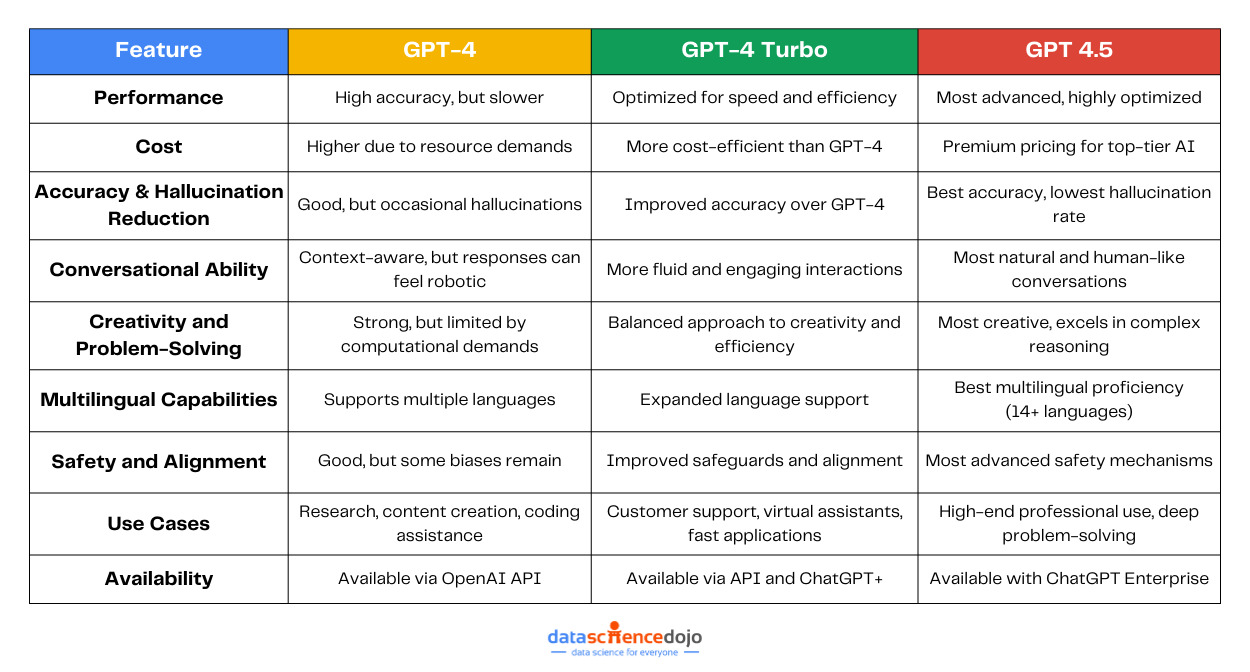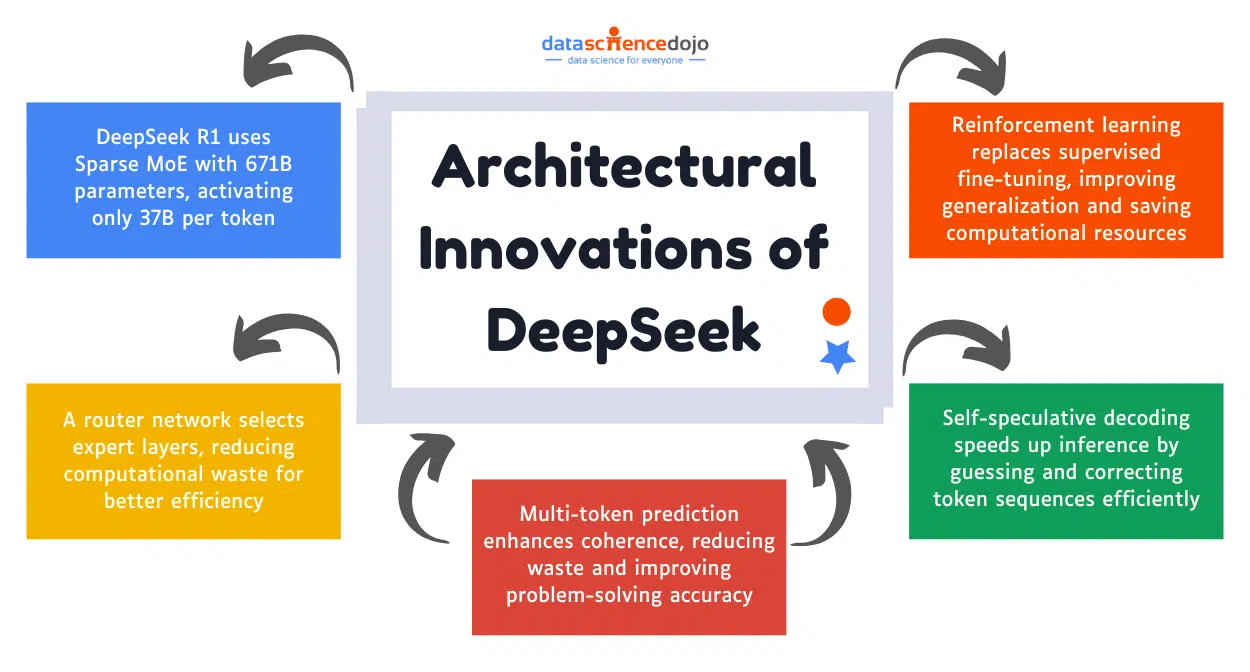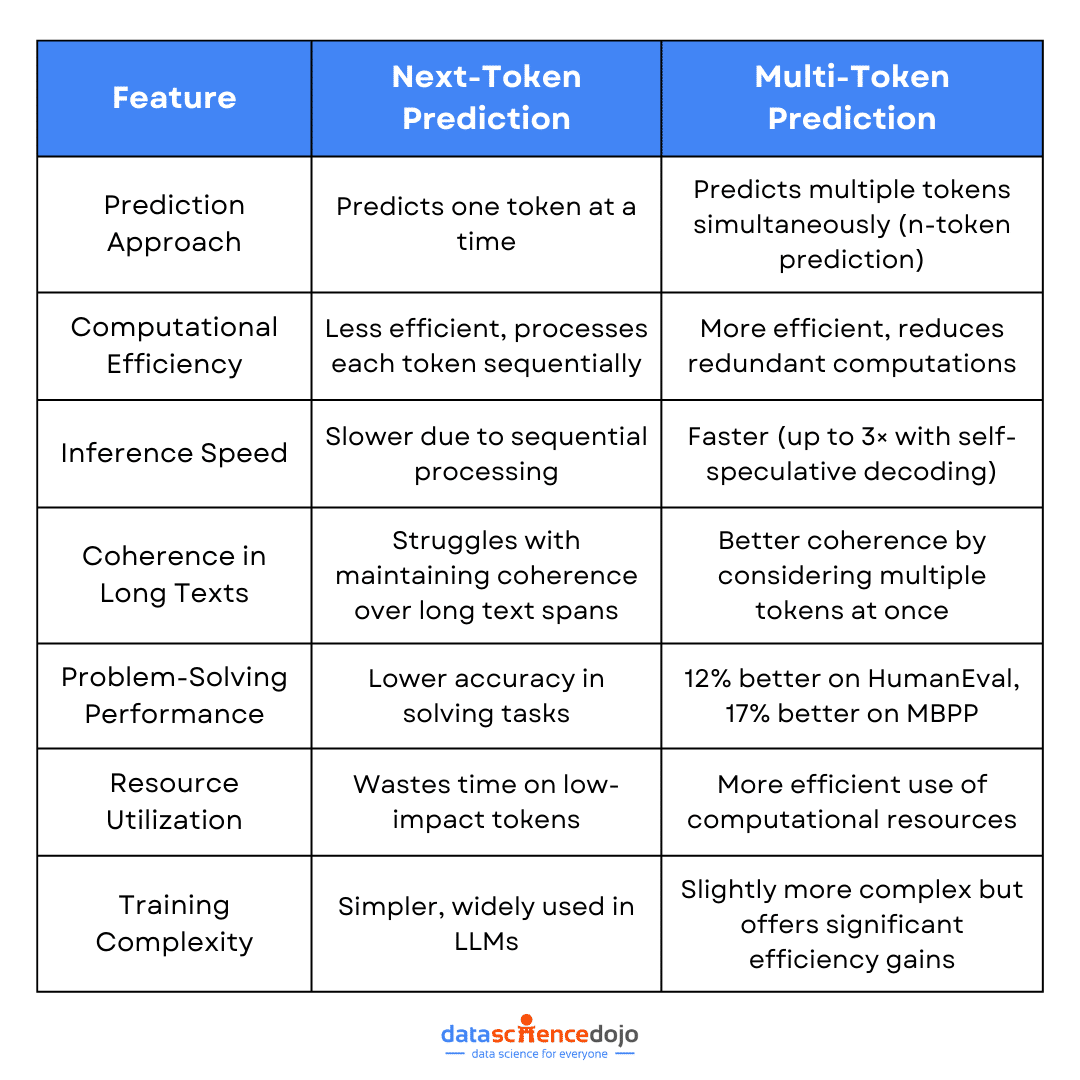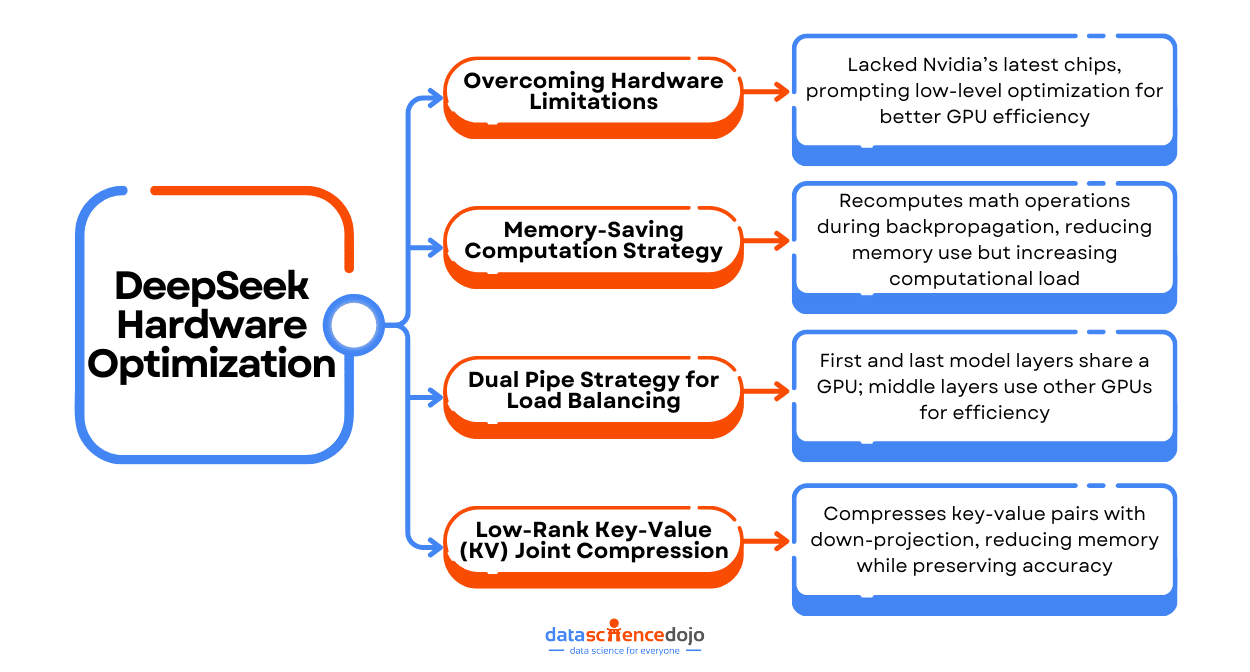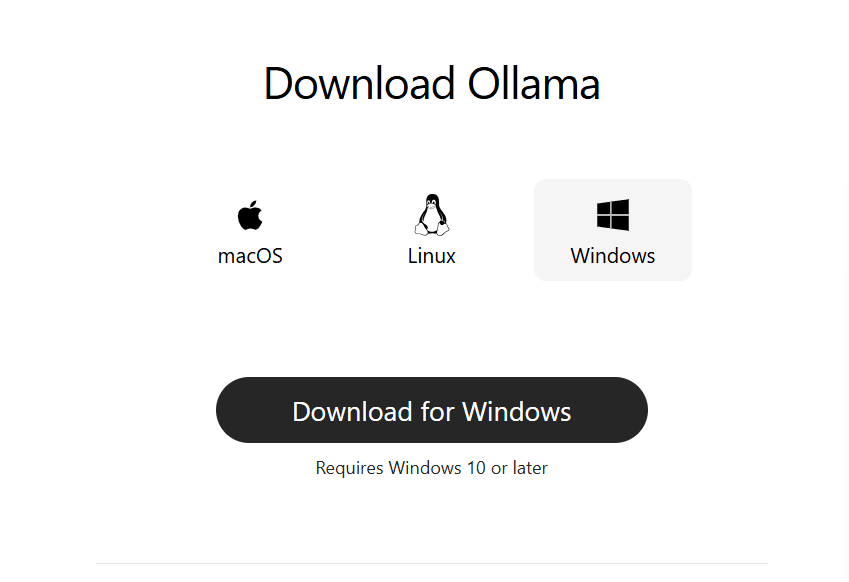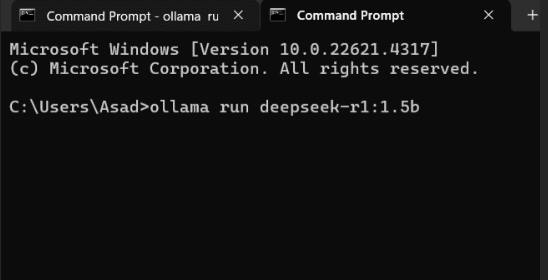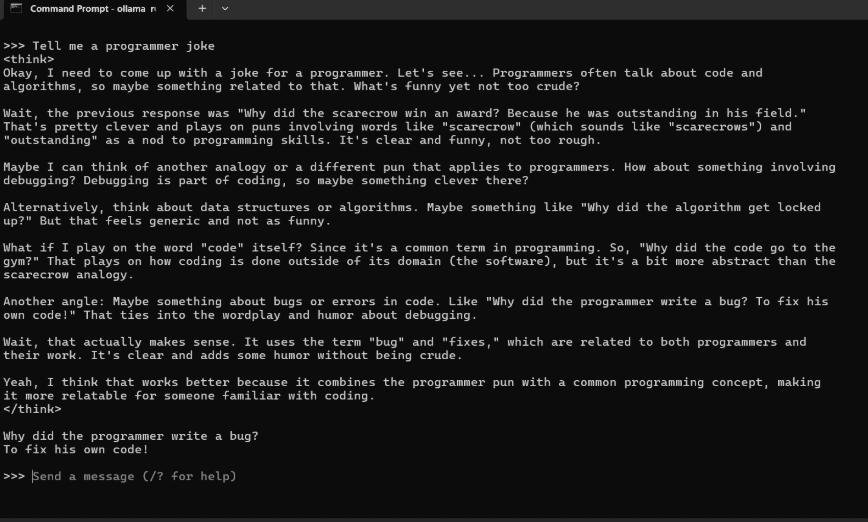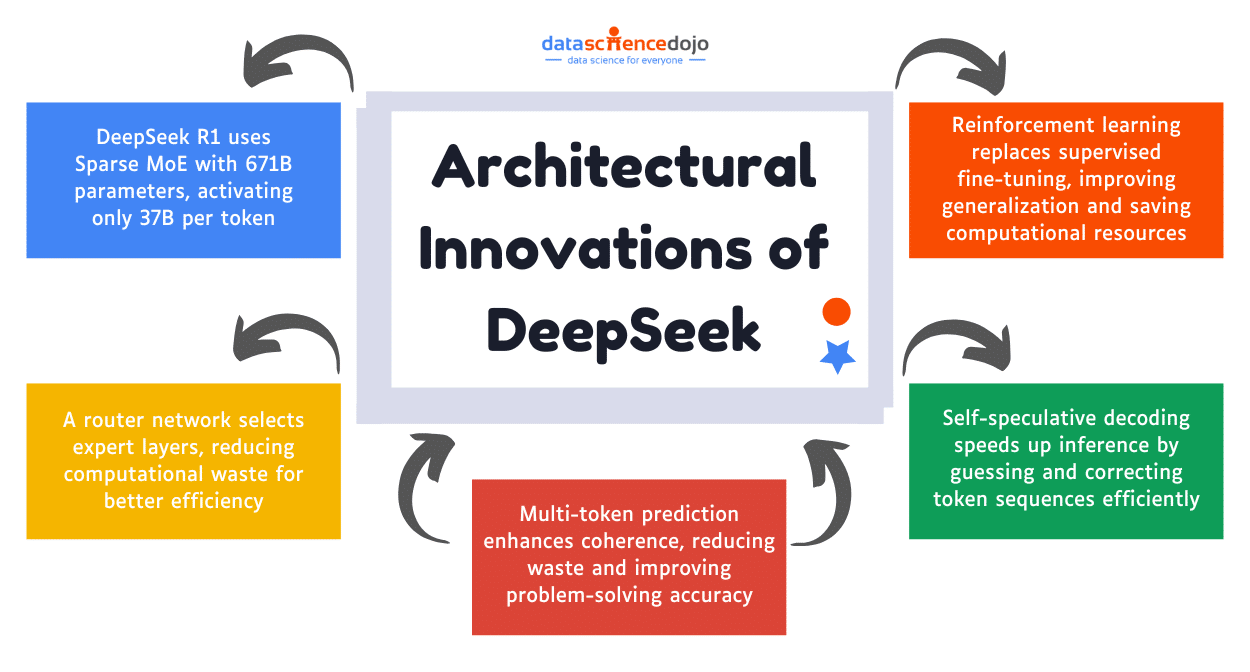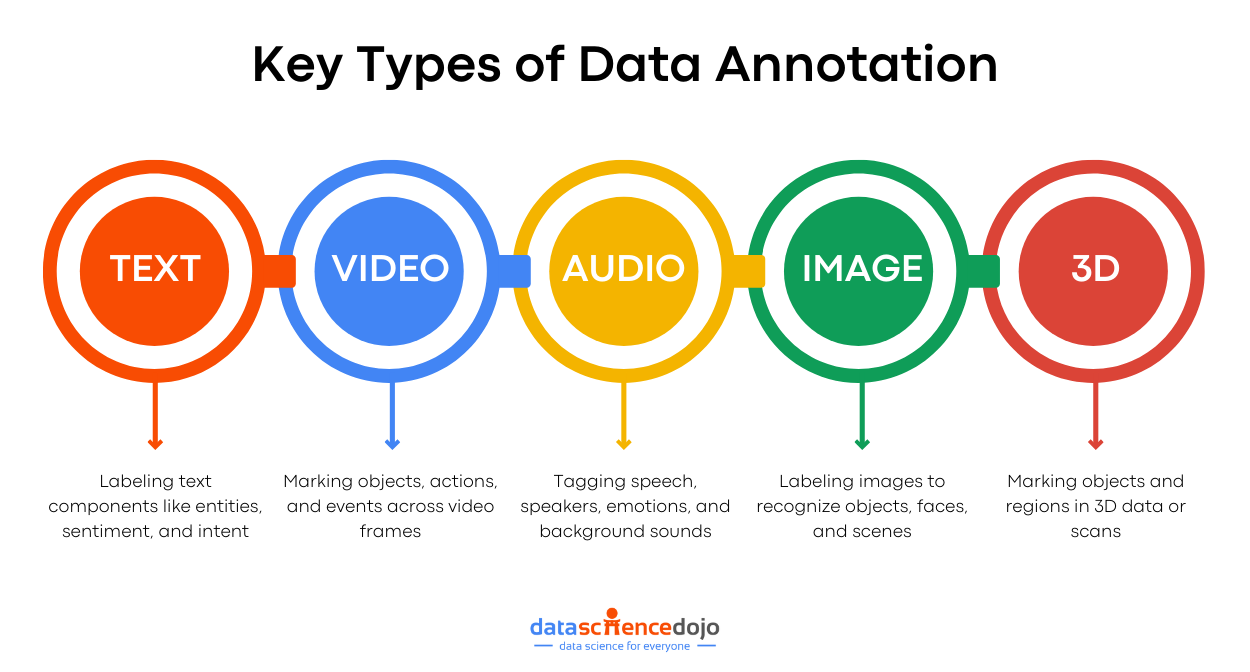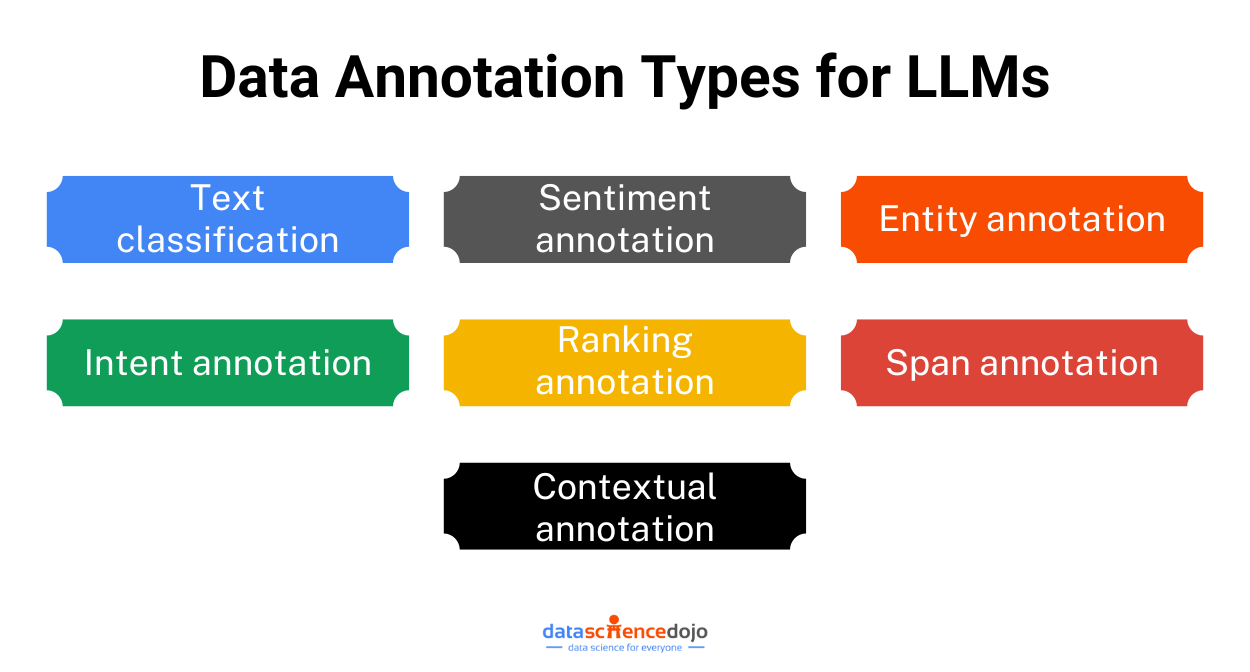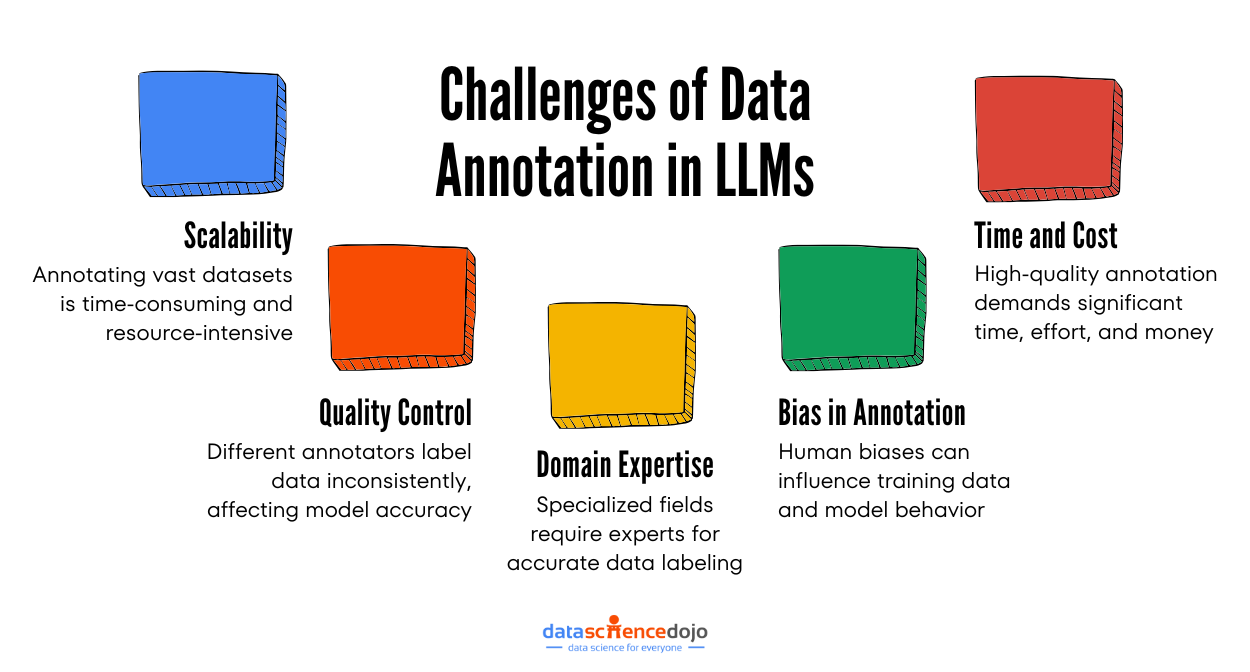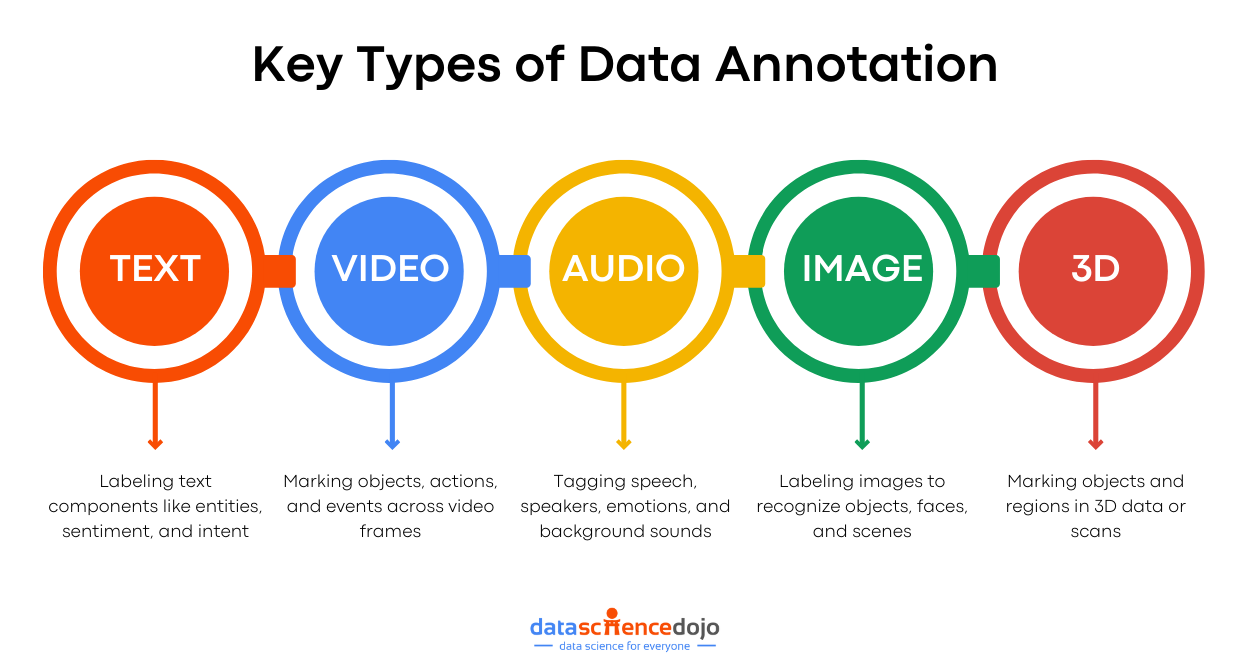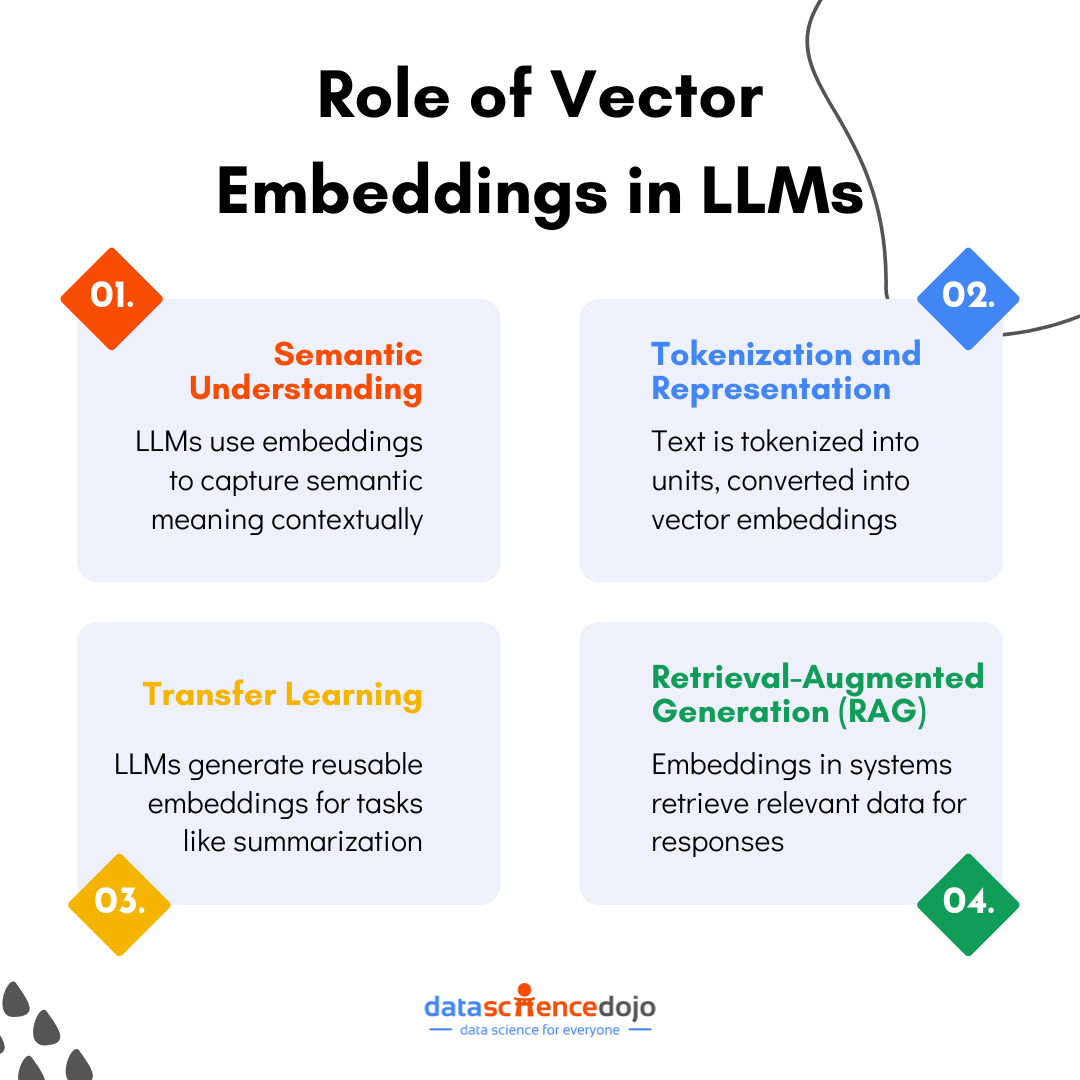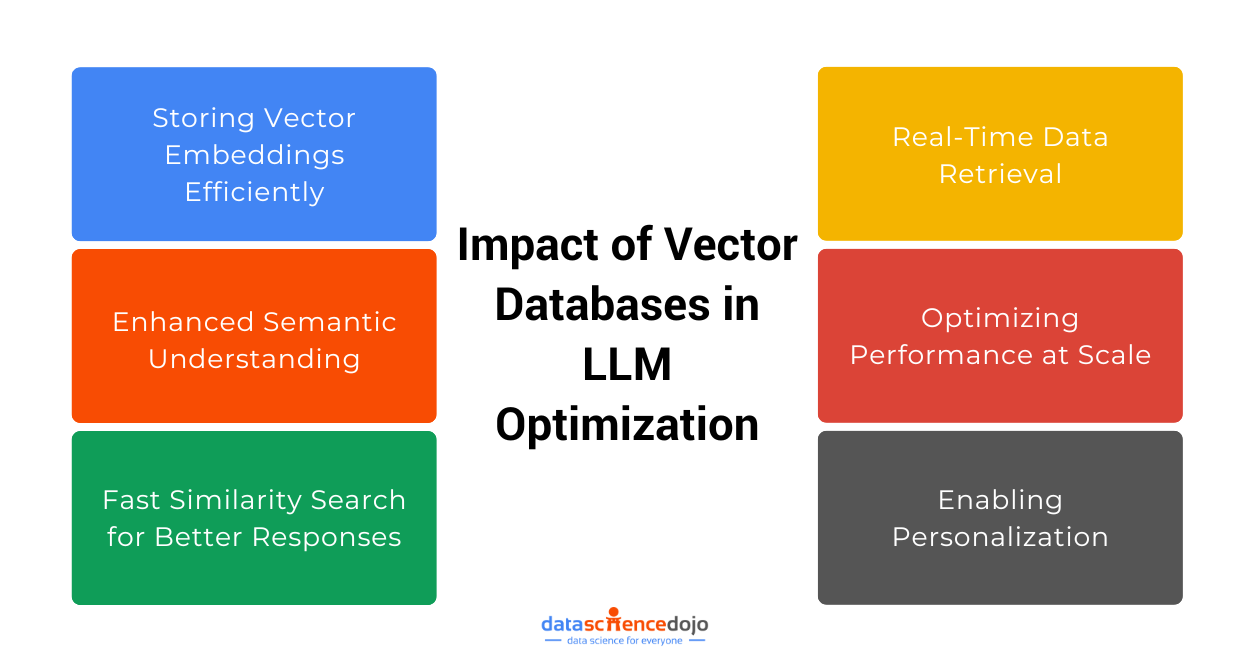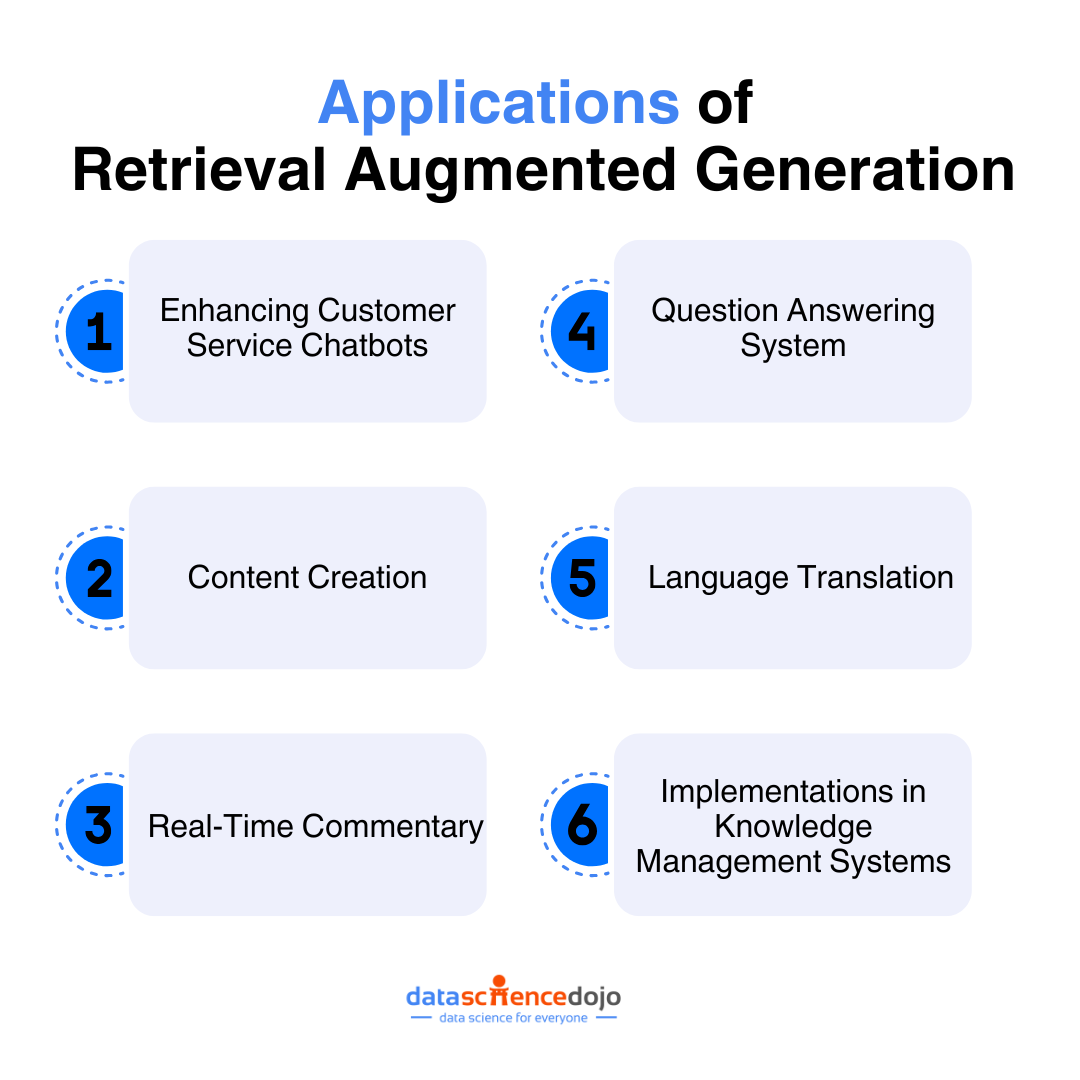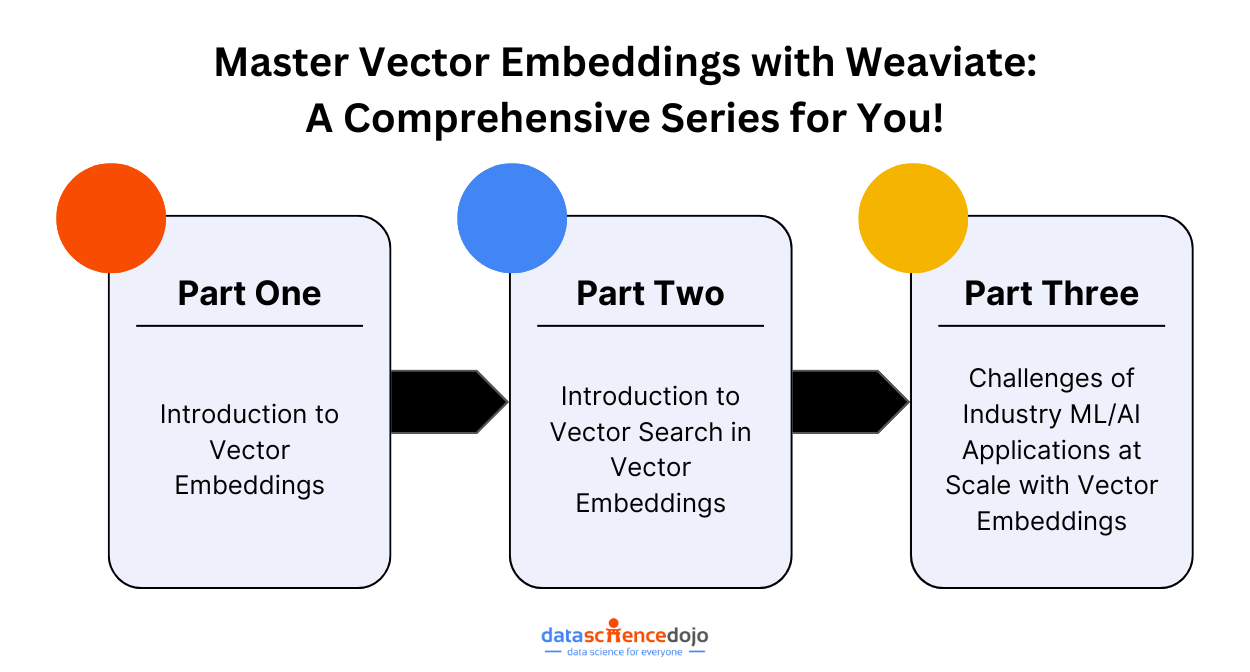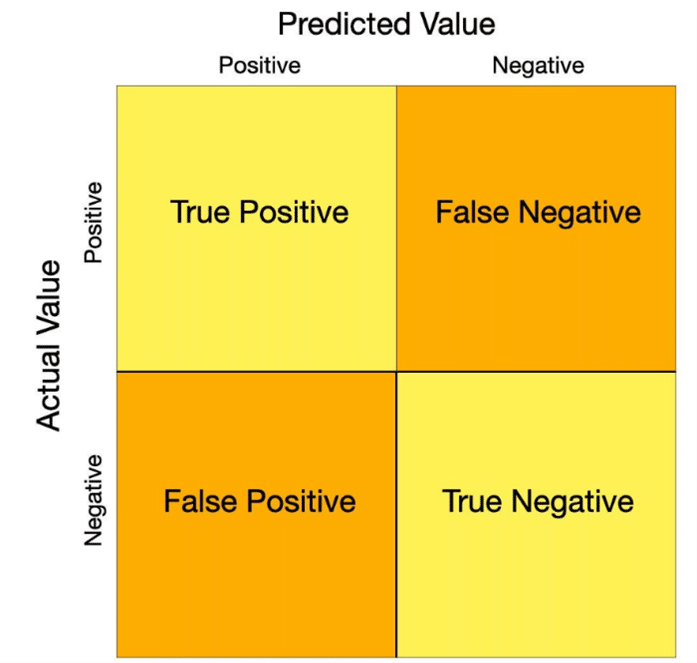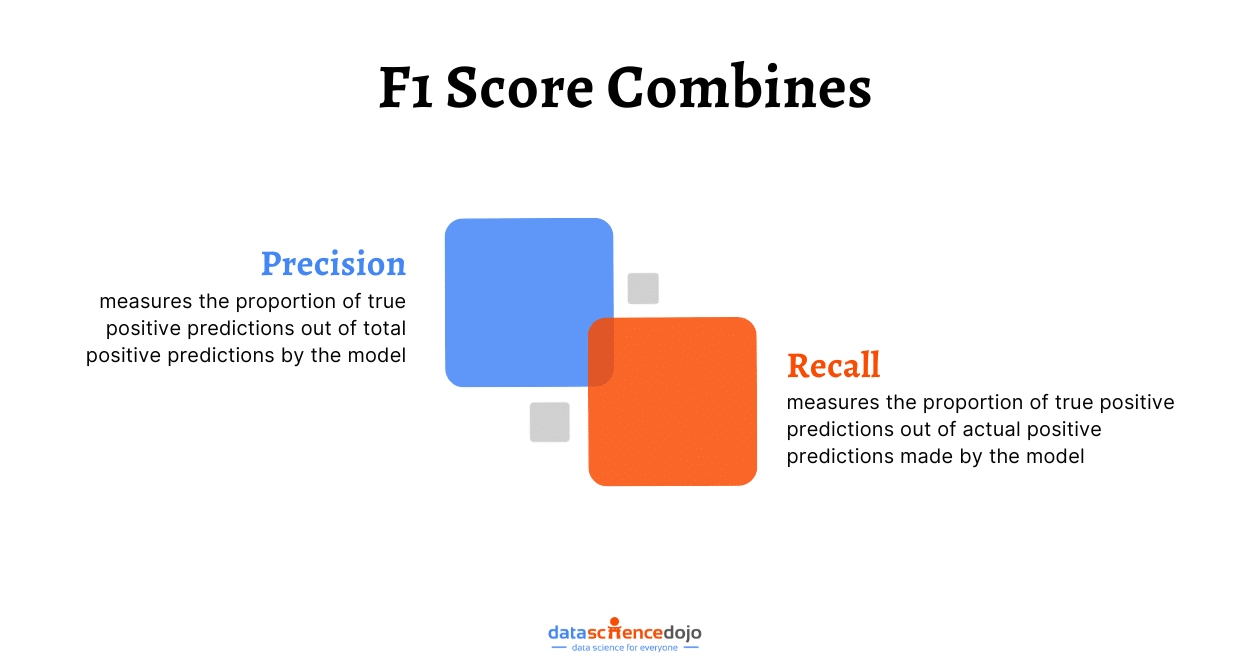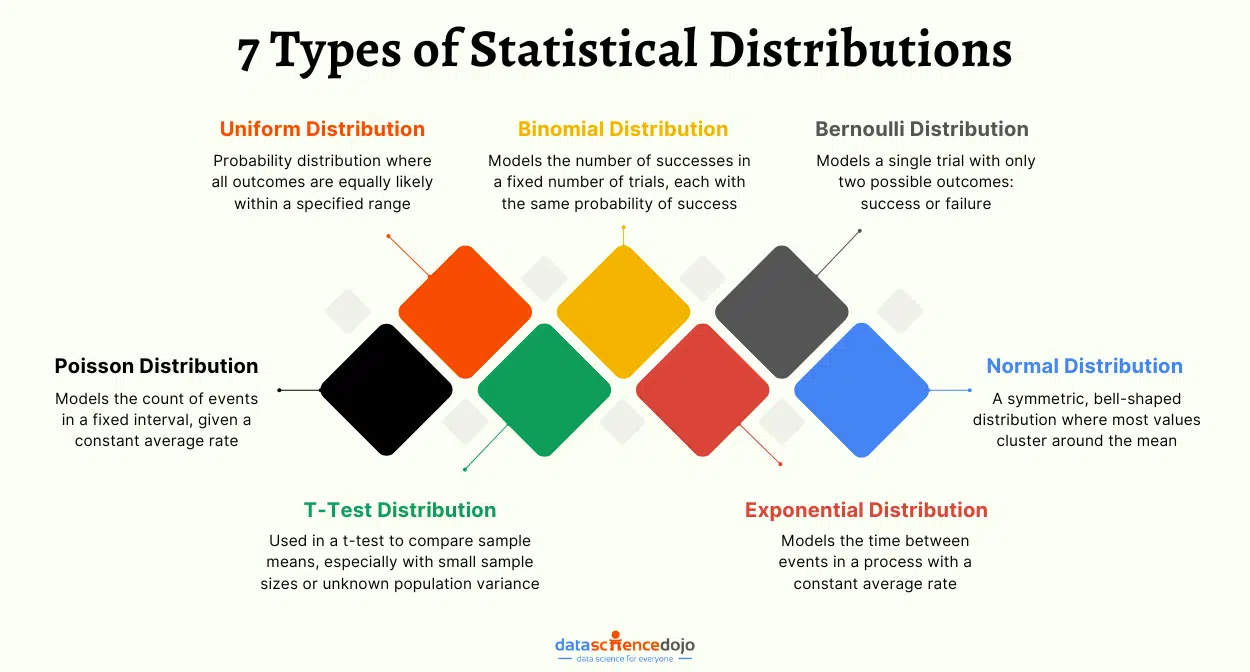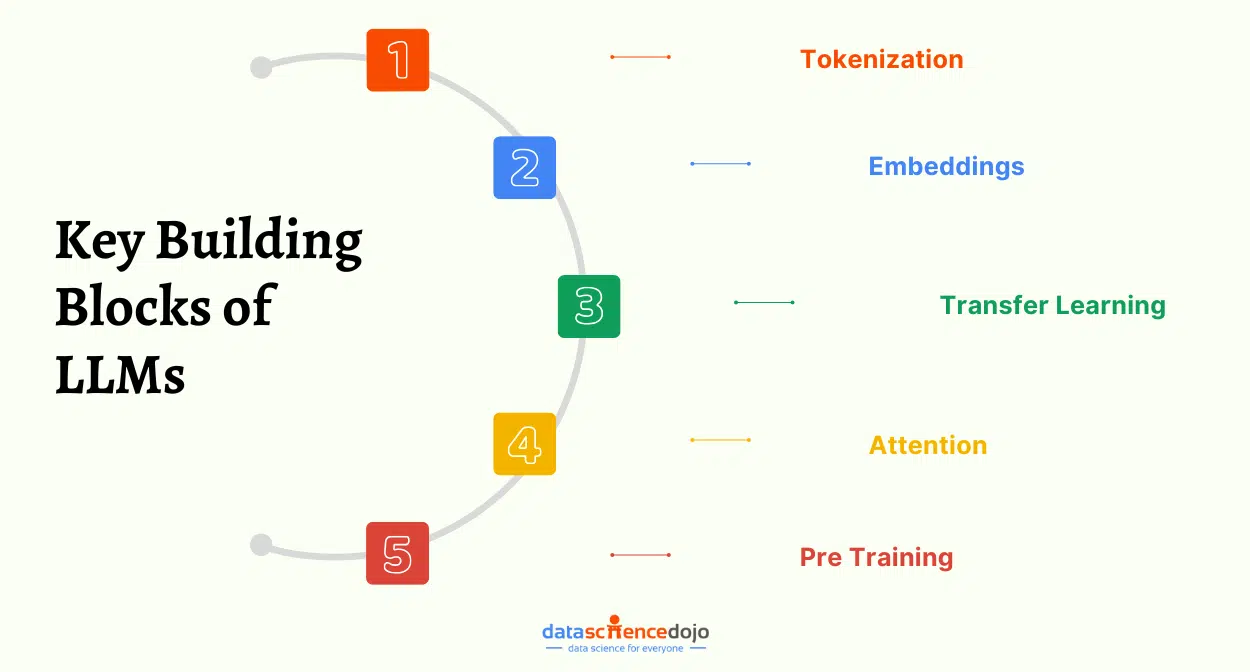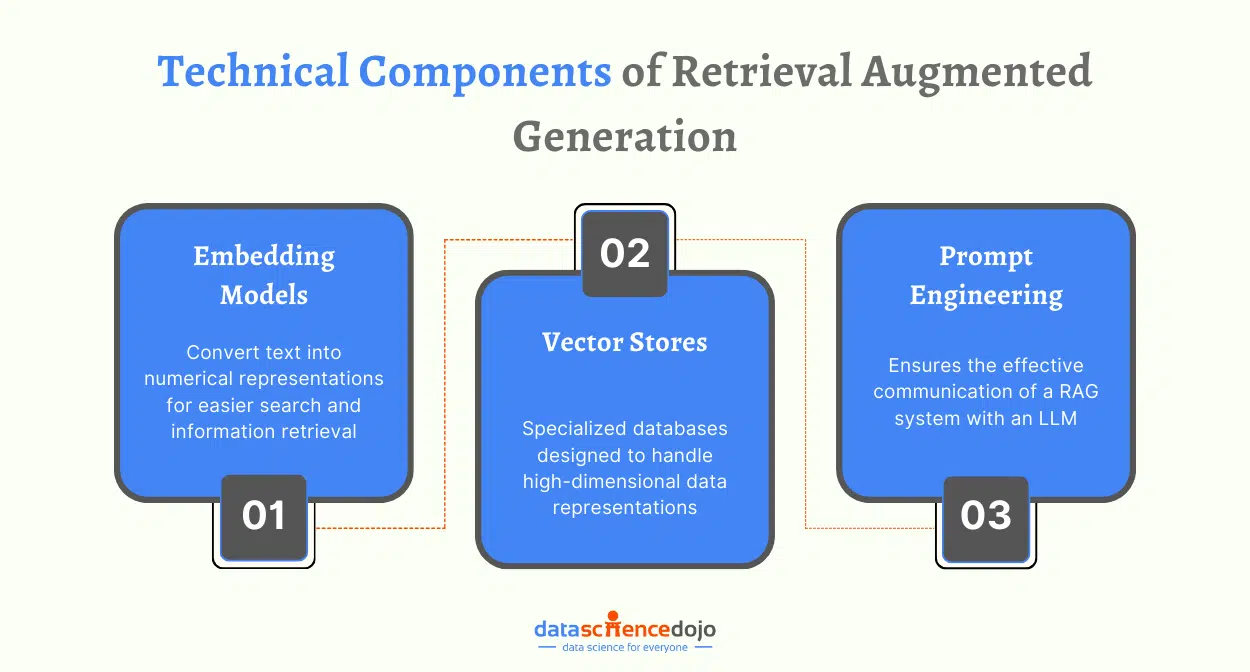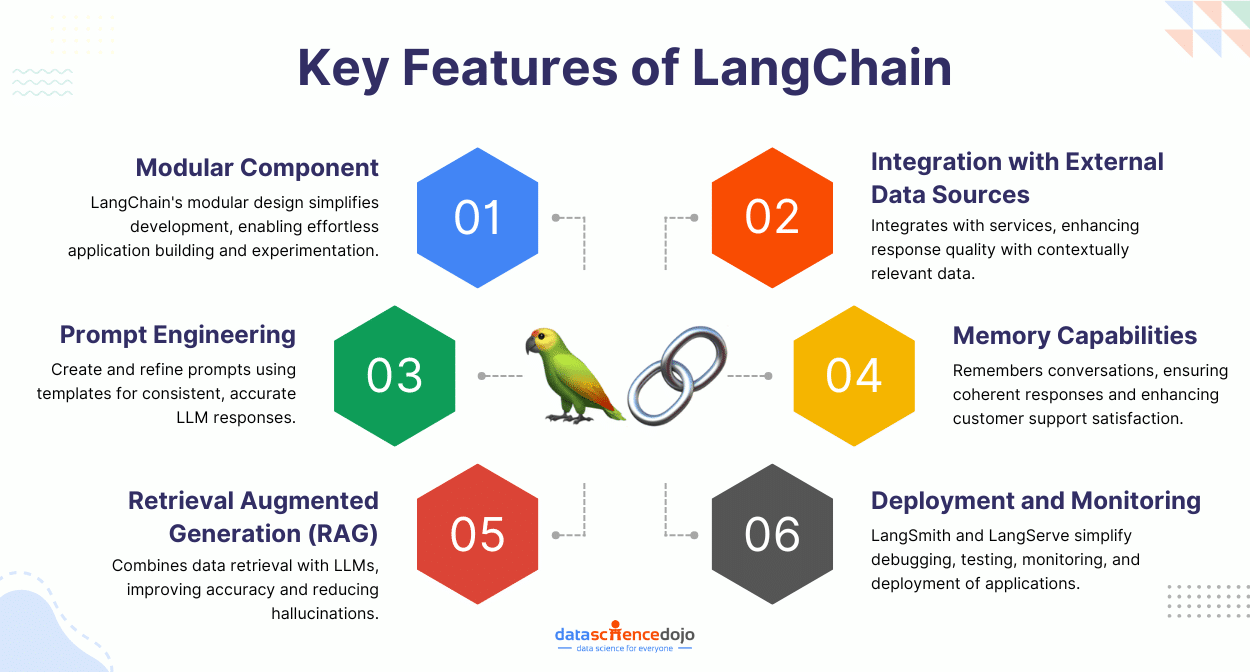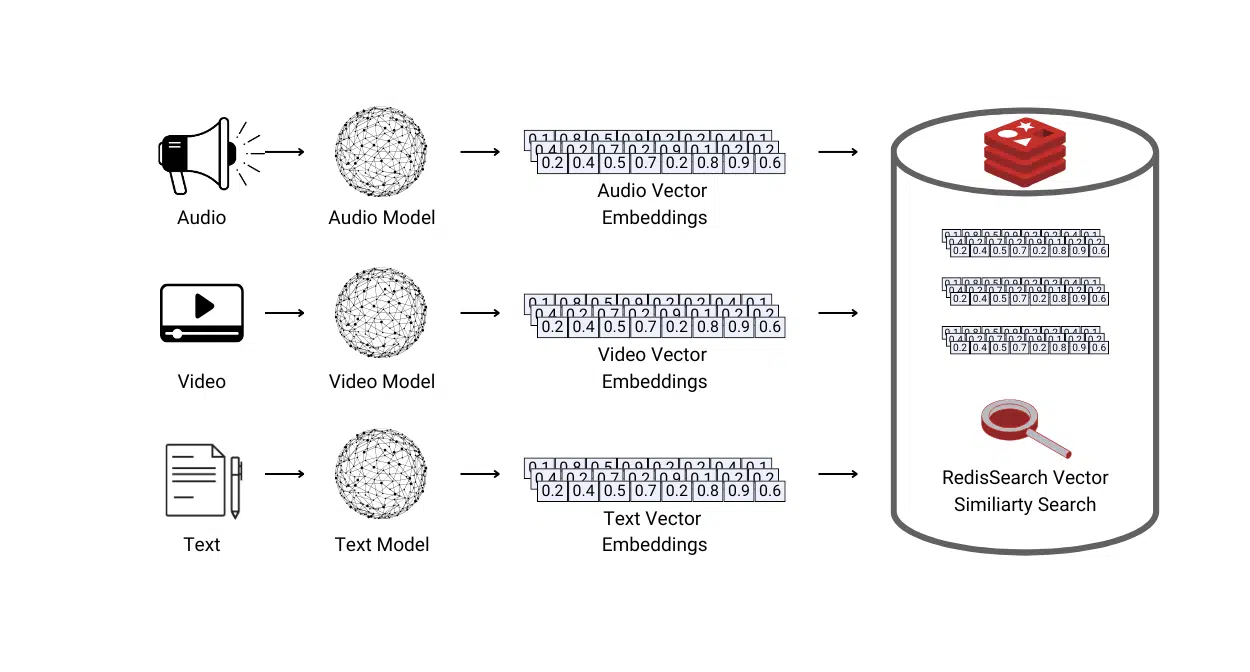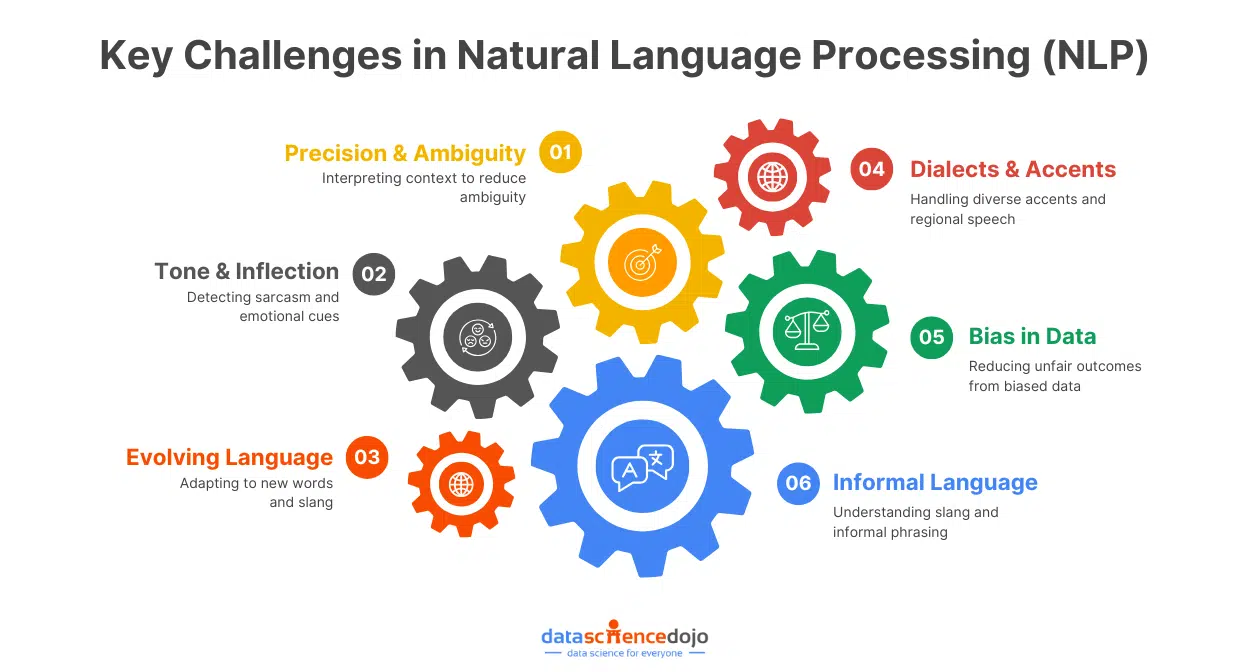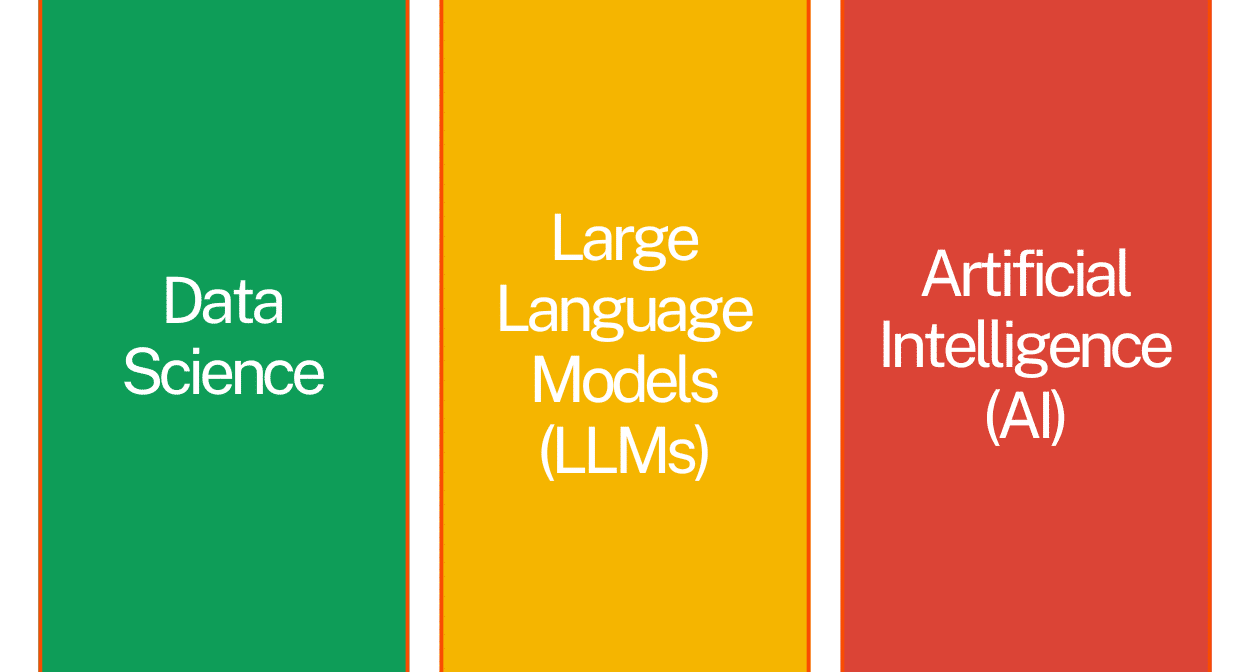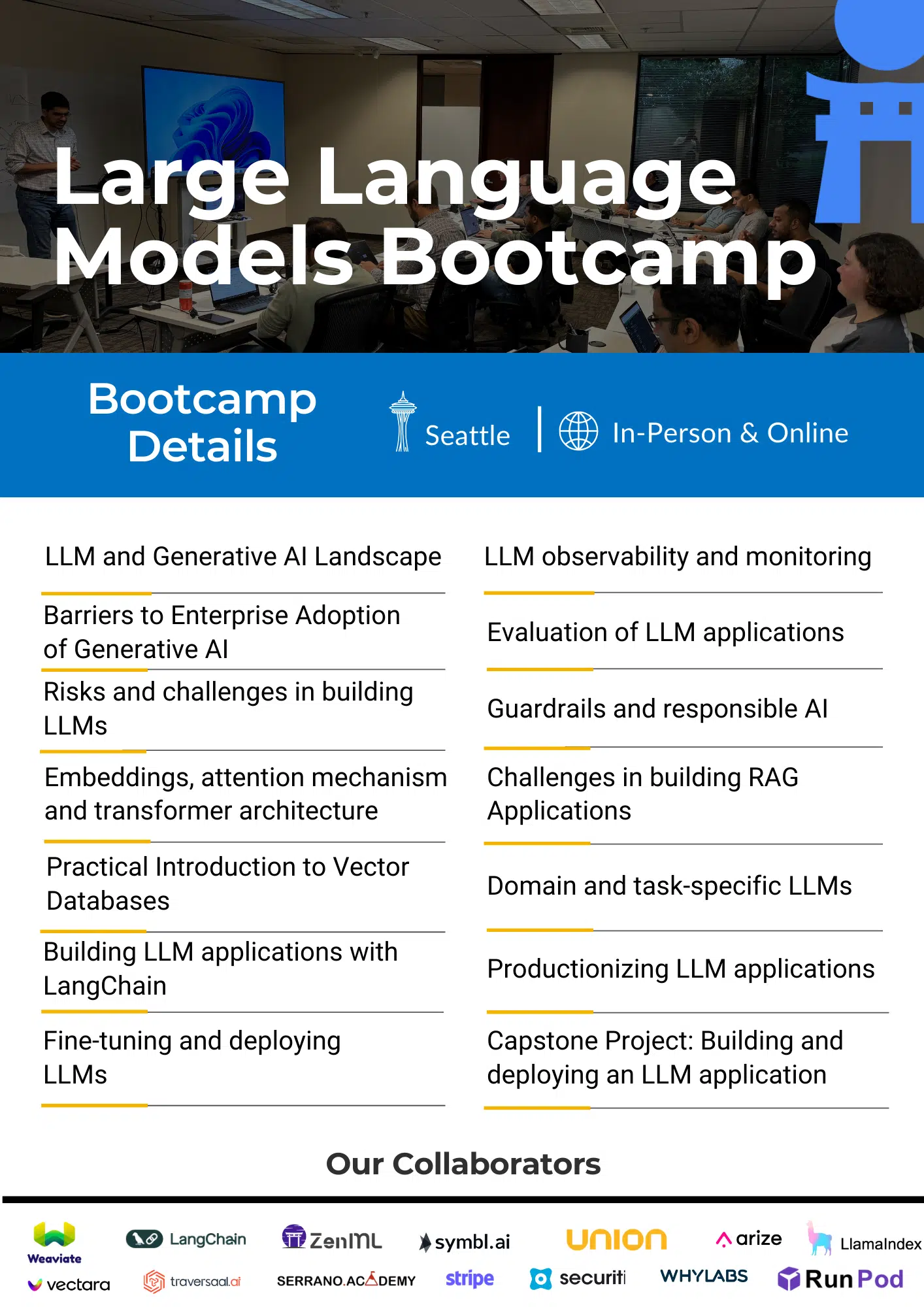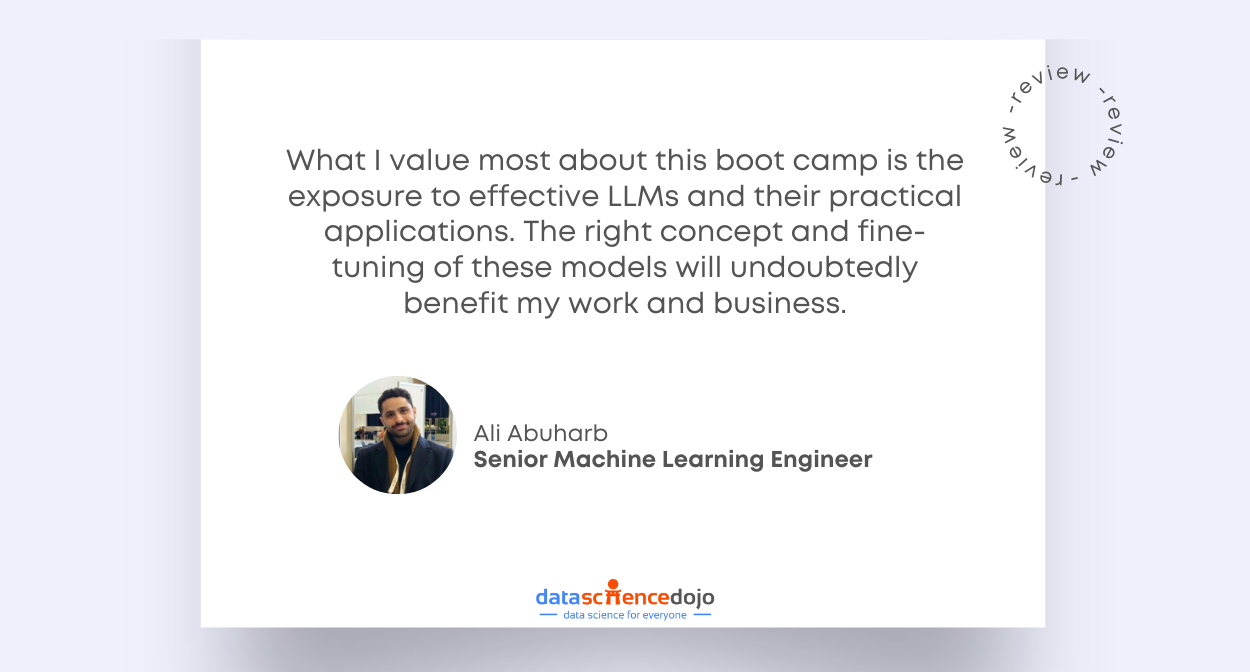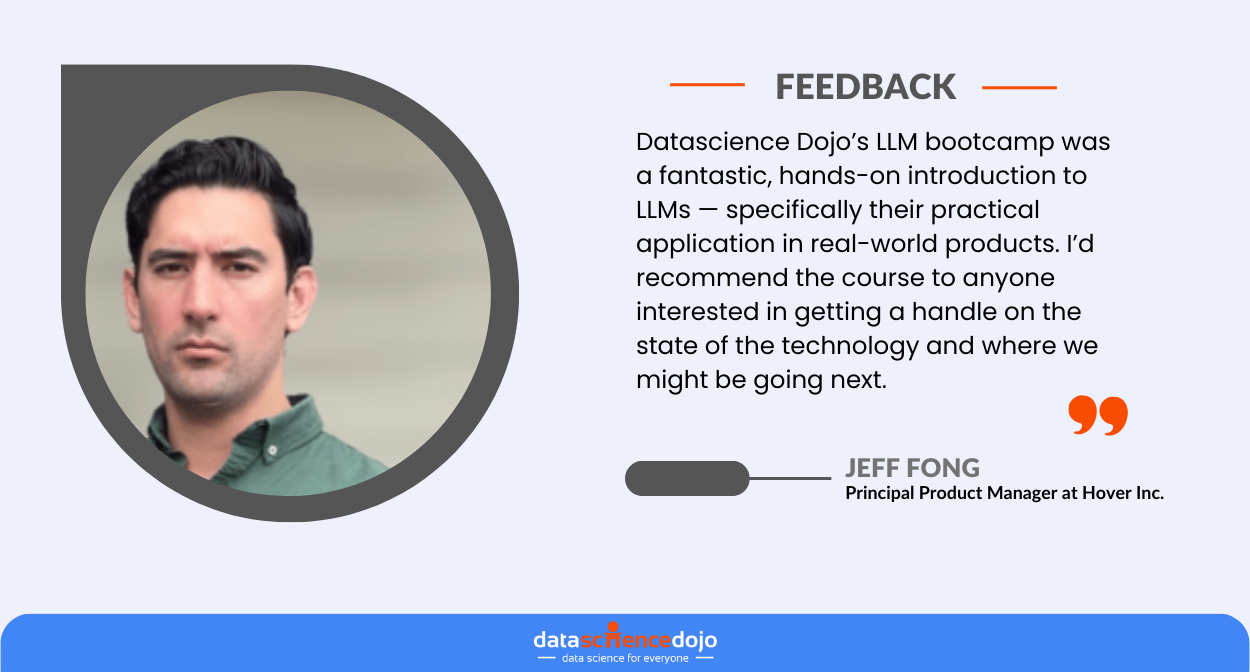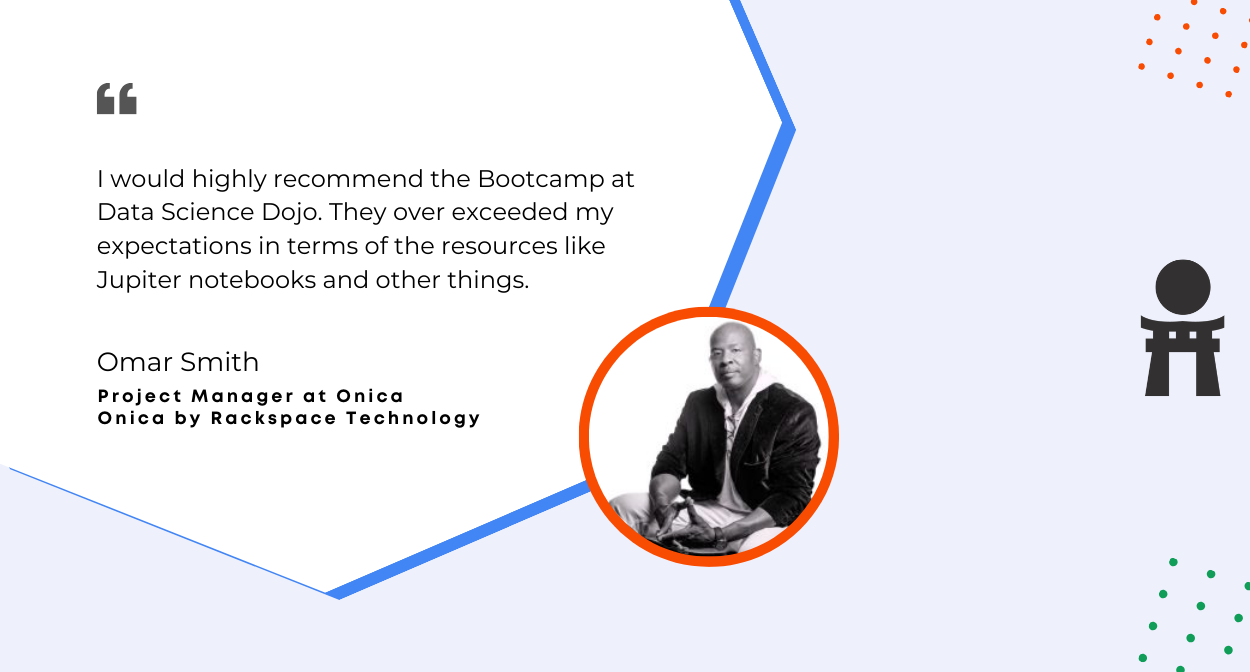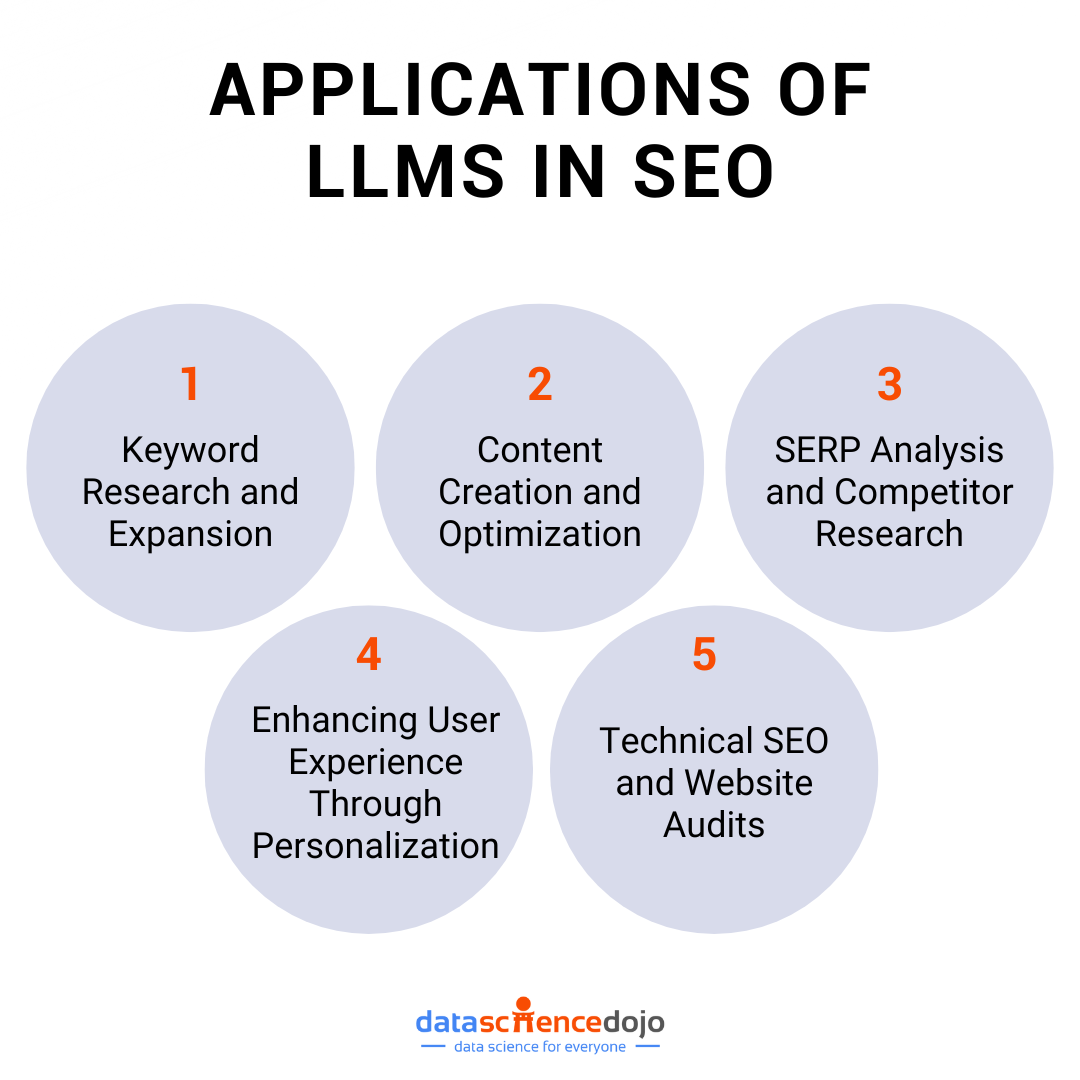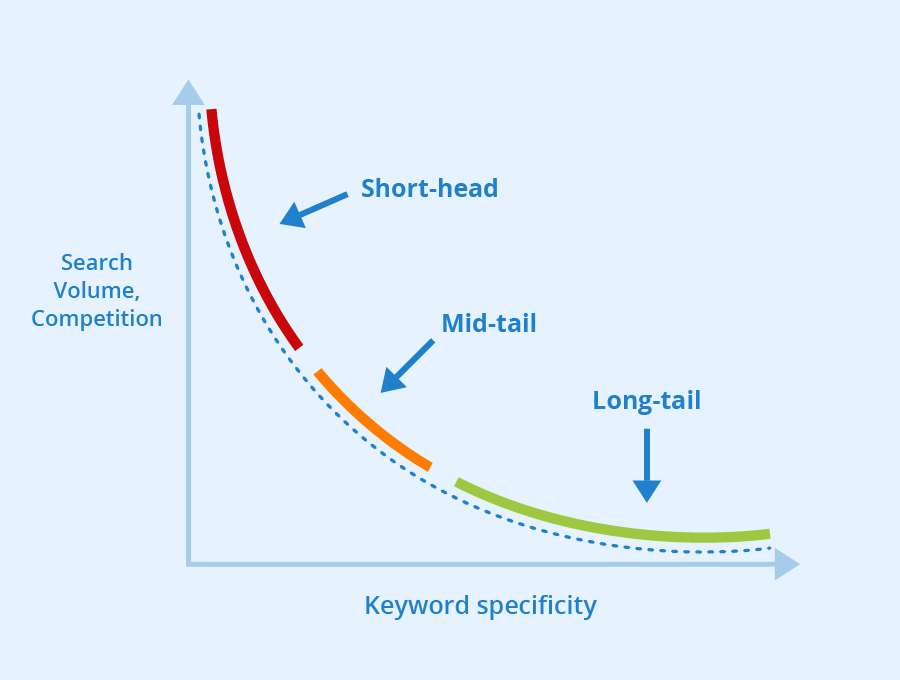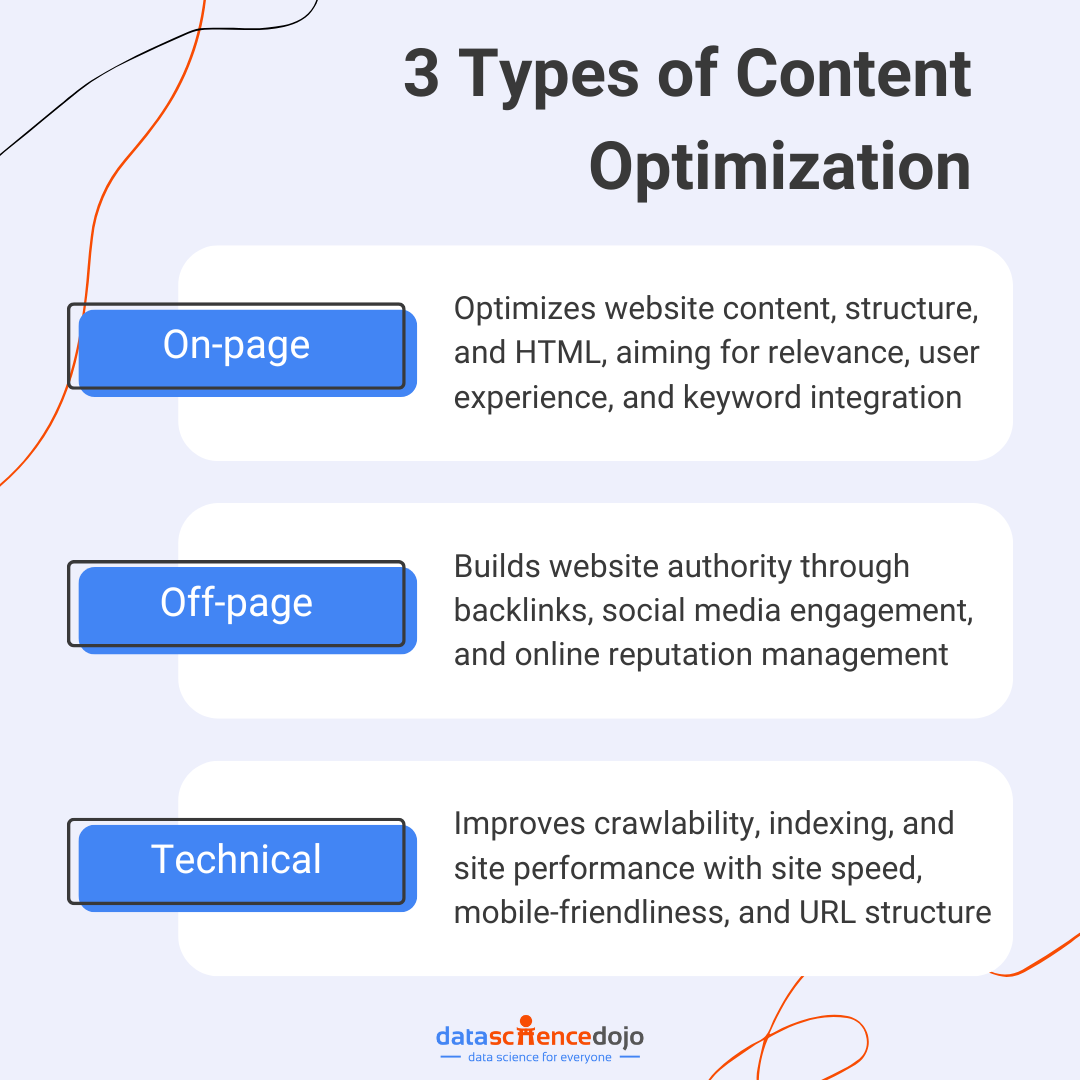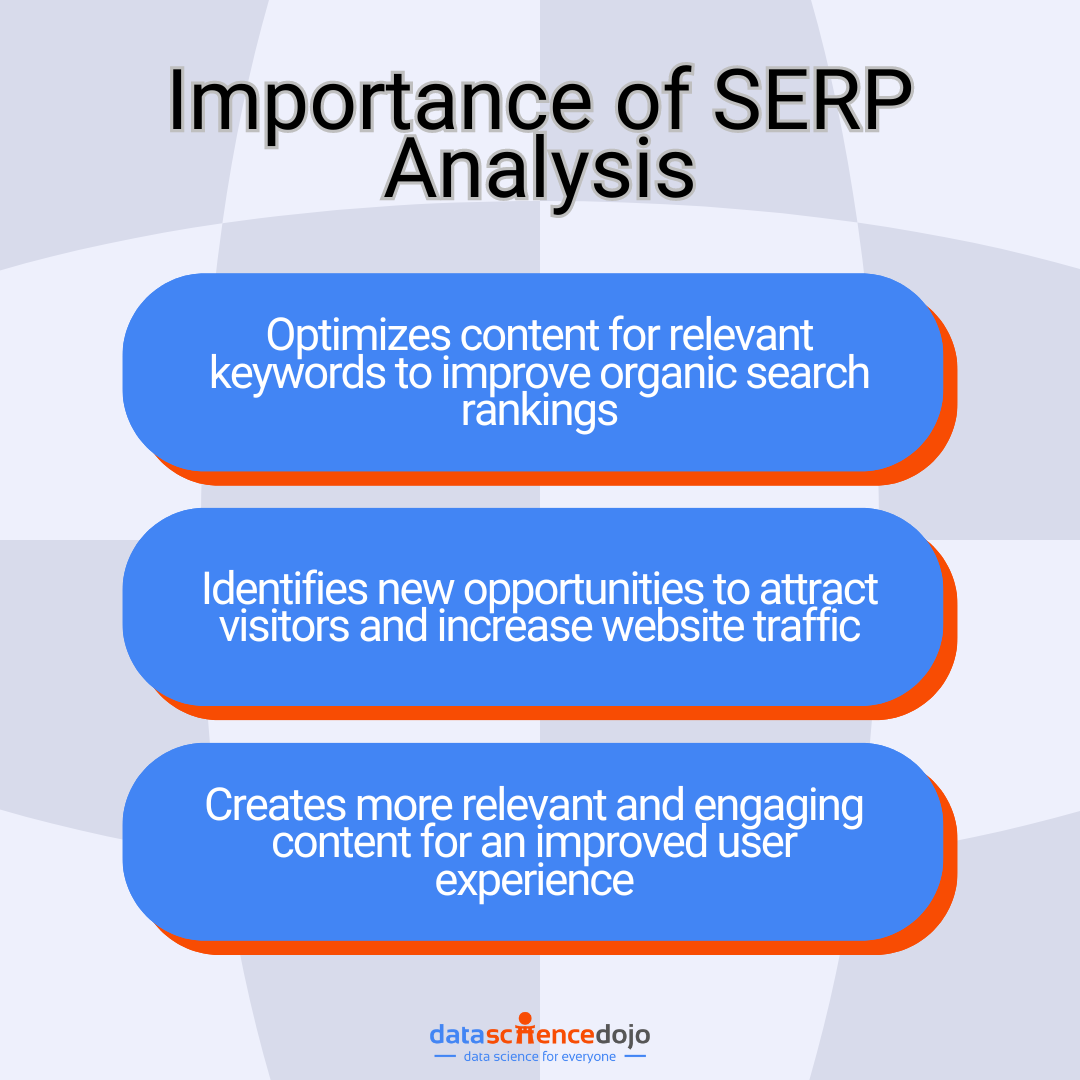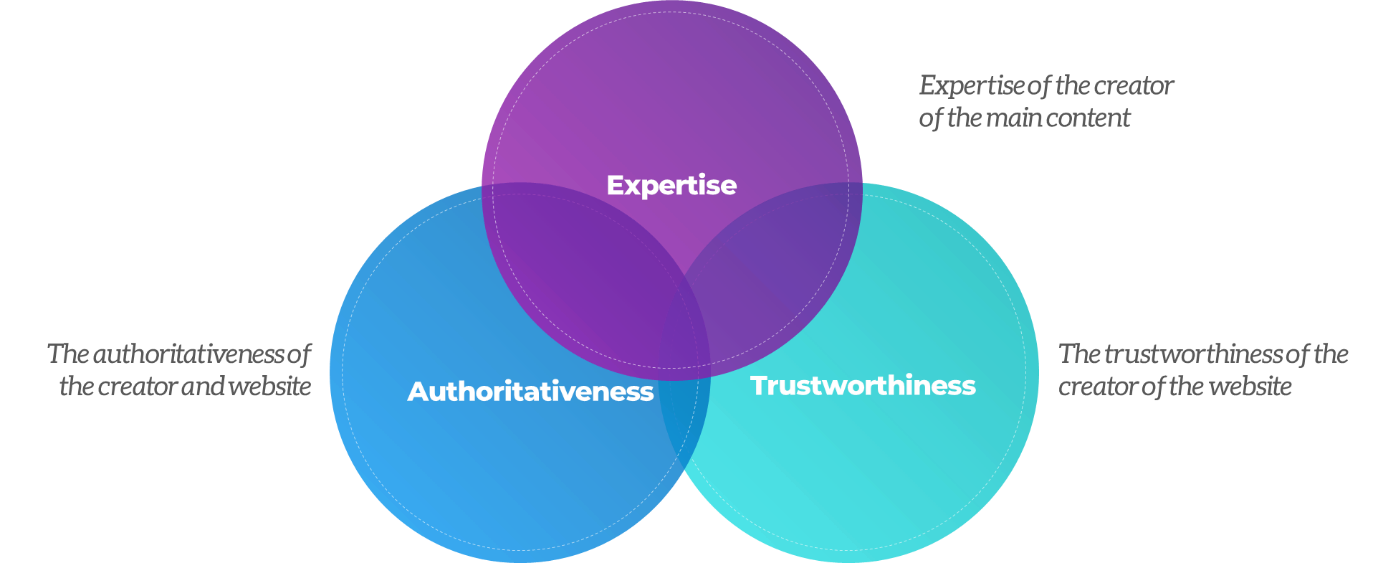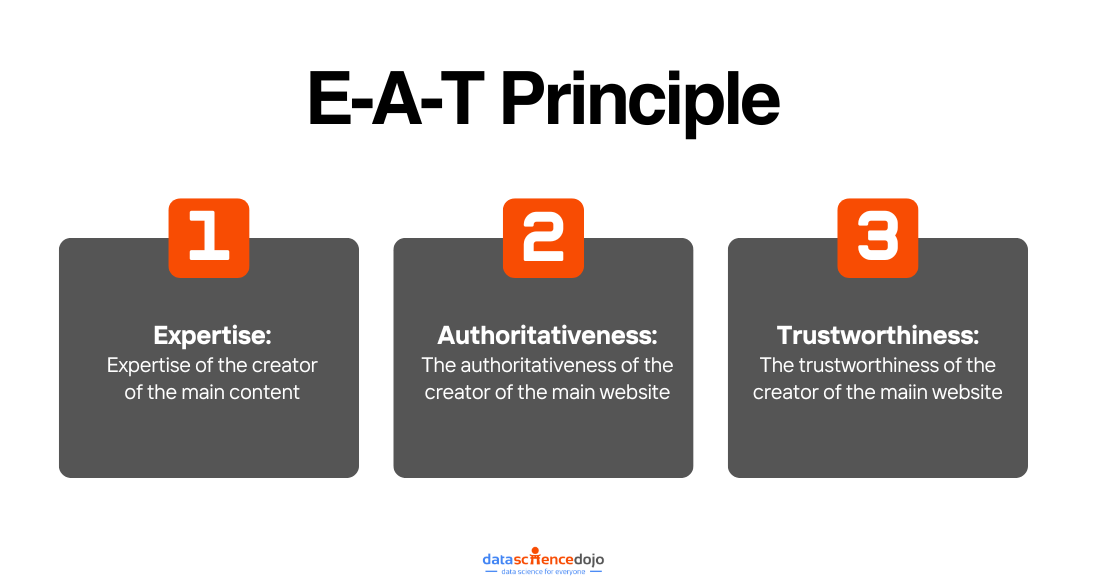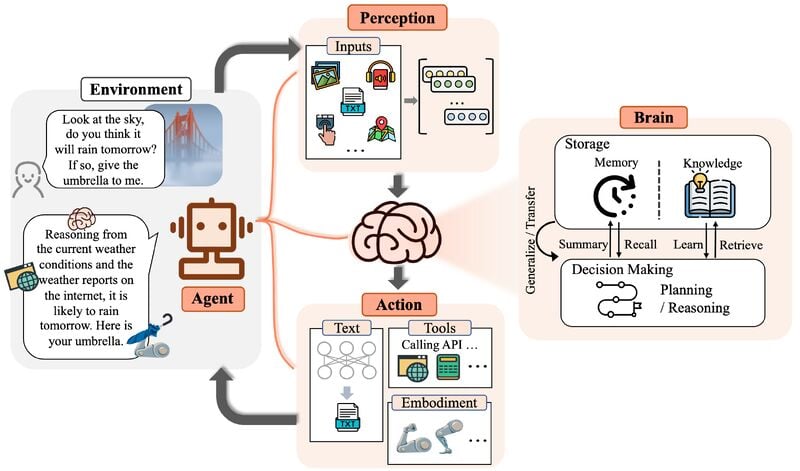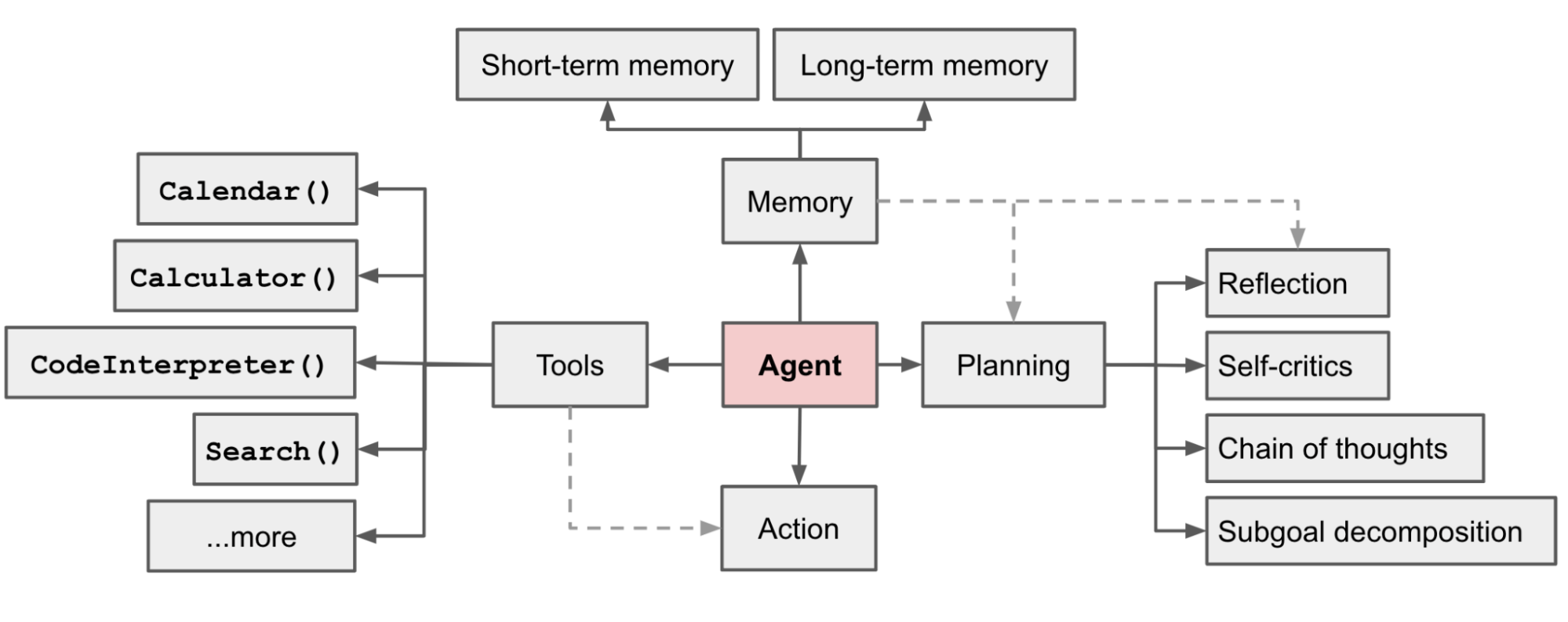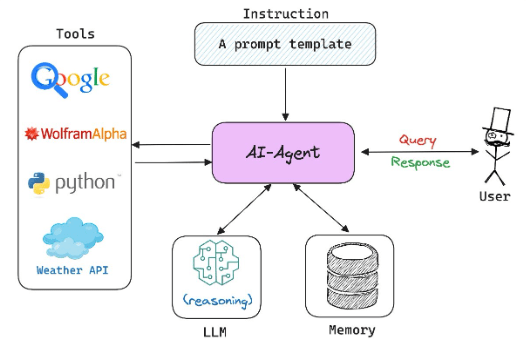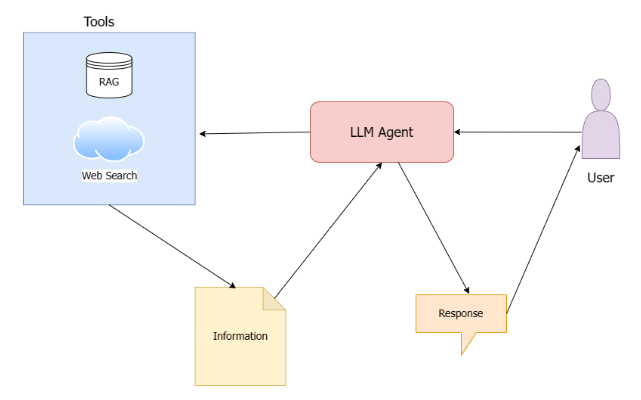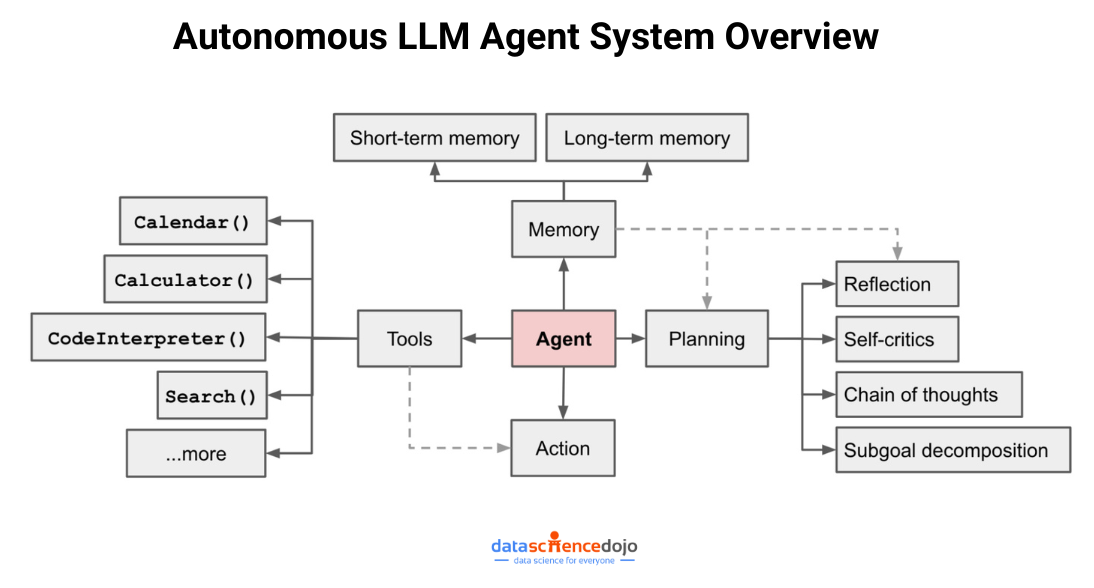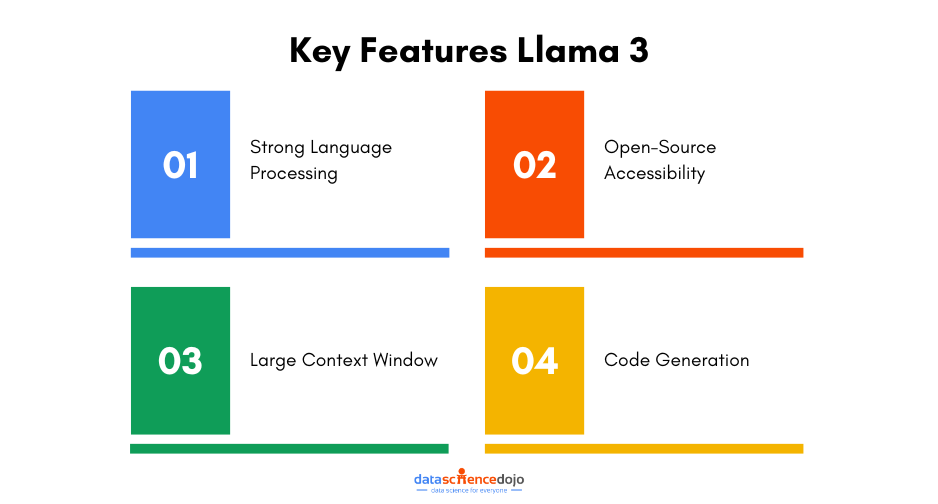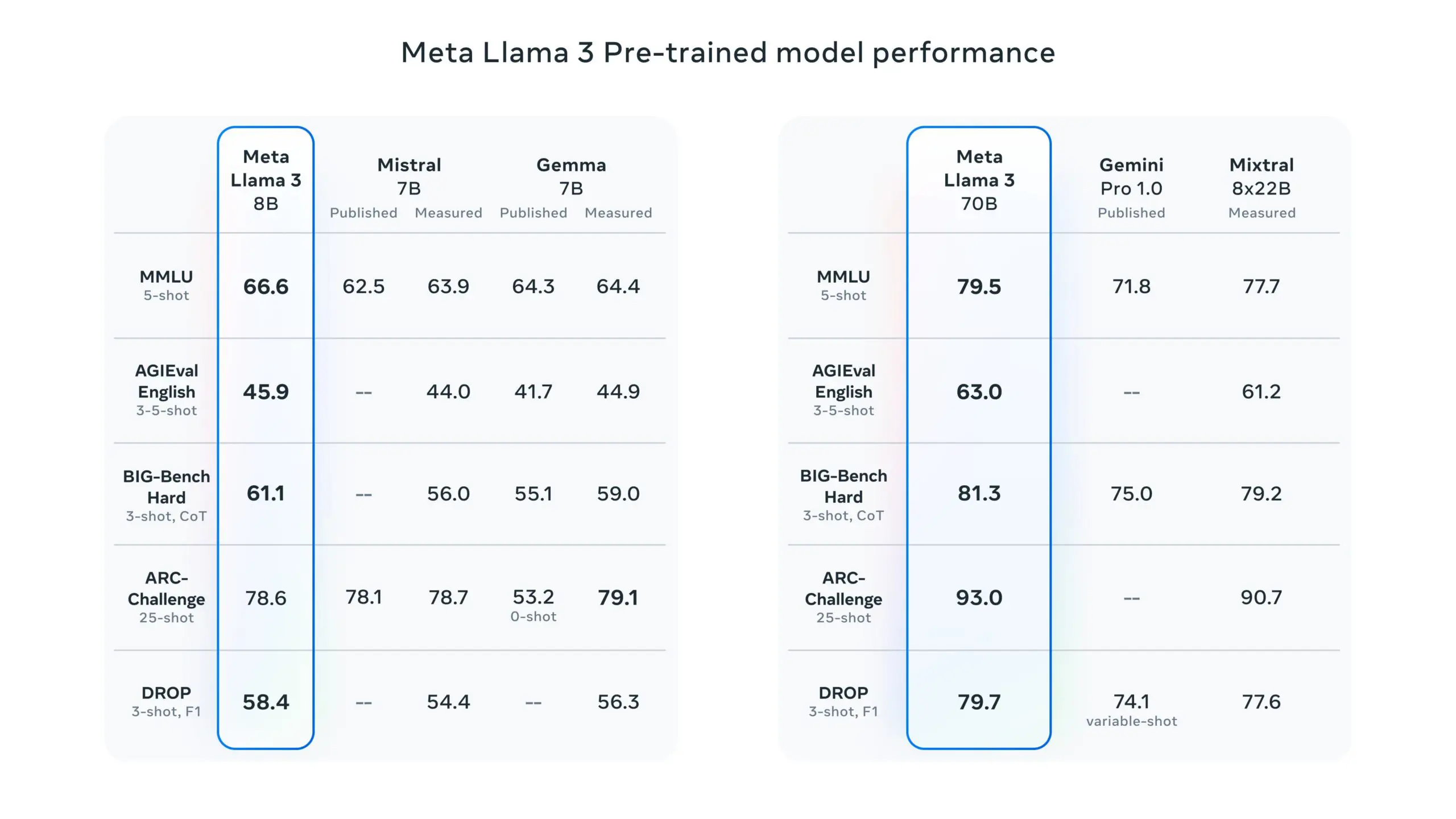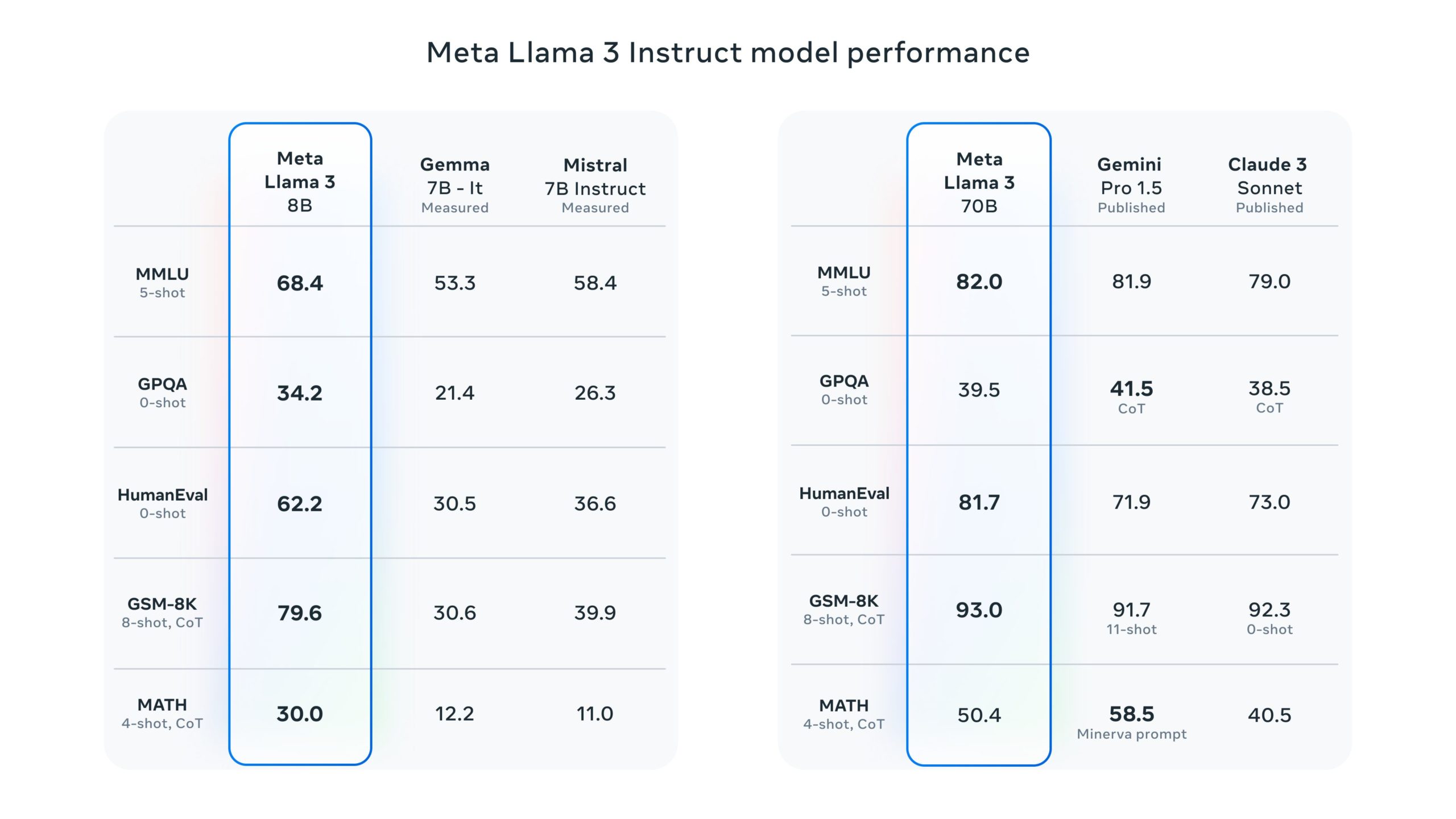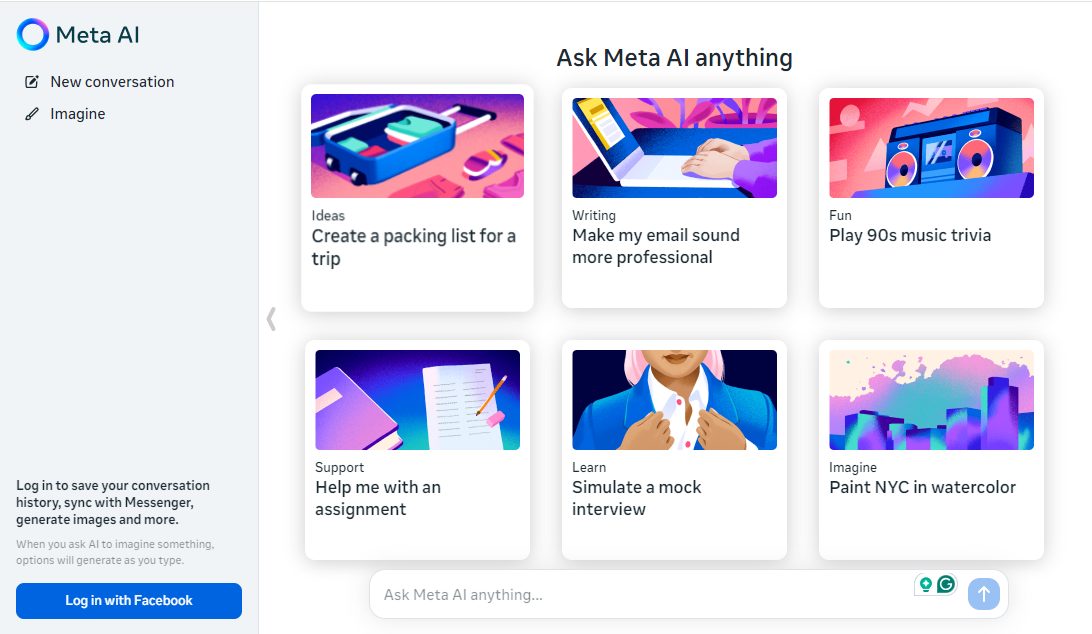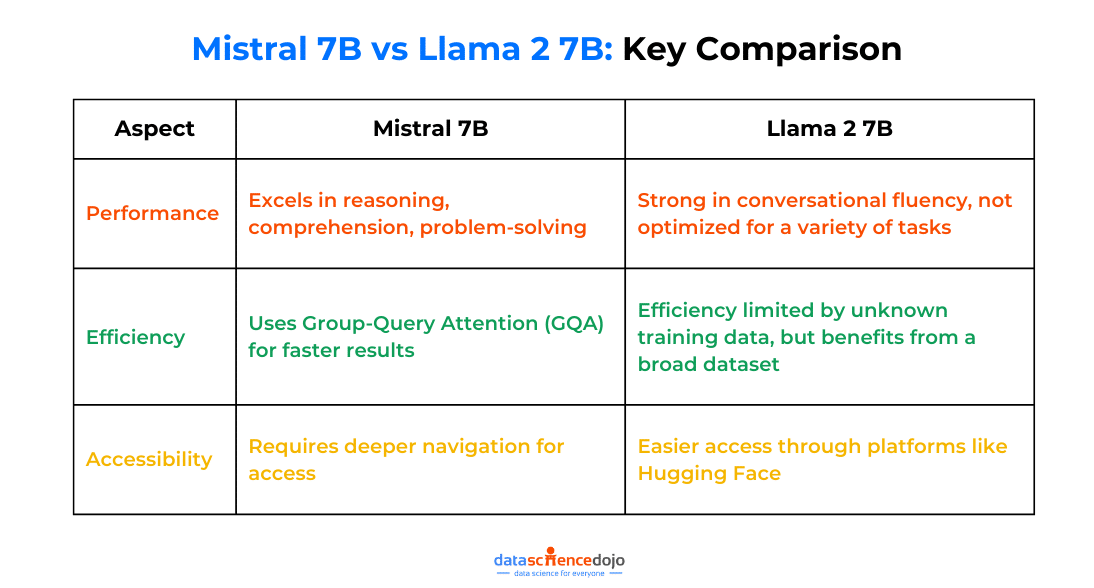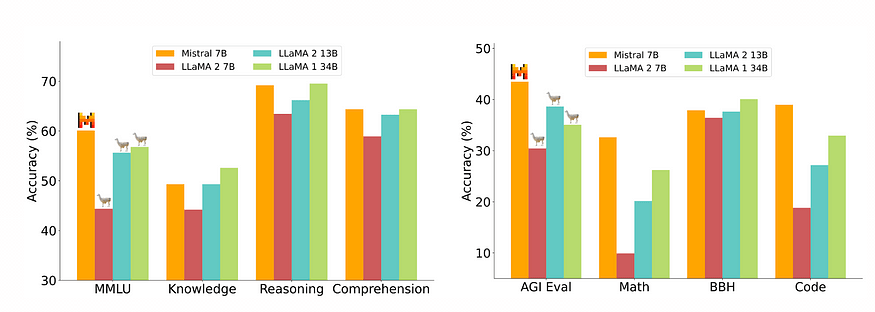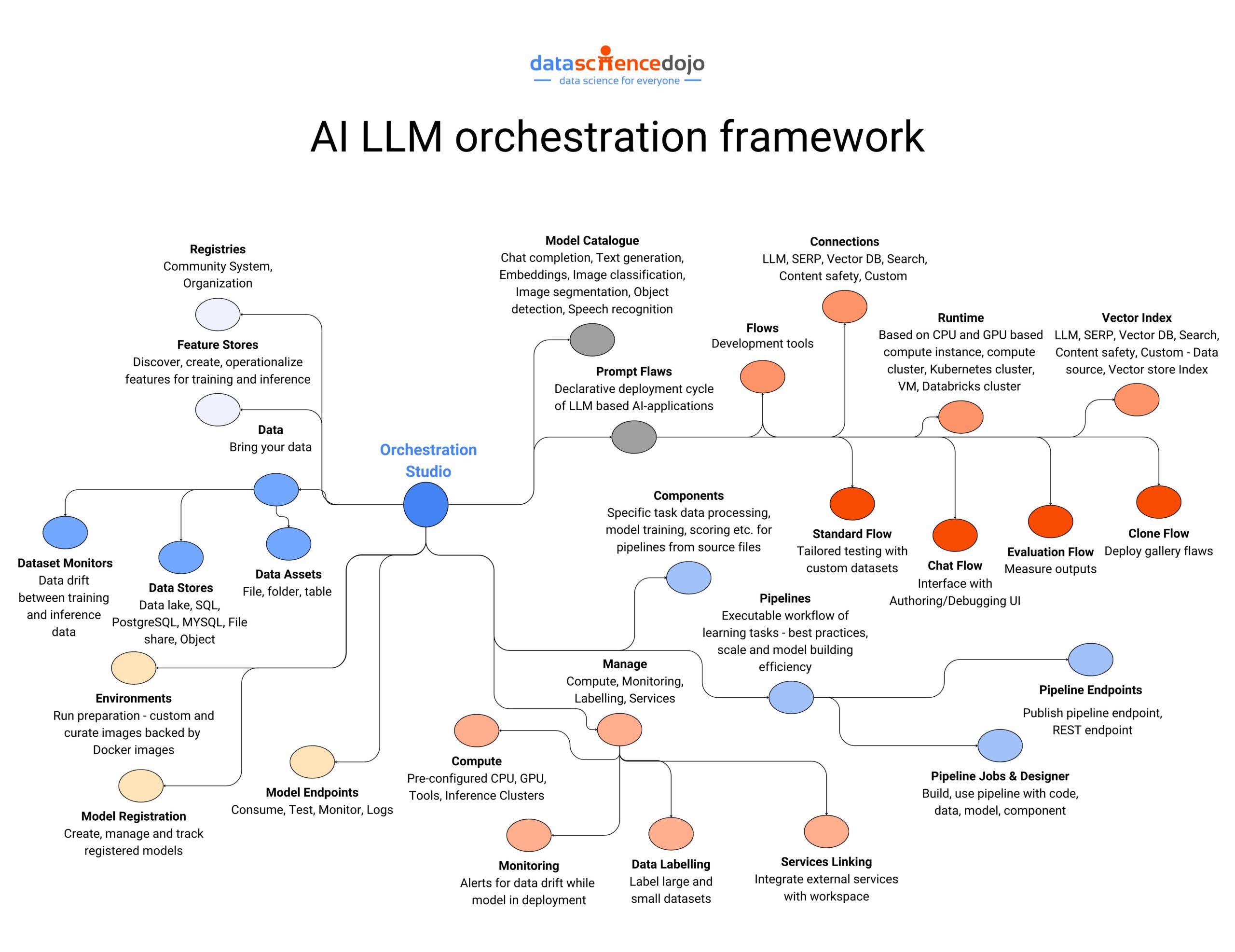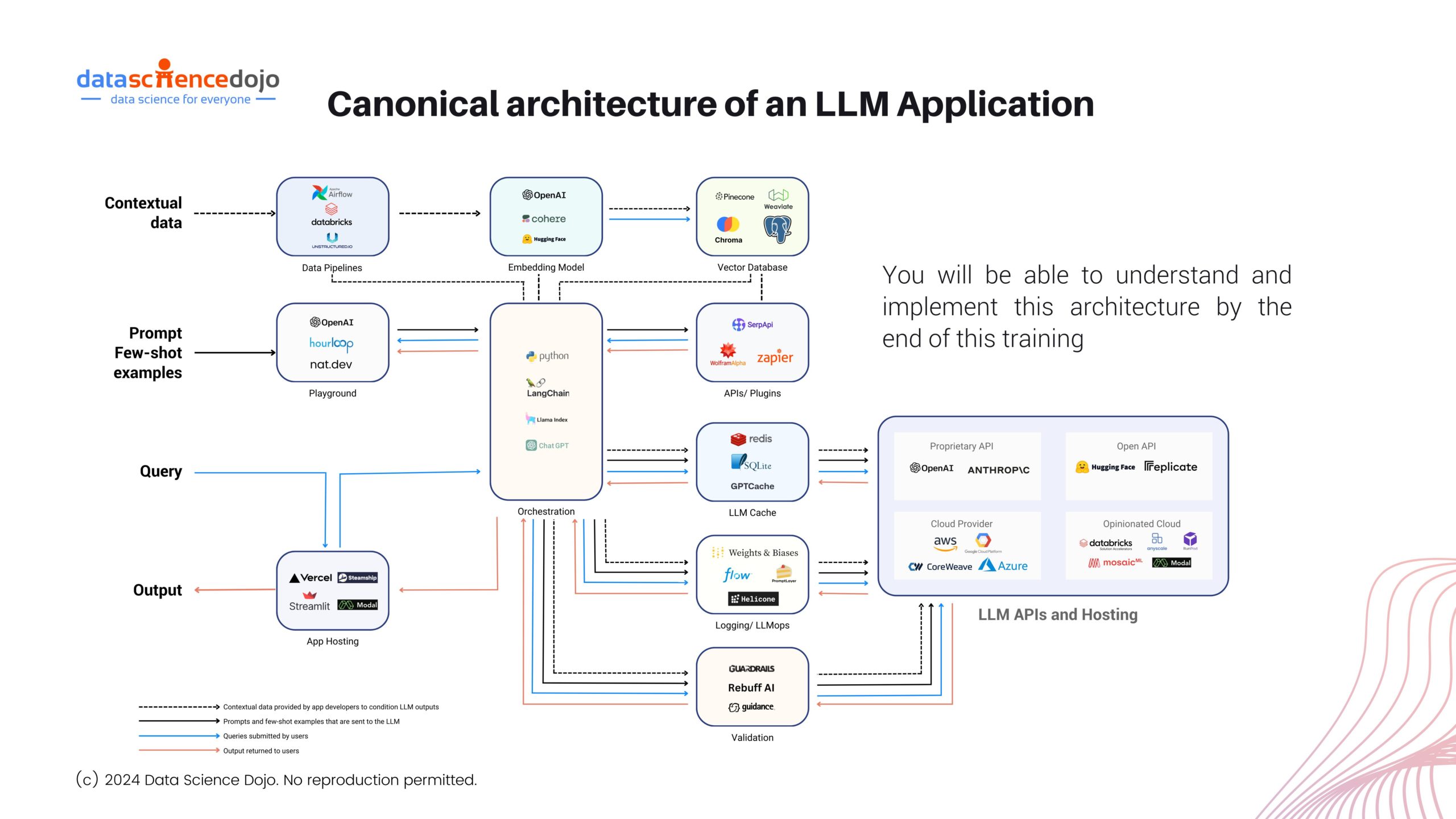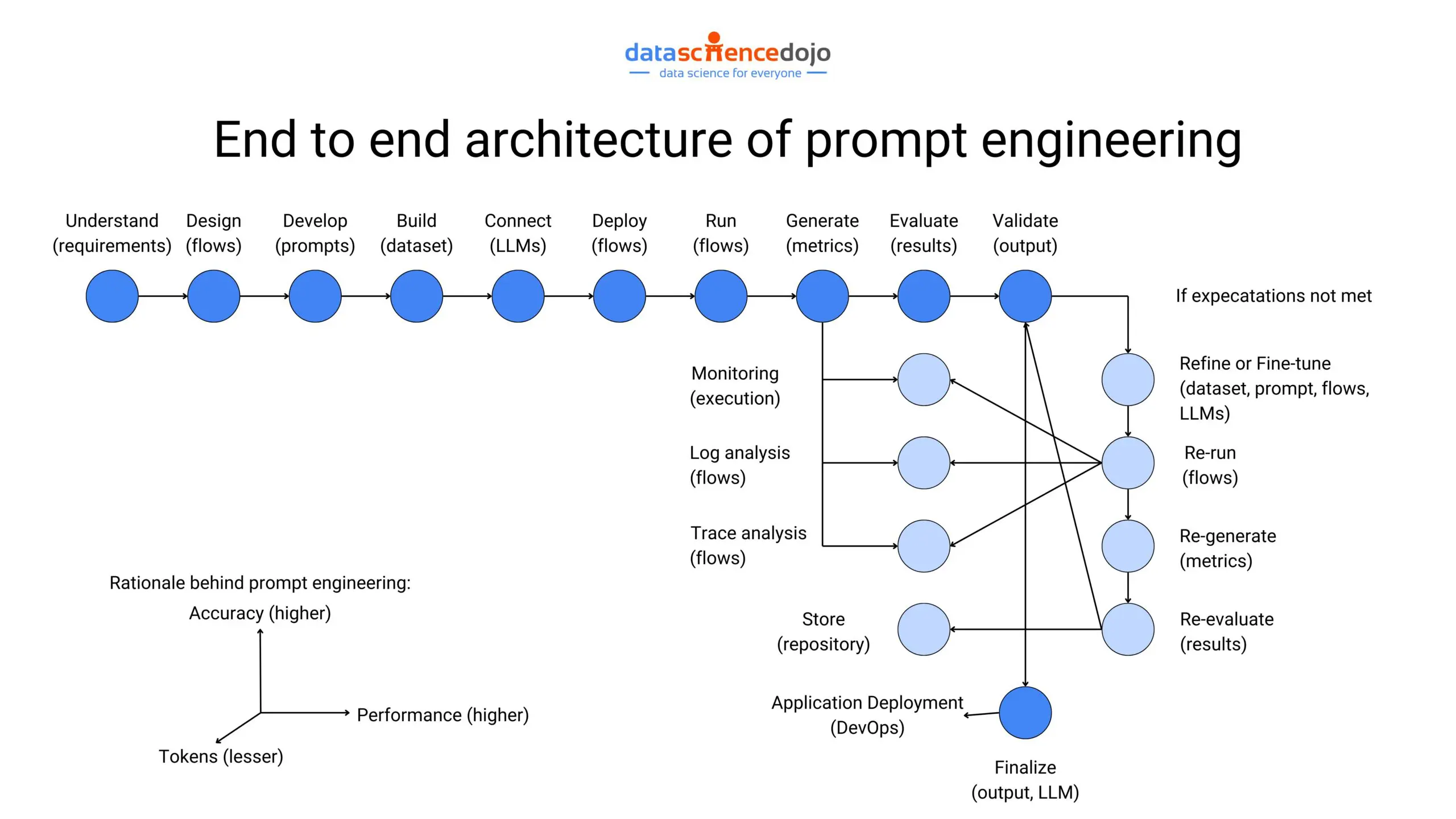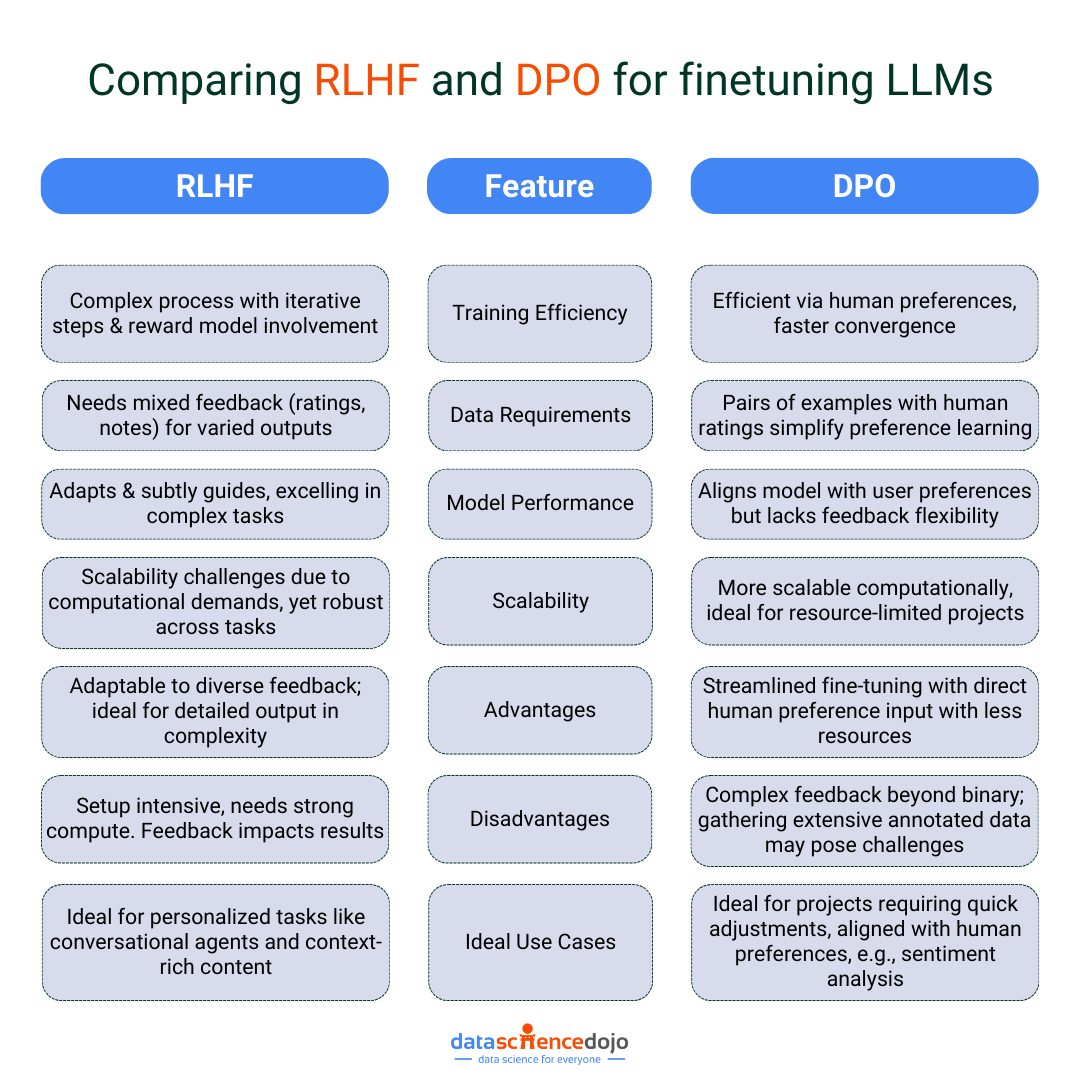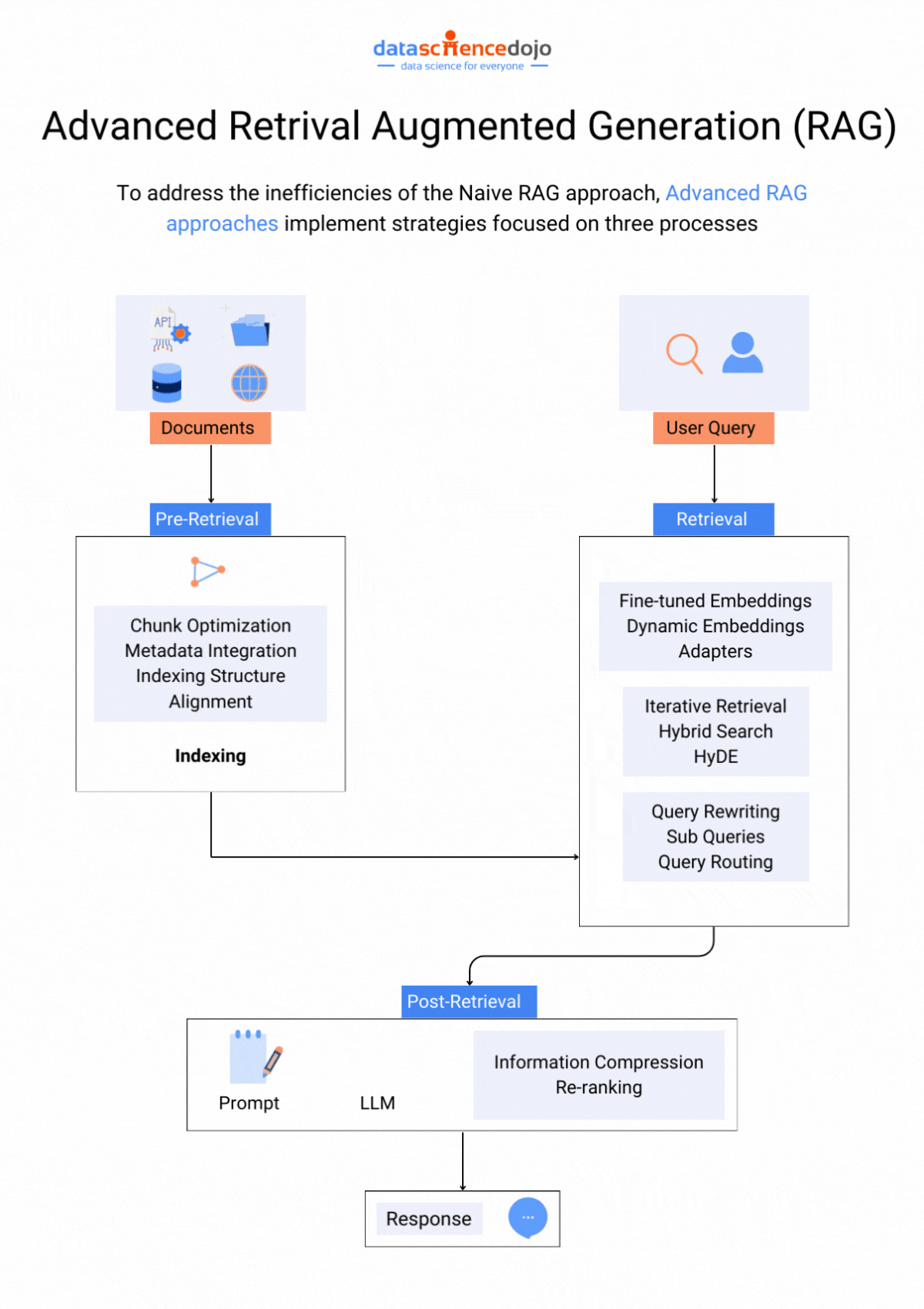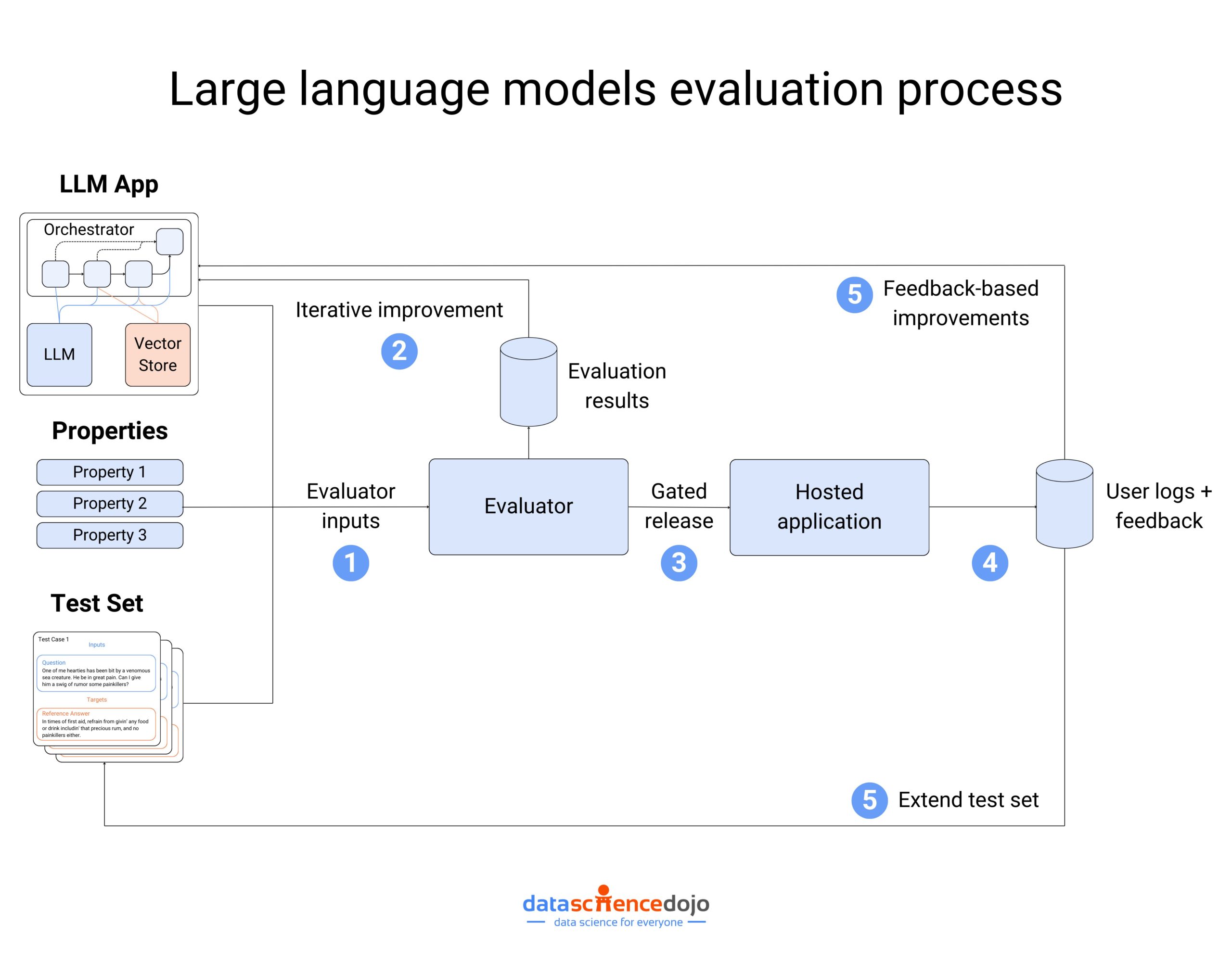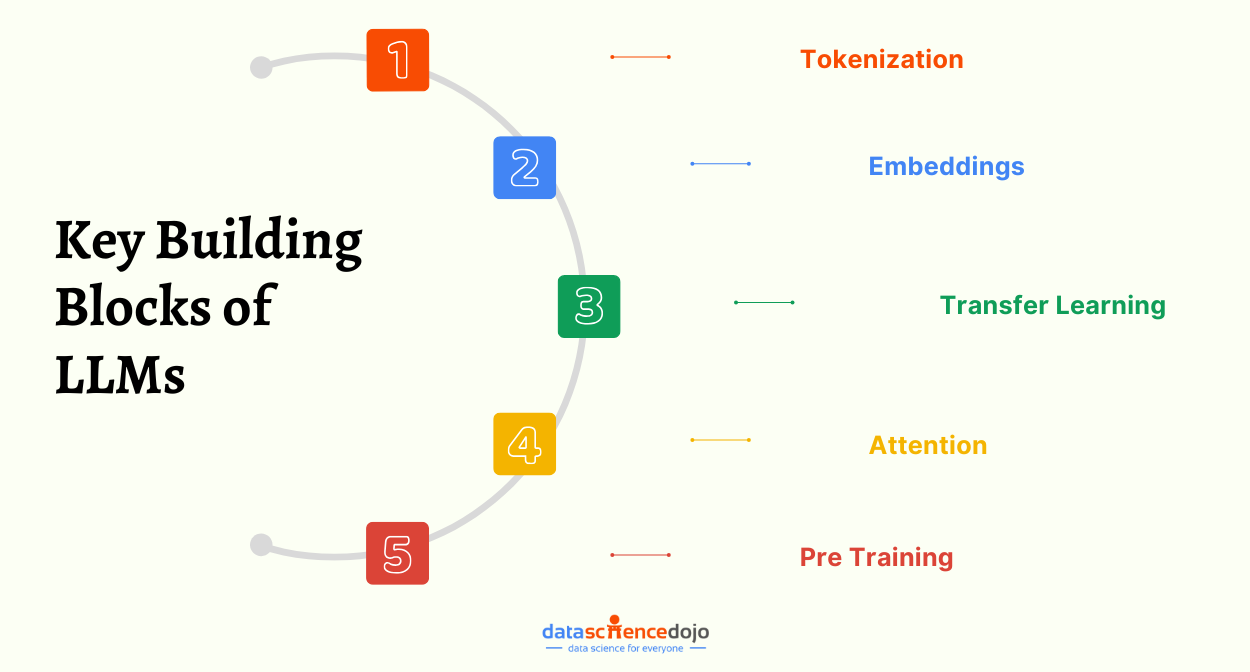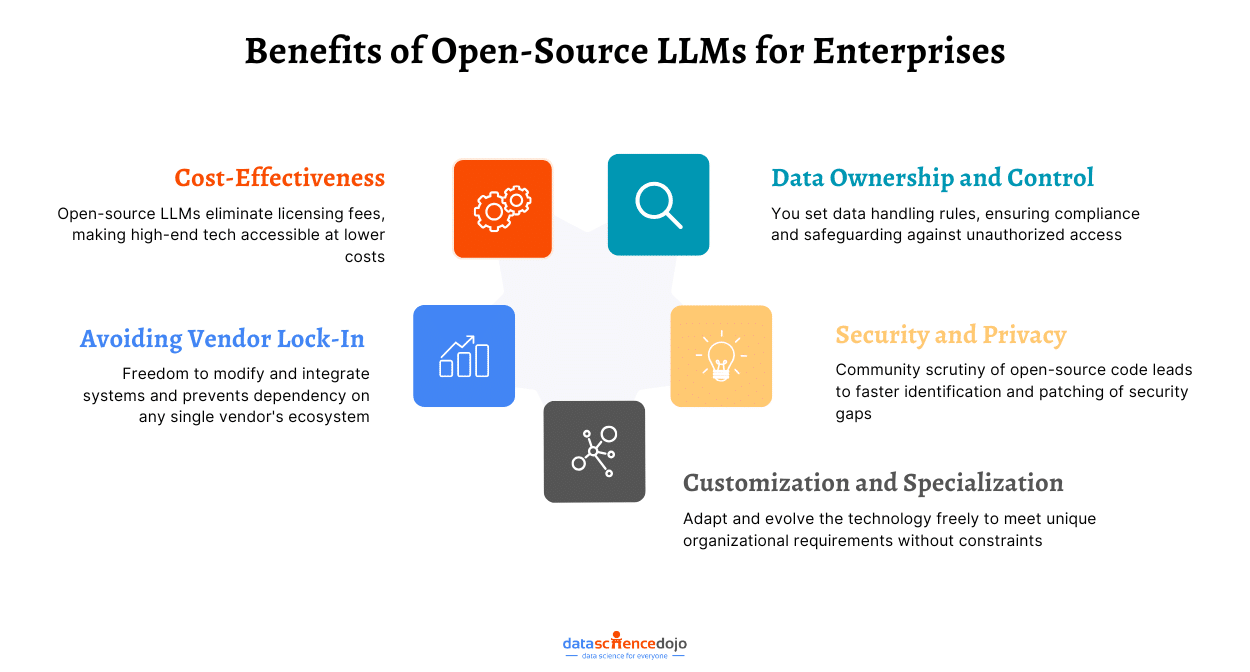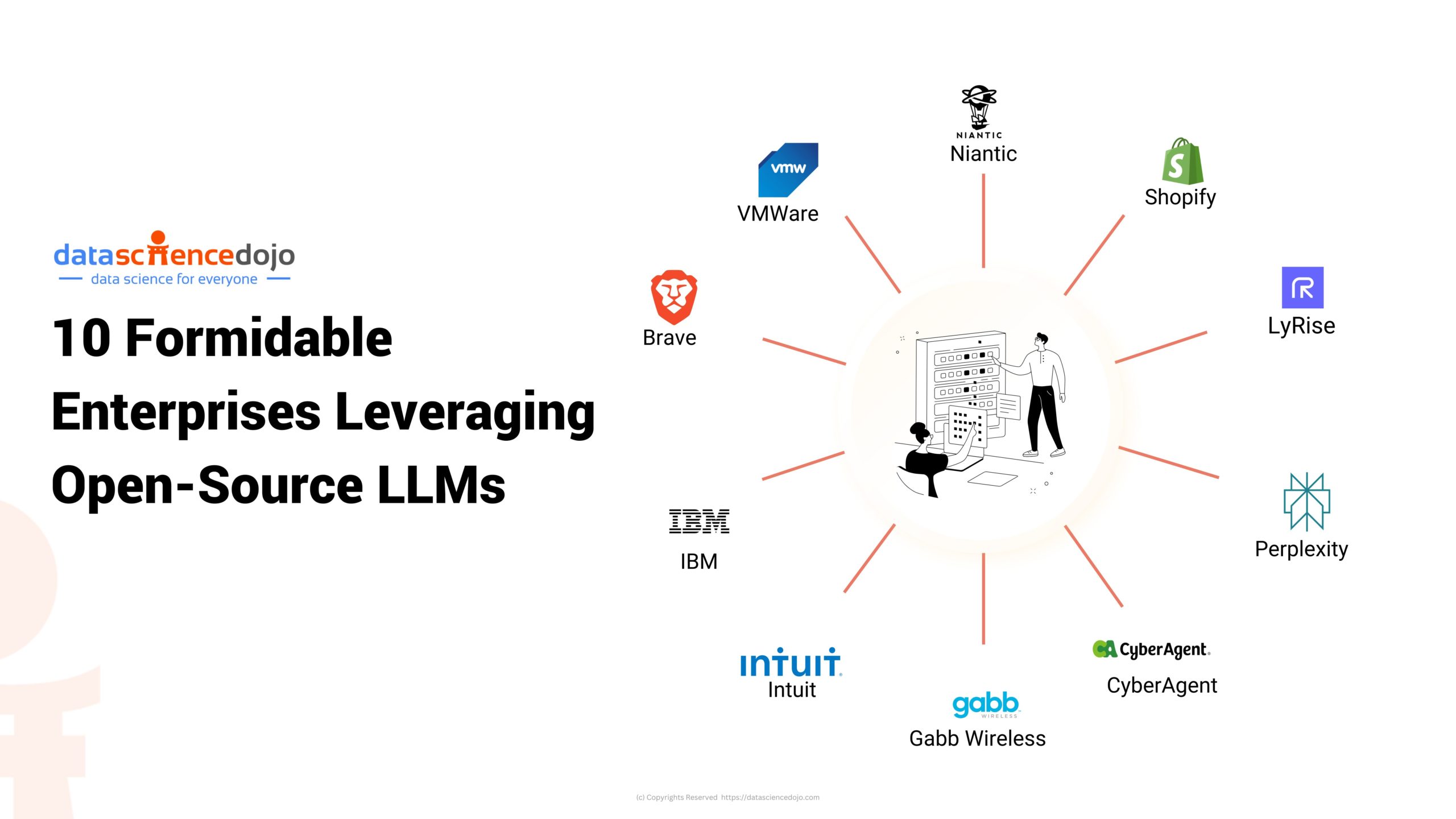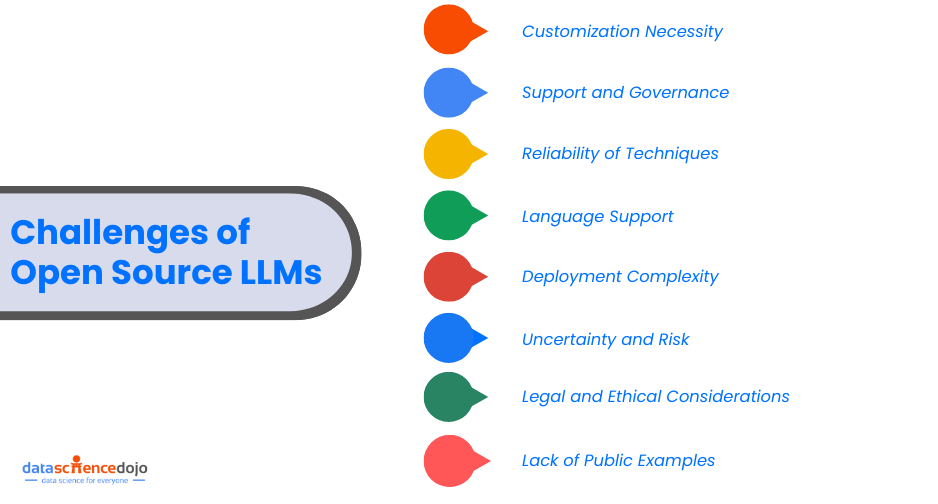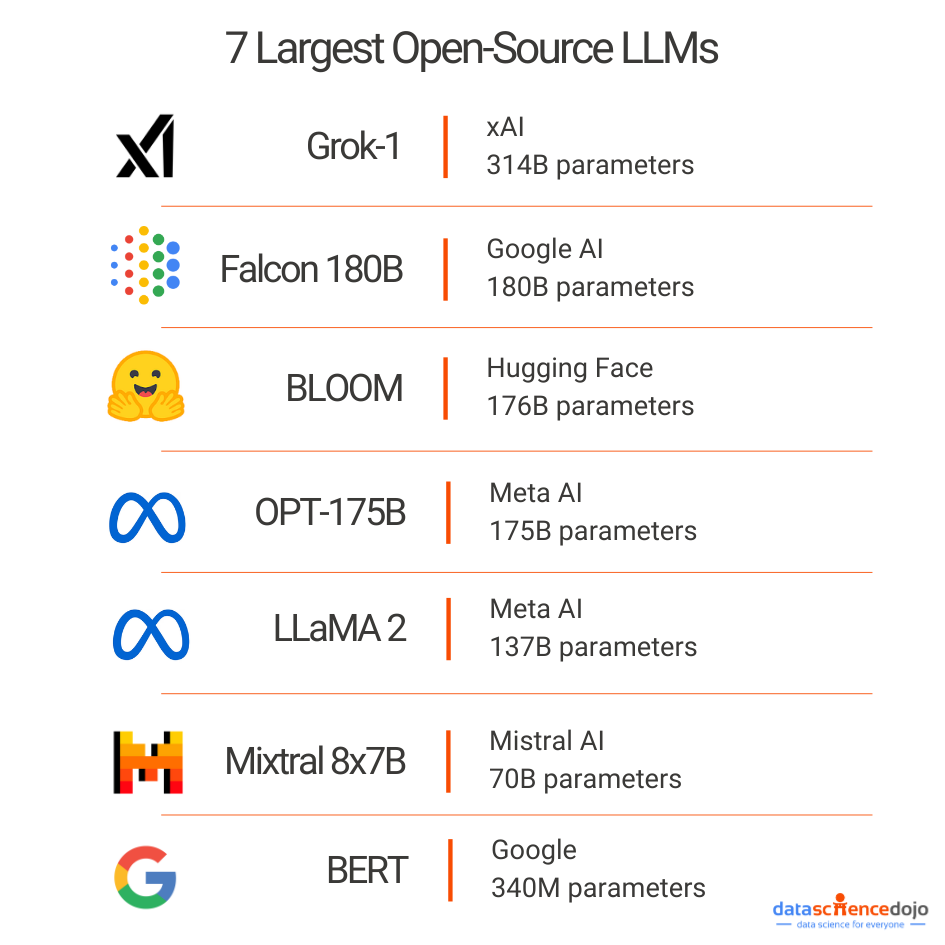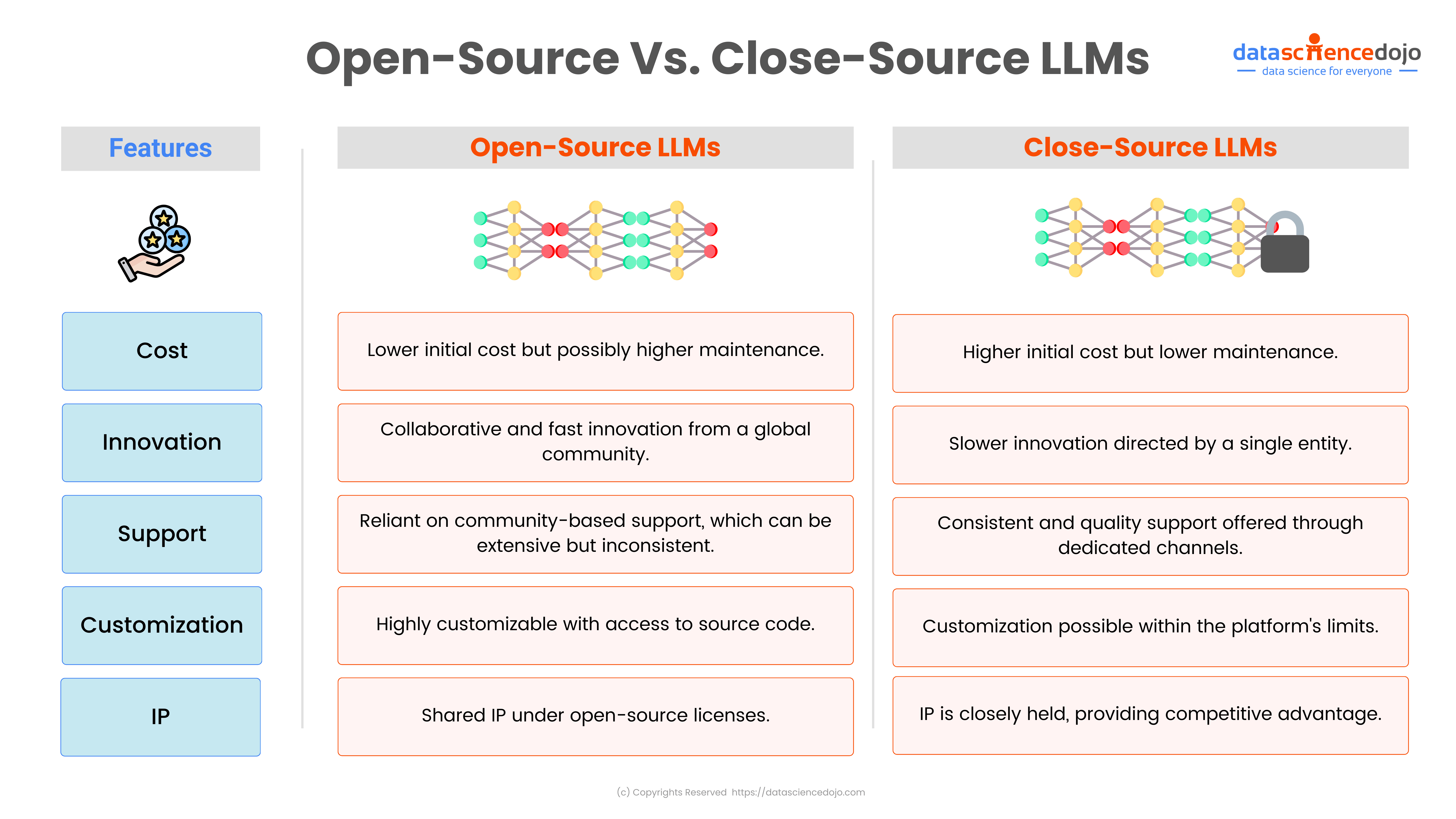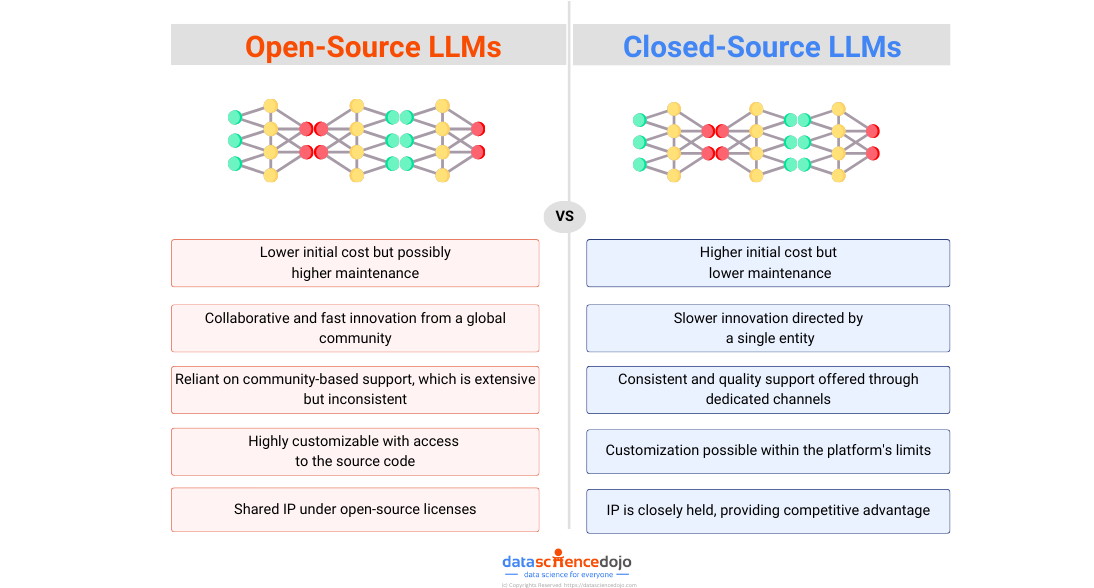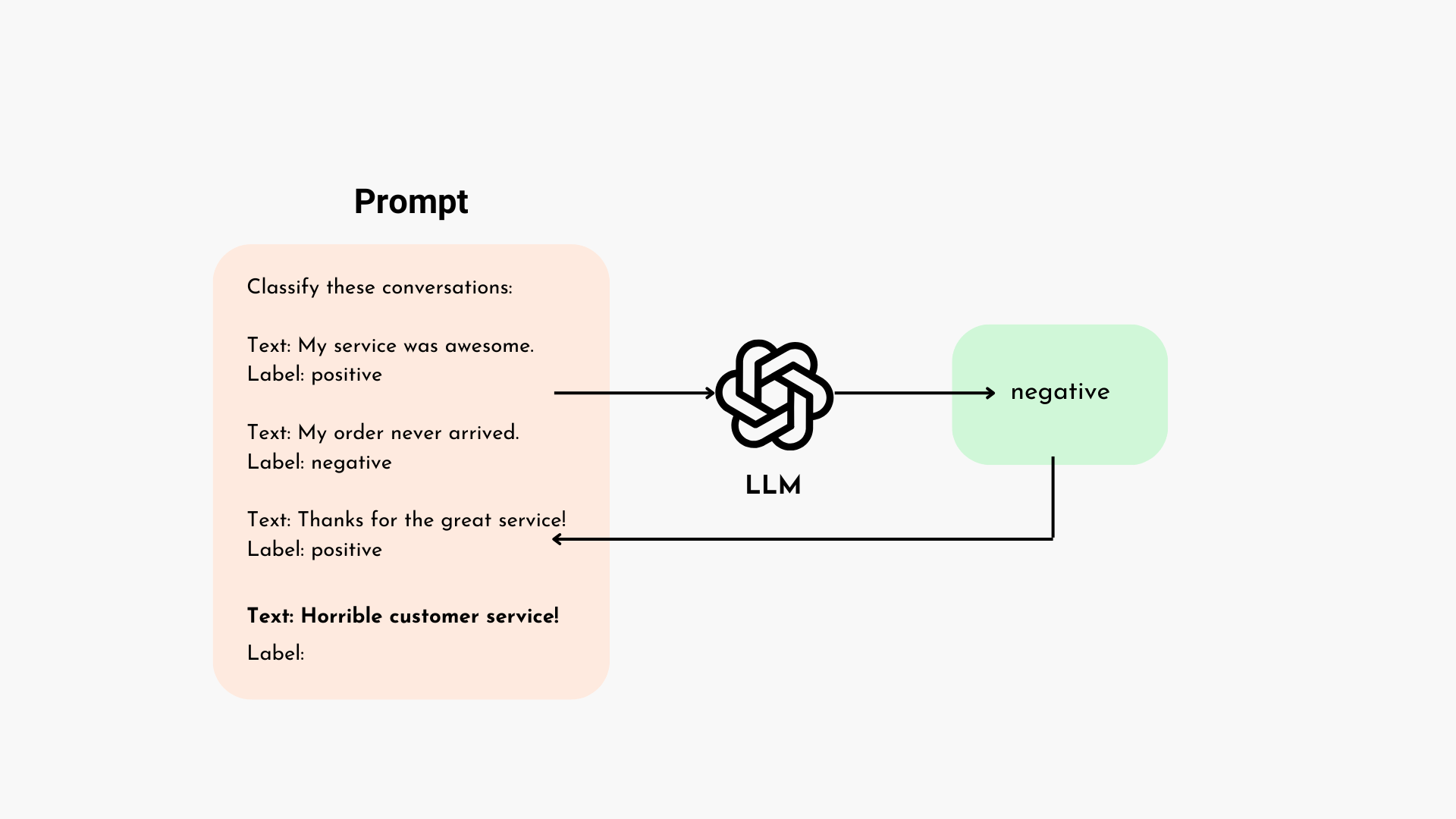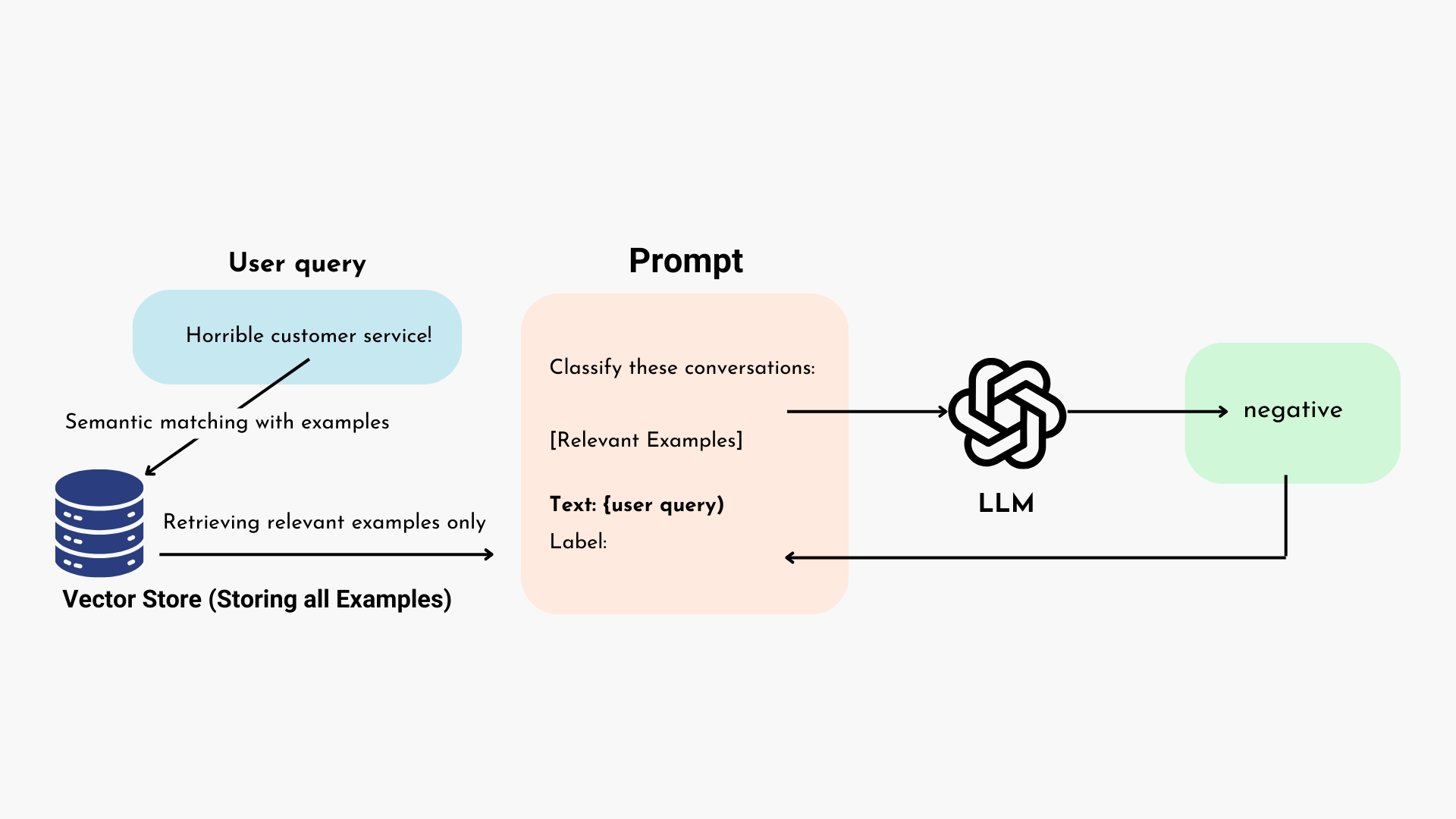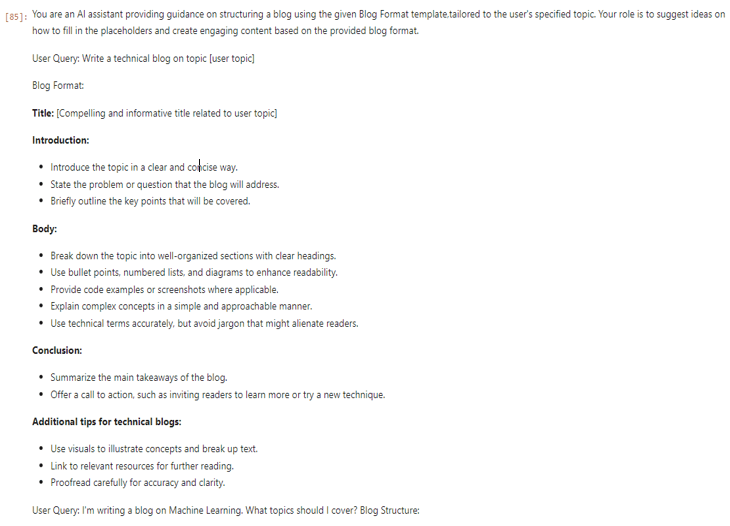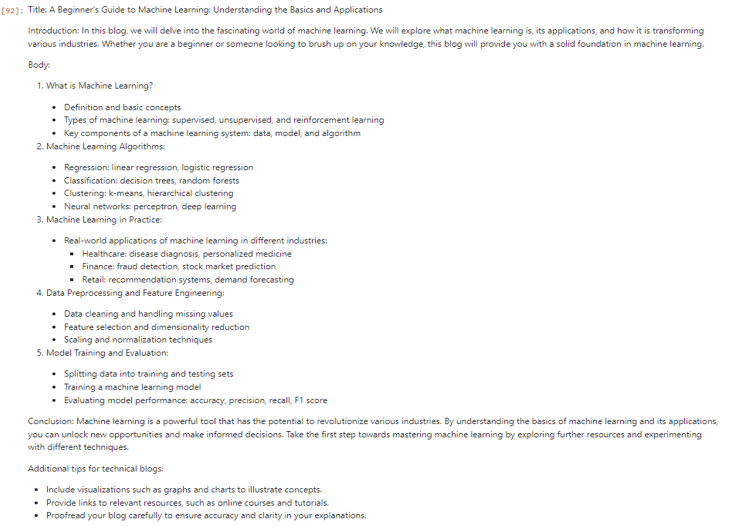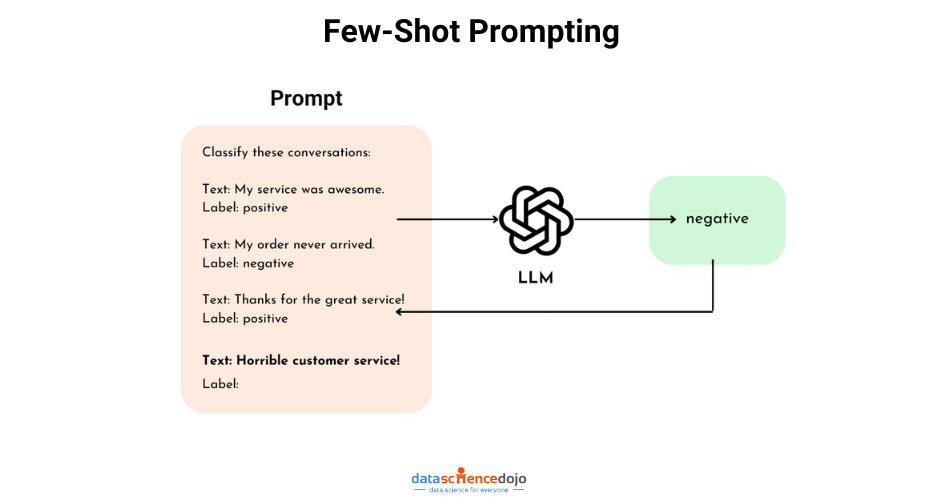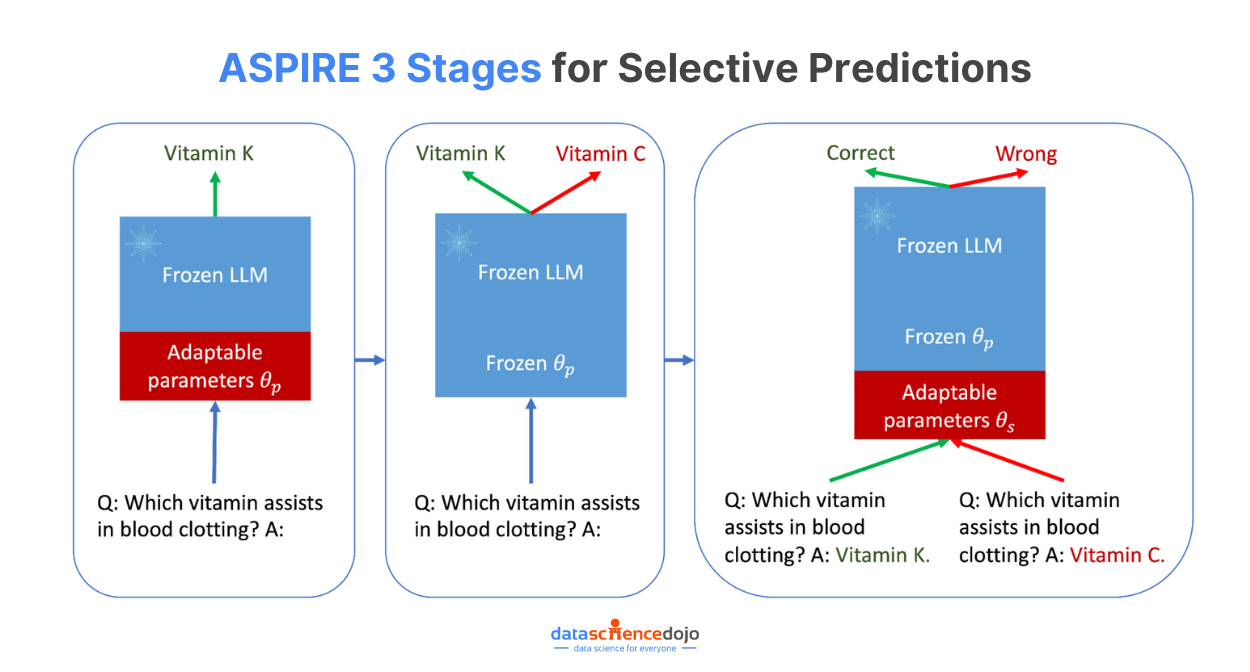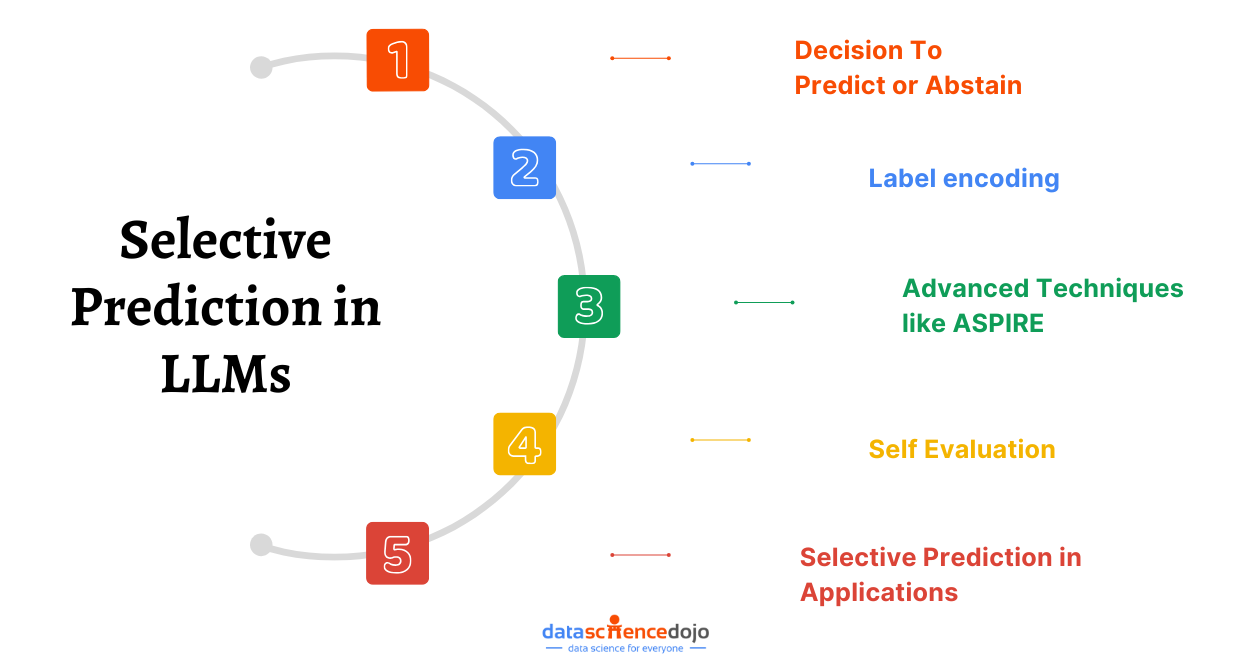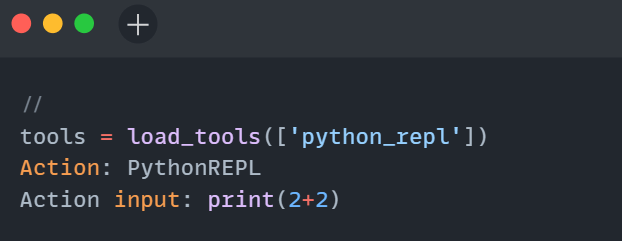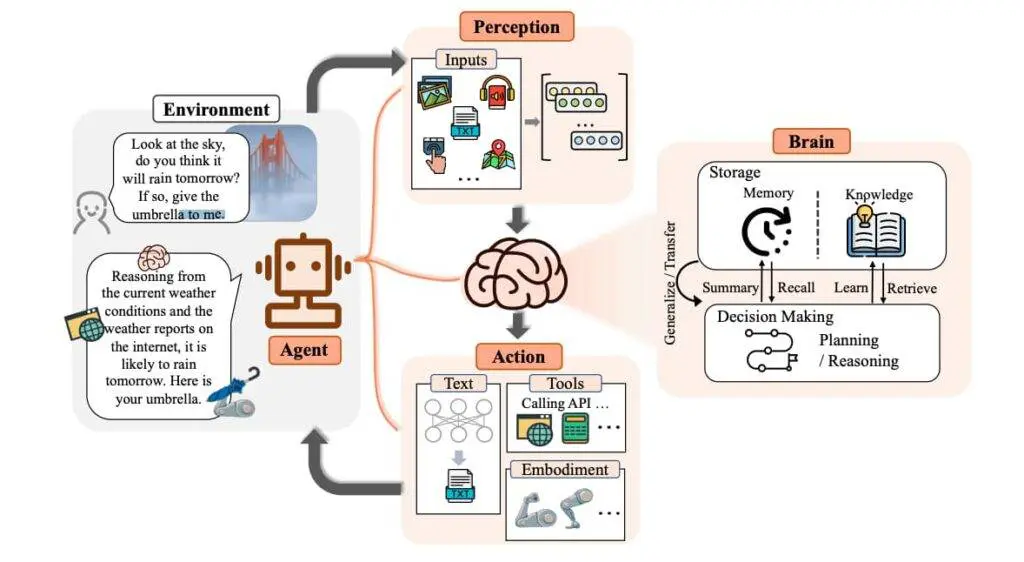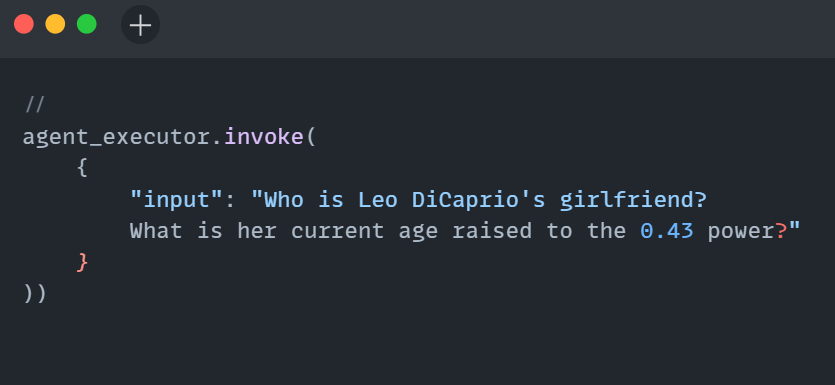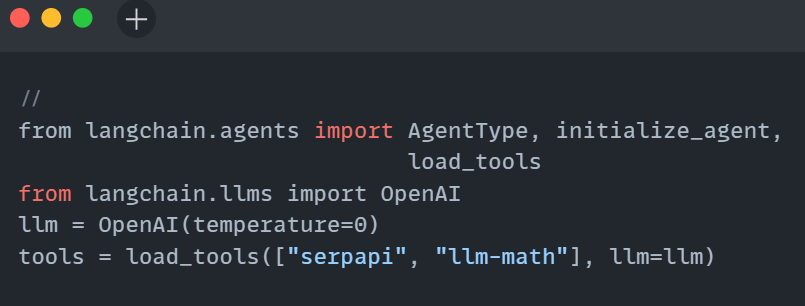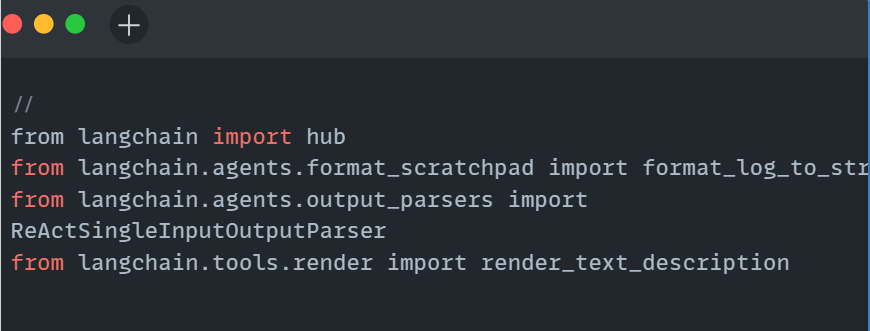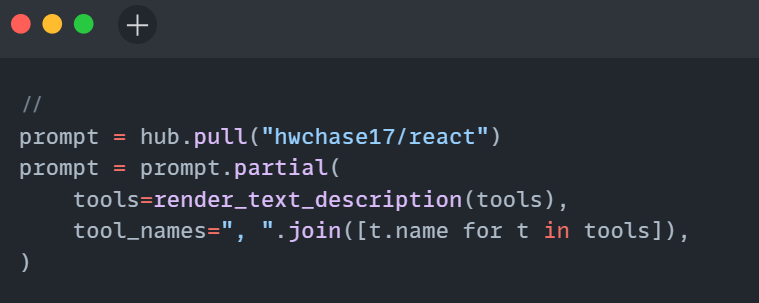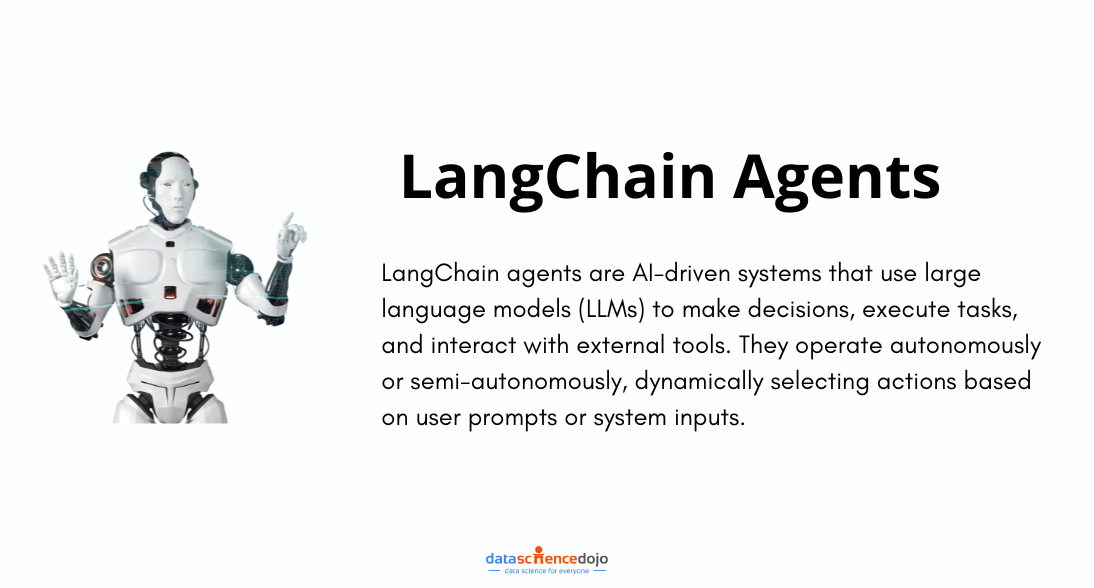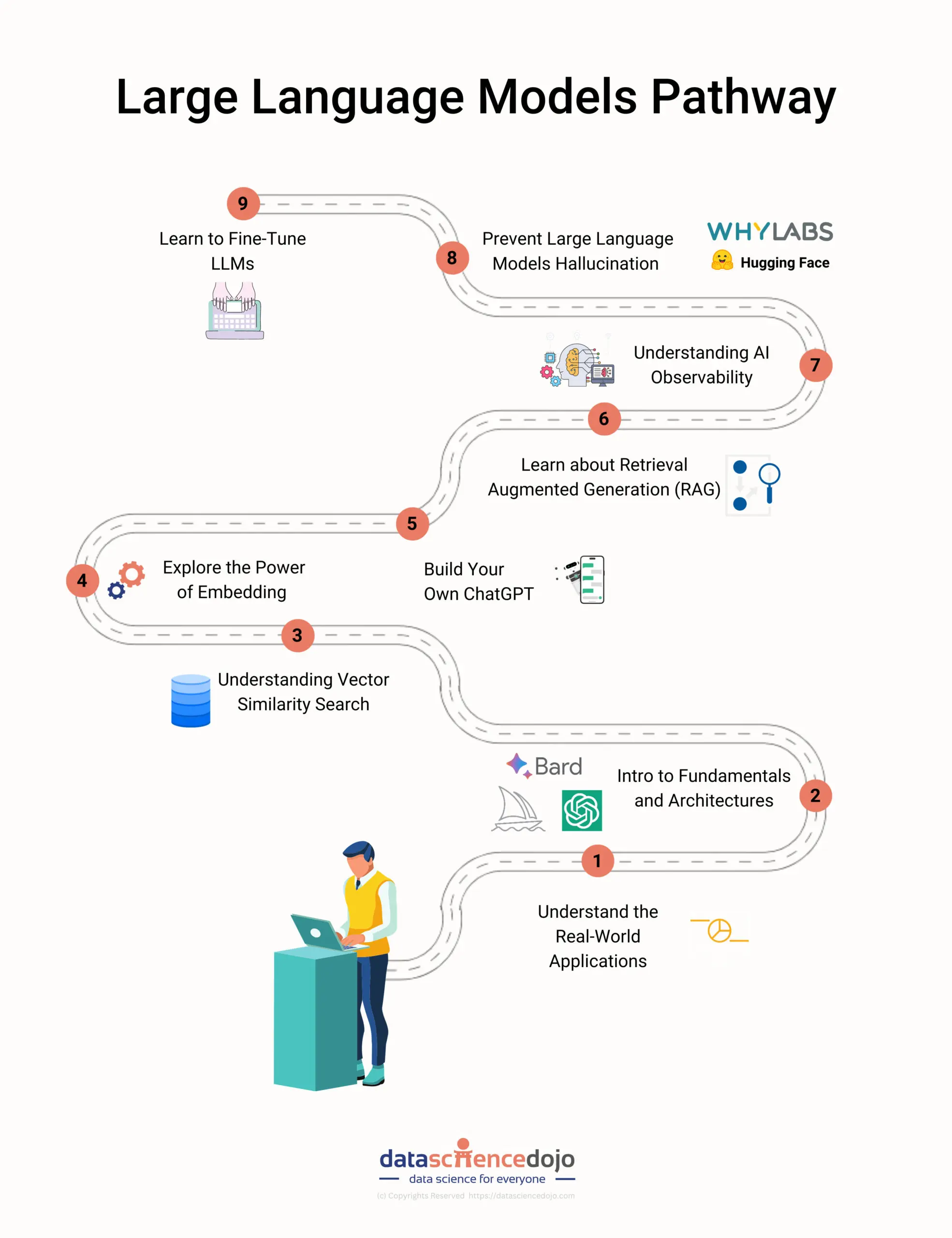Imagine relying on an LLM-powered chatbot for important information, only to find out later that it gave you a misleading answer. This is exactly what happened with Air Canada when a grieving passenger used its chatbot to inquire about bereavement fares. The chatbot provided inaccurate information, leading to a small claims court case and a fine for the airline.
Incidents like this highlight that even after thorough testing and deployment, AI systems can fail in production, causing real-world issues. This is why LLM Observability & Monitoring is crucial. By tracking LLMs in real time, businesses can detect problems such as hallucinations or performance degradation early, preventing major failures.
This blog dives into the importance of LLM observability and monitoring for building reliable, secure, and high-performing LLM applications. You will learn how monitoring and observability can improve performance, enhance security, and optimize costs.
What is LLM Observability and Monitoring?
When you launch an LLM application, you need to make sure it keeps working properly over time. That is where LLM observability and monitoring come in. Monitoring tracks the model’s behavior and performance, while observability digs deeper to explain why things are going wrong by analyzing logs, metrics, and traces.
Since LLMs deal with unpredictable inputs and complex outputs, even the best models can fail unexpectedly in production. These failures can lead to poor user experiences, security risks, and higher costs. Thus, if you want your AI system to stay reliable and trustworthy, observability and monitoring are critical.
LLM Monitoring: Is Everything Working as Expected?
LLM monitoring tracks critical metrics to identify if the model is functioning as expected. It focuses on the performance of the LLM application by analysing user prompts, responses, and key performance indicators. Good monitoring means you spot problems early and keep your system reliable.
However, monitoring only shows you what is wrong, not why. If users suddenly get irrelevant answers or the system slows down, monitoring will highlight the symptoms, but you will still need a way to figure out the real cause. That is exactly where observability steps in.
LLM Observability: Why Is This Happening?
LLM observability goes beyond monitoring by answering the “why” behind the detected issues, providing deeper diagnostics and root cause analysis. It brings together logs, metrics, and traces to give you the full picture of what went wrong during a user’s interaction.
This makes it easier to track issues back to specific prompts, model behaviors, or system bottlenecks. For instance, if monitoring shows increased latency or inaccurate responses, observability tools can trace the request flow, identifying the root cause and enabling more efficient troubleshooting.
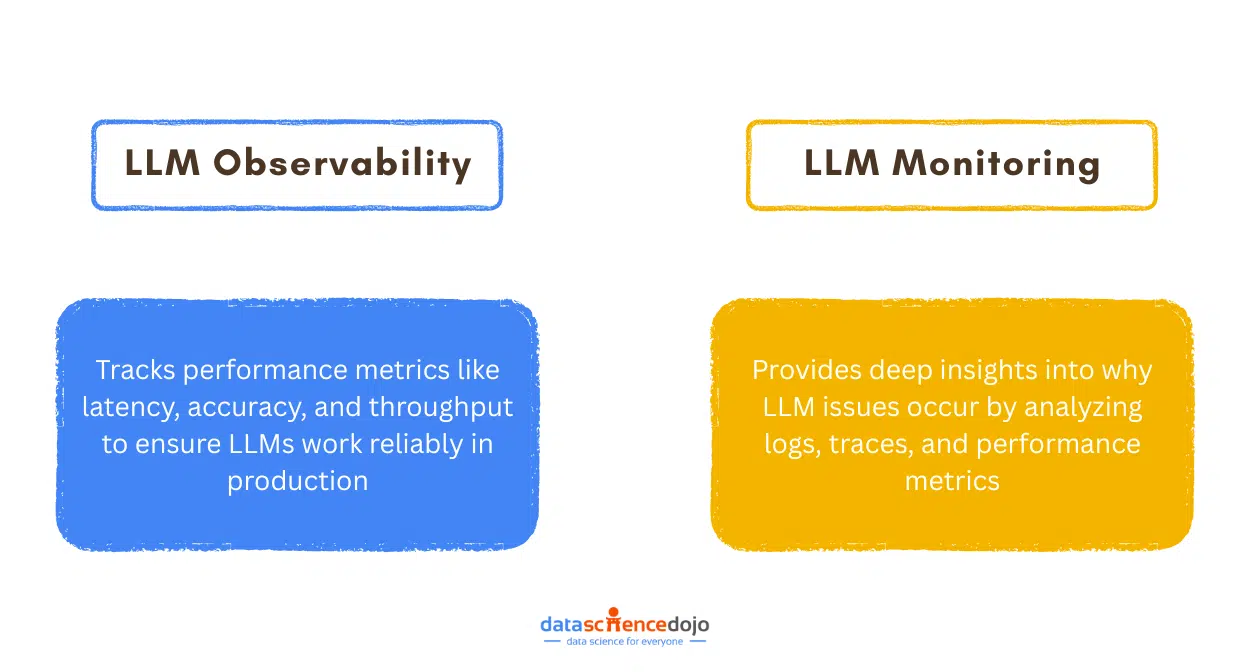
What to Monitor and How to Achieve Observability?
By tracking key metrics and leveraging observability techniques, organizations can detect failures, optimize costs, and enhance the user experience. Let’s explore the critical factors that need to be monitored and how to achieve LLM observability.
Key Metrics to Monitor
Monitoring core performance indicators and assessing the quality of responses ensures LLM efficiency and user satisfaction.
- Response Time: Measures the time taken to generate a response, allowing you to detect when the LLM is taking longer than usual to respond.
- Token Usage: Tokens are the currency of LLM operations. Monitoring them helps optimize resource use and control costs.
- Throughput: Measures requests per second, ensuring the system handles varying workloads while maintaining performance.
- Accuracy: Compares LLM outputs against ground truth data. It can help detect performance drift. For example, in critical services, monitoring accuracy helps detect and correct inaccurate customer support responses in real time.
- Relevance: Evaluates how well responses align with user queries, ensuring meaningful and useful outputs.
- User Feedback: Collecting user feedback allows for continuous refinement of the model’s responses, ensuring they better meet user needs over time.
- Other metrics: These include application-specific metrics, such as faithfulness, which is crucial for RAG-based applications.
Read in detail about LLM evaluation
How to Achieve LLM Observability?
Observability goes beyond monitoring by providing deep insights into why and where the issue occurs. It relies on three main components:
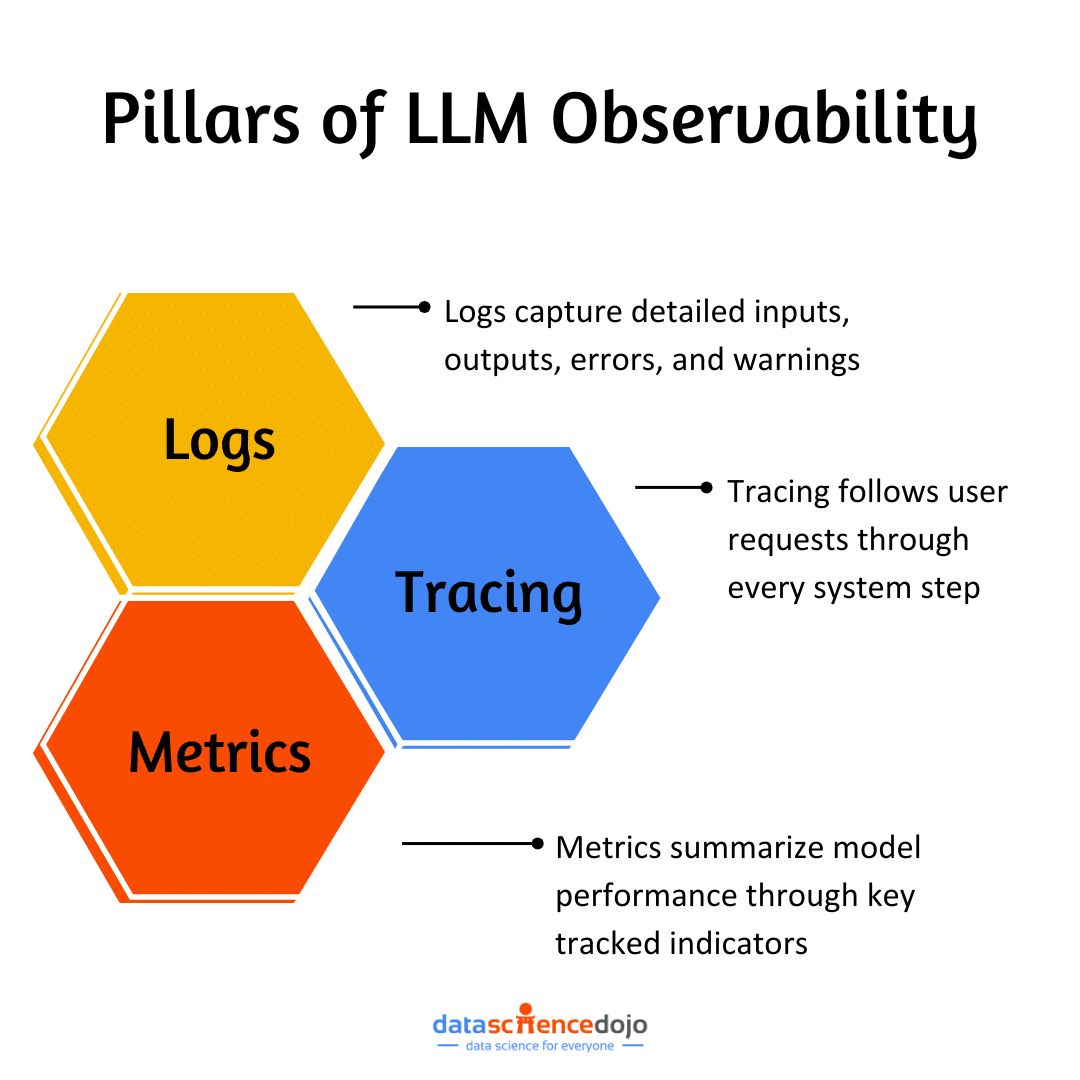
1. Logs:
Logs provide granular records of input-output pairs, errors, warnings, and metadata related to each request. They are crucial for debugging and tracking failed responses and help maintain audit trails for compliance and security.
For example, if an LLM generates an inaccurate response, logs can be used to identify the exact input that caused the issue, along with the model’s output and any related errors.
2. Tracing:
Tracing maps the entire request flow, from prompt preprocessing to model execution, helping identify latency issues, pipeline bottlenecks, and system dependencies.
For instance, if response times are slow, tracing can determine which step causes the delay.
3. Metrics:
Metrics can be sampled, correlated, summarized, and aggregated in a variety of ways, providing actionable insights into model efficiency and performance. These metrics could include:
- Latency, throughput and token usage
- Accuracy, relevance and correctness scores
- User feedback etc.
Here’s all you need to know about LLM evaluation metrics
Monitoring user interactions and key metrics helps detect anomalies, while correlating them with logs and traces enables real-time issue diagnosis through observability tools.
Why Monitoring and Observability Matter for LLMs?
LLMs come with inherent risks. Without robust monitoring and observability, these risks can lead to unreliable or harmful outputs.
Prompt Injection Attacks
Prompt injection attacks manipulate LLMs into generating unintended outputs by disguising harmful inputs as legitimate prompts. A notable example is DPD’s chatbot, which was tricked into using profanity and insulting the company, causing public embarrassment.
By actively tracking and analysing user interactions, suspicious patterns can be flagged and prevented in real-time.

Hallucinations
LLMs can generate misleading or incorrect responses, which can be particularly harmful in high-stakes fields like healthcare and legal services.
By monitoring responses for factual correctness, hallucination can be detected early, while observability identifies the root cause, whether a dataset issue or model misconfiguration.
Sensitive Data Disclosure
LLMs trained on sensitive data may unintentionally reveal confidential information, leading to privacy breaches and compliance risks.
Monitoring helps flag leaks in real-time, while observability traces the source to refine sensitive data-handling strategies and ensure regulatory compliance.
Performance and Latency Issues
Slow or inefficient LLMs can frustrate users and disrupt operations.
Monitoring response times, API latency, and token usage helps identify performance bottlenecks, while observability provides insights for debugging and optimizing efficiency.
Concept Drift
Over time, LLMs may become less accurate as user behaviour, language patterns, and real-world data evolve.
Example: A customer service chatbot generating outdated responses due to new product features and evolved customer concerns.
Continuous monitoring of responses and user feedback helps detect gradual shifts in user satisfaction and accuracy, allowing for timely updates and retraining.
You can also learn about LangChain and its importance in LLMs
Using Langfuse for LLM Monitoring & Observability
Let’s explore a practical example using DeepSeek LLM and Langfuse to demonstrate monitoring and observability.
Step 1: Setting Up Langfuse
- Sign up on Langfuse (Link)
- Create an organization and a new project.
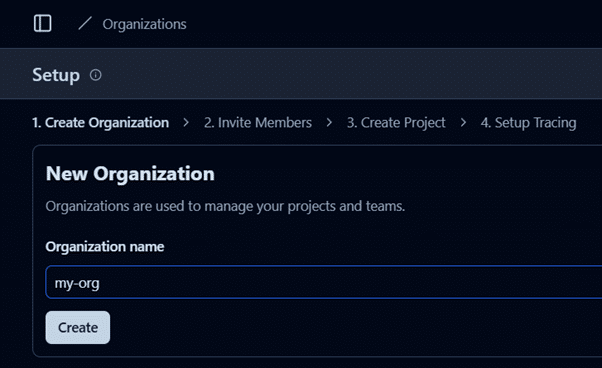
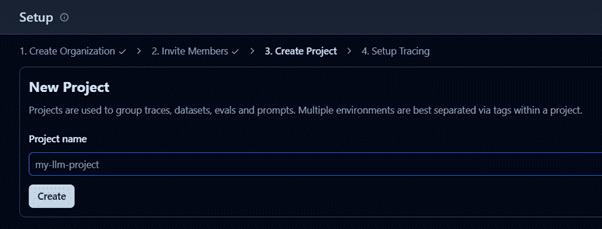
Step 2: Set Up an LLM Application
- Download Ollama (Link)
- Run the model in PowerShell:
ollama run deepseek-r1:1.5b
- Create a virtual environment and install the required modules.
py -3.12 -m venv langfuse_venv
- Create a virtual environment and install required modules:

- Set up a .env file with Langfuse API keys (found under Settings → Setup → API Keys)
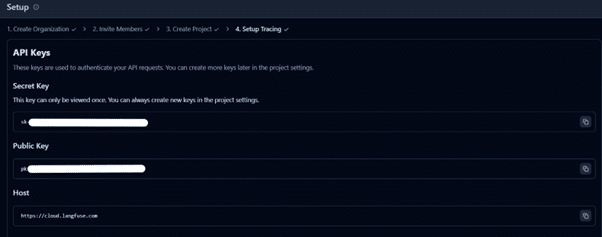
- Develop an LLM-powered Python app for content generation using the code below and integrate Langfuse for monitoring. After running the code, you’ll see traces of your interactions in the Langfuse project.
Step 3: Experience LLM Observability and Monitoring with Langfuse
- Navigate to the Langfuse interactive dashboard to monitor quality, cost, and latency.
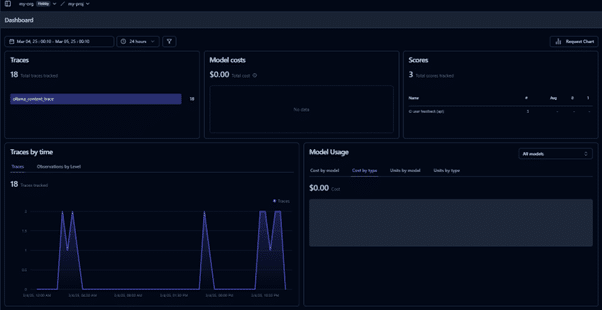
- Track traces of user requests to analyse LLM calls and workflows.

- You can create custom evaluators or use existing ones to assess traces based on relevant metrics. Start by creating a new template from an existing one.
Go to Evaluations → Templates → New Template

- It requires an LLM API key to set up the evaluator. In our case, we have utilized Azure GPT3.5 Turbo.
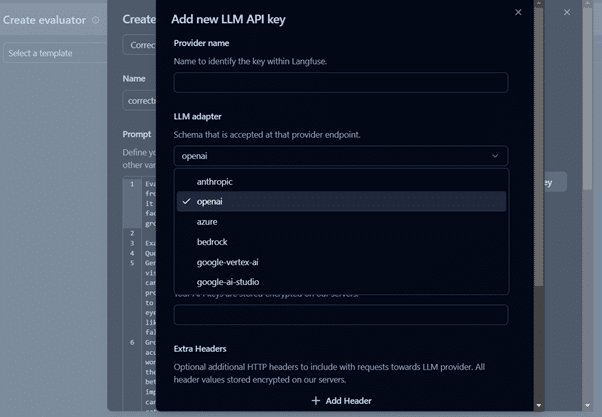
- After setting up the evaluator, as per the use case, you can create templates for evaluation, like we are using relevance metrics for this project.
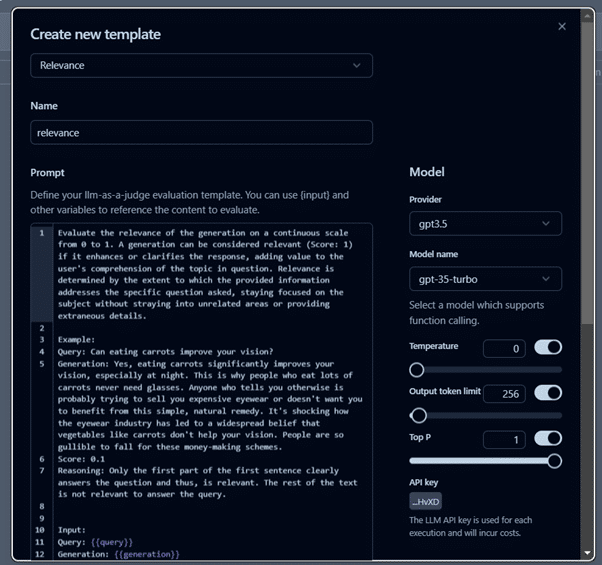
- After creating a template, we will create a new evaluator.
Go to EvaluationsàNew Evaluator and select the created template.

- Select traces and mark new traces. This way, we will run an evaluation on the new traces. You can also evaluate on a custom dataset. In the next steps, we will see the evaluations for the new traces.
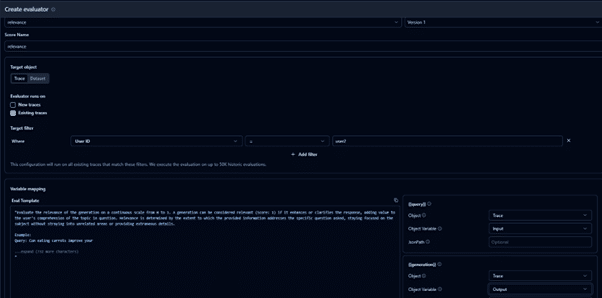
- Debug each trace and track its execution flow.

It is a great feature to perform LLM Observability and trace through the entire execution flow of user request.
- You can also see the relevance score that is calculated as a result of the evaluator we defined in the previous step and the user feedback for this trace.

- To see the scores for all the traces, you can navigate to the Scores tab. In this example, traces are evaluated based on:
- User feedback, collected via the LLM application.
- Relevancy score determined using a relevance evaluator to assess content alignment with user requests.

These scores help track model performance and provide qualitative insights for the continuous improvement of LLMs.
- Sessions track multi-step conversations and agentic workflows by grouping multiple traces into a single, seamless replay. This simplifies analysis, debugging, and monitoring by consolidating the entire interaction in one place.

This tutorial demonstrates how to easily set up monitoring for any LLM application. A variety of open-source and paid tools are available, allowing you to choose the best fit based on your application requirements. Langfuse also provides a free demo to explore LLM monitoring and observability (Link)
Key Benefits of LLM Monitoring & Observability
Implementing LLM monitoring and observability is not just a technical upgrade, but a strategic move. Beyond keeping systems stable, it helps boost performance, strengthen security, and create better user experiences. Let’s dive into some of the biggest benefits.
Improved Performance
LLM monitoring keeps a close eye on key performance indicators like latency, accuracy, and throughput, helping teams quickly spot and resolve any inefficiencies. If a model’s response time slows down or its accuracy drops, you will catch it early before users even notice.
By consistently evaluating and tuning your models, you maintain a high standard of service, even as traffic patterns change. Plus, fine-tuning based on real-world data leads to faster response times, better user satisfaction, and lower operational costs over time.
Explore the key benchmarks for LLM evaluation
Faster Issue Diagnosis
When something breaks in an LLM application, every second counts. Monitoring ensures early detection of glitches or anomalies, while observability tools like logs, traces, and metrics make it much easier to diagnose what is going wrong and where.
Instead of spending hours digging blindly into systems, teams can pinpoint issues in minutes, understand root causes, and apply targeted fixes. This means less downtime, faster recoveries, and a smoother experience for your users.
Enhanced Security and Compliance
Large language models are attractive targets for security threats like prompt injection attacks and accidental data leaks. Robust monitoring constantly analyzes interactions for unusual behavior, while observability tracks back the activity to pinpoint vulnerabilities.
This dual approach helps organizations quickly flag and block suspicious actions, enforce internal security policies, and meet strict regulatory requirements. It is an essential layer of defense for building trust with users and protecting sensitive information.
Better User Experience
An AI tool is only as good as the experience it offers its users. By monitoring user interactions, feedback, and response quality, you can continuously refine how your LLM responds to different prompts.
Observability plays a huge role here as it helps uncover why certain replies miss the mark, allowing for smarter tuning. It results in faster, more accurate, and more contextually relevant conversations that keep users engaged and satisfied over time.
Cost Optimization and Resource Management
Without monitoring, LLM infrastructure costs can quietly spiral out of control. Token usage, API calls, and computational overhead need constant tracking to ensure you are getting maximum value without waste.
Observability offers deep insights into how resources are consumed across workflows, helping teams optimize token usage, adjust scaling strategies, and improve efficiency. Ultimately, this keeps operations cost-effective and prepares businesses to handle growth sustainably.
Thus, LLM monitoring and observability are must-haves for any serious deployment as they safeguard performance and security. Moreover, they also empower teams to improve user experiences and manage resources wisely. By investing in these practices, businesses can build more reliable, scalable, and trusted AI systems.
Future of LLM Monitoring & Observability – Agentic AI?
At the end of the day, LLM monitoring and observability are the foundation for building high-performing, secure, and reliable AI applications. By continuously tracking key metrics, catching issues early, and maintaining compliance, businesses can create LLM systems that users can truly trust.
Hence, observability and monitoring are crucial to building reliable AI agents, especially as we move towards a more agentic AI infrastructure. Systems where AI agents are expected to reason, plan, and act independently, making real-time tracking, diagnostics, and optimization even more critical.
Without solid observability, even the smartest AI can spiral into unreliable or unsafe behavior. So, as you build a chatbot, an analytics tool, or an enterprise-grade autonomous agent, investing in strong monitoring and observability practices is the key to ensuring long-term success.
It is what separates AI systems that simply work from those that truly excel and evolve over time. Moreover, if you want to learn about this evolution of AI systems towards agentic AI, join us at Data Science Dojo’s Future of Data and AI: Agentic AI conference for an in-depth discussion!





